“There’s a farm I know near my old hometown/ Where we two can go and try settling down.” -Cole Porter, “Why Can’t You Behave?”
I remember clearly how tickled I was at the revelation of Queen Elizabeth being a Cole Porter fan. To imagine her ever so properly delighting in the dark lyrics of “Miss Otis Regrets” forever cast this renowned royal into a rascally light for me. And, I must admit, I am one to applaud her exquisite taste.
For one thing, it amuses me to think that the clever lyrics and charming melodies (to which I may occasionally be guilty of providing some vicarious vocals during morning commutes) are the very same ones that the Queen of England finds just as thrilling. I don’t think I can be any more removed from Elizabeth, but when the world is going to Hell all around either a queen or just plain me, I find that the two Gershwins, Hart, Hammerstein, and Rodgers, to name a few, are always at the ready to make any situation bearable with the just the right coupling of words and music. But, frankly, I can think of no one as witty, naughty, resilient, and exhilarating as Cole Porter.
While Porter is not necessarily an actor, I consider him to be a performer in his own right. He had a theatrical air of sophistication all about him. Although it is rare to see him appear on camera, much of his output is an integral part of classic cinema’s greatest musicals. Though we do not see him on film, I feel that his music is certainly a key character in so many wonderful movie plots, thereby securing his presence and importance to classic films. After all, we would not have much of a musical without the likes of the composer, breathing life into a myriad of shows and films. For example, can you imagine Fred and Eleanor dancing to anything besides Porter’s “Begin the Beguine”? Neither can I!
Porter’s life has even been portrayed in several films. In a notoriously bad (and almost completely fabricated) biopic, entitled, Night and Day, Porter was portrayed by Cary Grant. Porter determined that if he could survive sitting through this biopic, he could survive anything. He did.
Although Porter traveled the world and resided in some of the most vibrant cities, he was born in the town of Peru, Indiana, in 1891. While his father was a druggist, and his mother was the child of a self-made millionaire, Porter grew up in luxury. Porter was especially close with his mother, who arranged for violin and piano lessons for her son. She constantly encouraged him to practice the piano and compose songs, and by the age of 11, he had self-published his “Bobolink Waltz.” While practicing the piano put a damper on Porter’s childhood, it would eventually become his ticket to see the world.
But Porter’s life was not all practice and decorum in the town of Peru. The Porter family resided in a Victorian home on the corner of Third and Huntington. According to biographer William McBrien, when Porter was in elementary school, he would give shows on the family’s sun porch and charge either a penny or a bottle cap for admission.
Additionally, Peru was home to the Hagenbeck and Wallace Circus, which was a great source of entertainment for the townspeople. In fact, as a kindergartener, Porter’s dream was to one day be a part of the circus. His clown outfit was one of his favorite possessions. The circus culture was an integral part of life in Peru. McBrien writes:
“The Wild Man of Borneo was a familiar sight as he spent the winter months shining shoes at the village barbershop. The Fat Lady was also a favorite of Cole’s, and he liked very much to drive her about Peru and its environs in his donkey cart. Sometime in the spring, the Wild Man would tell Cole and [his friend] Tommy that the circus was resuming its life and that outdoor practice in the riding ring was to begin. On Saturday, the two boys would hightail it to the circus grounds early to secure the best places by the rail.”
Perhaps watching the performers rehearse glamorized the notion of practice a bit more for Porter. His love for music continued to shine, even if it was paired with occasional mischief. While Porter studied at the Marion Conservatory of Music, his mother would invite esteemed guests to hear him play his violin when he visited home. However, Porter preferred providing piano accompaniment at Peru’s Wallace Theater. At the age of eight, he climbed onto the theater stage and began to play a cheerful accompaniment to a particularly emotional part of the film. Porter was asked to leave.
At the age of fourteen, Porter arrived at the Worcester Academy in Massachusetts, with paintings and an upright piano in tow. Portraying himself as a dandy, Porter affectionately described his persona as “a cross between Eddie Cantor and the Duke of Windsor.”
Although Porter was not studying music, he still continued to produce an incredible body of work. While an undergraduate at Yale University, Porter wrote the fight song “Bulldog,” as well as other pieces for student productions. His output during his Yale years totaled a staggering 300 songs. As his grandfather did not want Porter to have a career in music, Porter was dispatched to Harvard’s law school. However, he soon switched to studying music, though his grandfather was not immediately informed.
After his first musical made an unsuccessful appearance on Broadway in 1916, Porter moved to France and actively participated in Parisian social life. In 1919, he married lovely Linda Lee Thomas, a widowed socialite. However, this was a marriage of convenience. Linda’s divorce from newspaper mogul Edward R. Thomas left her with a hefty settlement. As a result, Linda gave her ambitions companion access to Europe’s social circles, as well as her substantial fortune. Smart and supportive, she provided Porter with the connections he needed. Linda was something of a maternal figure to Porter since Porter sought romantic relationships with other men. Though Cole and Linda lived in separate apartments at Waldorf Towers in New York and shared their Massachusetts home with Linda in the main house and Cole in a smaller house, they did maintain an affection for one another. As Porter penned it, Linda was the one woman (aside from his mother) to whom he was “always true in his fashion.”
It didn’t take long for Porter to become one of the most beloved composers of the period. His melodies were refreshing, and his lyrics were nothing short of incredible. While other lyricists rhymed “moon” and “June,” Porter wrote as though he had swallowed a thesaurus. His lyrics boasted a keen bedside wit and an electrifying wonder at the world’s plenitude. As he both mocked and seduced society, the world fell in love with his irreplaceable style. The world became Porter’s oyster, and he and Linda enjoyed many lavish years together, full of swanky parties and enthralling trips to just about every corner of the globe.
Porter immensely enjoyed traveling, and wherever he went, he seemed to encounter a constant appreciation for his music. Porter would tell stories of venturing to exotic locations, only to find his “Night and Day” playing on a sultan’s gramophone.
In 1937, Porter suffered a riding accident, which transformed his life. Porter’s horse fell on top of him and crushed both of his legs. The injuries were so severe that Porter was forced to undergo over 30 operations and cope with constant pain. Despite insurmountable pain (somewhat quelled by alcohol and more musical output), Porter still had the dark sense of humor to dub his lame legs Josephine–his left– and, on the right, Geraldine, “a hellion, a bitch, a psychopath.” Pushing his personal pain aside, Porter nonetheless continued to compose music and lyrics for shows that ranged from successful to forgettable. A little embroidered pillow in his Waldorf apartment read, in French, “Don’t Explain–Don’t Complain.” It seems that Porter took this advice to heart while being forced to walk with braces and canes for decades. It would be years before he could operate the pedals on the piano again.
Regardless of his homosexual relationships, the loss of Linda was a heavy blow for Porter. When she died in 1954, so, too, did her constant friendship and support of Porter. Although Linda wished to be buried on a Massachusetts hillside, Porter had her brined in his family plot at Mount Hope Cemetery, back home in Peru. Porter remained in the car, unable to walk near the grave.
Continuing to work on Broadway shows and films, Porter won an Academy Award for “True Love,” written for the 1956 film, High Society.
In 1958, due to his accident, Porter had to have his right leg amputated. Once that happened, a part of Porter died. He survived another six years, but his will was essentially shattered. Porter withdrew from public life, thinking of himself as “half a man,” and only accepted visits from close friends.
During his last years, Porter lived in his nine-room, memorabilia-filled apartment in the Waldorf Towers. On weekends, he was driven to a 350-acre estate in the Berkshires, and in the summers, he lived in California.
In an NPR interview with Porter’s longtime friend, Kitty Carlisle Hart, Hart recalled the following:
“Oh, he was just a darling. In fact, when he was really very, very ill and dying, I used to go see him in the hospital. And he would always prepare–his valet would prepare a little cocktail party with hors d’oeuvres and wine for the guests, and we’d have our tea party. He’d bring his wheelchair up, and the valet would put a chair for me, we’d face the window, talk to each other, and have a nibble, and he would be entertaining in the hospital when he was dying.”
At 73, Porter died in Santa Monica, on October 15th, 1964.
Afterward, according to McBrien, the Eikenberry Funeral Home in Peru received an odd call from Pierce Brothers Mortuary in California–“We congratulate you. You are receiving the body of Cole Porter.” Porter’s graveside service was brief, as intended, and Porter was buried between his father and wife. The service was conducted by the Paster of the First Baptist Church in Peru, in the presence of relatives and friends. Per Porter’s request, a simple reading from the Gospel of John was recited: “I am the resurrection and the life; he that believeth in me, though he be dead, yet shall live; and whosoever liveth and believeth in me shall never die,” along with the Lord’s Prayer.
According to McBrien, Porter’s last words were spoken to his friend, Robert Raison: “Bobbie, I don’t know how I did it.”
Porter’s hometown of Peru hasn’t changed much since his boyhood days. Thankfully, many places with which Porter would have been familiar continue to exist in this small Indiana town.
First of all, Porter’s birthplace continues to stand on Third and Huntington. Porter lived in the lovely Victorian-style home until about the age of 10, when his family moved down the road to a home at Westleigh farm. The home changed hands several times upon the Porters’ departure, later being divided into apartments. In 2003, police discovered a methamphetamine lab in one of the apartments. The formerly grand home of the Porters was in a state of utter disrepair.
The house was sold in a tax sale in 2003, and the Ole Olsen Memorial Theater group purchased it in 2004, with plans to restore the home for use as a museum, gift shop, and bed and breakfast. After major renovations, the home was finally restored and stands in beautiful shape. As their mayor, Jim Walker, said, the home had progressed “from meth lab to magic.“
Today, the current owner of the property is the Chairman of Peru’s Cole Porter Festival, John Kirk. Part of the restoration of the home included transforming the home into a historic inn. There is a communal gathering space named, “Kate’s Parlor,” as well as three gorgeous bedroom suites: the “Anything Goes” suite, the “Night and Day” suite, and the “Cole Porter” suite. One look at the exterior of the lovely Cole Porter Inn shows that it is now, finally, back in good hands.
The individual suites, as well as the parlor gathering space, have been beautifully furnished to offer guests a comfortable experience amidst the genesis of musical history. Each room reflects a connection to Porter’s life and achievements. Additionally, the fixtures and flooring in Kate’s Parlor are original.
The biggest treasure for me, however, is Porter’s piano. While Porter’s exquisite Steinway is still housed at the Waldorf, it is only utilized occasionally. Otherwise, it stands in all its grandeur with a glimmering “Do not touch” sign.
Porter’s home, however, still houses Porter’s childhood piano–the very same one Porter played a century ago. Unfortunately, it is out of tune, but it was good enough to accompany Patricia Morison (of the original Kiss Me, Kate cast) on a visit to Peru!
Don of “Don’s American Songbook” found some Irving Berlin sheet music in Porter’s piano bench. Doubly awesome.
All arrangements for tours and inn stays can be coordinated by contacting John through the Cole Porter Inn website. A huge thank you to him for his flexibility in granting me a tour of his charming Inn, and for his immense dedication to preserving Porter’s legacy!
Just a few blocks away from Porter’s home is the Miami County Museum, which is a must-see for any Cole Porter fan. The museum contains a wonderful exhibit dedicated to Porter, as well as the town’s circus history. Highlights include Porter’s 1955 Fleetwood Cadillac, as well as Porter’s specially designed couch to accommodate his injury.
Best of all, the staff at the Miami County Museum are brimming with knowledge about Porter. The Museum contains the Cole Porter Archives for the Midwest. Researchers are welcome to come in and examine items, correspondence, photos, etc., relating to Porter’s phenomenal career. Archivist Shirley was incredibly helpful in sharing the collection with me and even brought out a HUGE family tree for Porter.

The family tree. Cole makes his debut around the middle, where you can see a tiny photo peeking out.
The Miami County Museum is well worth a visit, so I highly recommend you visit their website and plan out a time to delight in their wonderful collection. They’re the best source of information for all things Porter!
Incidentally, if you are especially interested in more archival collections, Yale University (Porter’s alma mater) also houses an impressive collection. If you’re a Porter fan and venture out East, be sure to visit the Gilmore Music Library’s archives.
Not far from Peru’s downtown area, you’ll find Westleigh Farms, at 2107 S. Frances Slocum Trail. This is the Southern Colonial home into which Porter’s family moved when he was about 10 years old. Please be respectful of the property and its current owners.
As you pass Westleigh Farm and continue on the same road, you’ll encounter the Old Fashioned Garden home. This was actually the home of Porter’s grandmother, and inspired Porter to write the song “Old Fashioned Garden.”
While this home is privately owned, I think the owners are used to people stopping by for a quick photo. There’s a paved area for you to park your car right by their “Old Fashioned Garden” sign. Finding an address for this home was quite the endeavor, so just so you know, the “Old Fashioned Garden” home is located at 2455 S. Frances Slocum Trail.
Around town, you’ll find a few more points of interest relating to Porter’s life. For one, you can drive past the home of Porter’s grandfather, Albert Cole, which is located at 325 E. Third Street.
Additionally, Arnold’s Candy store was a shop in which Porter always had a standing order for fudge. Porter would send fudge to his friends all over the world from the now-closed location. However, the original candy counter from Arnold’s lives on in the Cole Porter Inn.
Finally, not far from Peru’s downtown area, you’ll find Mt. Hope Cemetery at 411 N. Grant St. Here, you can find Porter’s family plot and pay your respects. While the cemetery is not gated, it does technically close at sunset. Signs will guide you to the proper lot.
Porter’s life and legacy are known the world over, and I am especially enthusiastic to see that his hometown of Peru came together to restore his home. I am excited to see the legacy of Porter continue to thrive through the dedication of so many knowledgeable people with a deep respect for their town’s history. Their efforts to maintain Porter’s contributions to and relevance in the Great American Songbook are incredible and serve as a fitting tribute to Porter.
After all, he’s the top!
March 2018 Update: In 2017, the Waldorf Astoria New York closed for temporary renovations. As of now, it is still closed. The development team has advanced design plans, secured permits, and carefully moved, preserved, and stored prized historic items, including the Cole Porter piano.
October 2020 Update: I was delighted to learn that the Indiana Historical Society has its own tribute to Cole Porter. Here, they have the Cole Porter Room, brimming with photographs of Porter. The room is supposed to be an homage to his Waldorf Astoria home and has some artifacts that once belonged to Porter. Since the museum emphasizes a “living history” experience, visitors can stop by the bar and choose from a menu of Cole Porter songs, which are then performed live by the singer. On the day of my visit, Sandy Lomax was performing a variety of Porter songs in the Cole Porter Room.
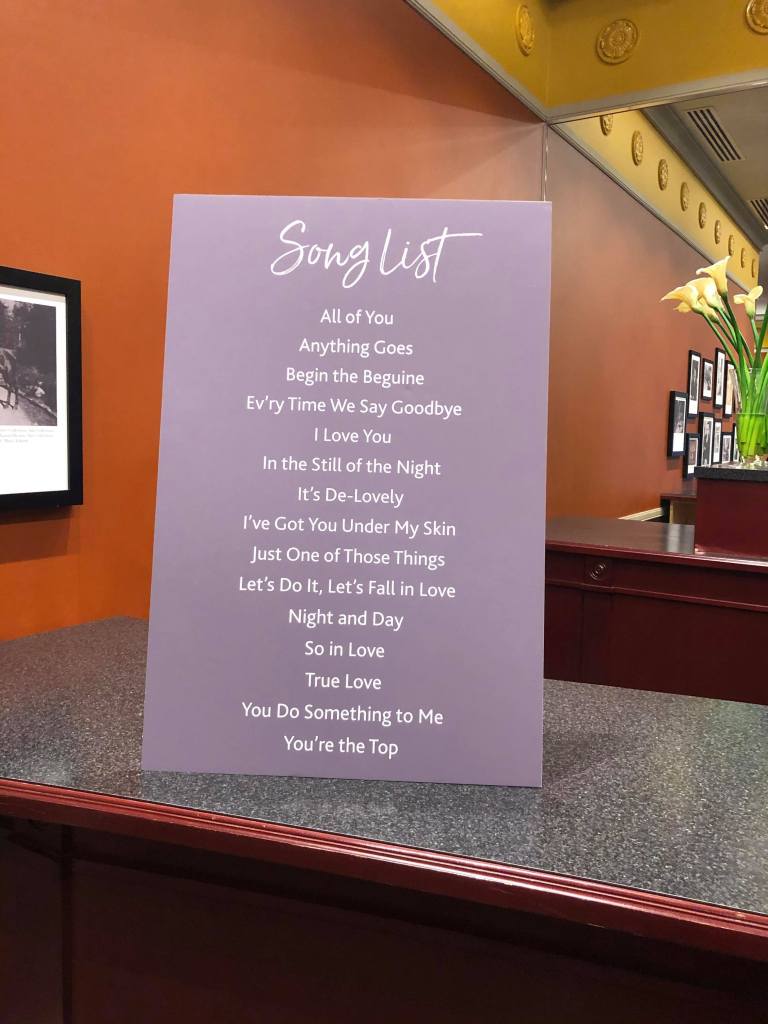

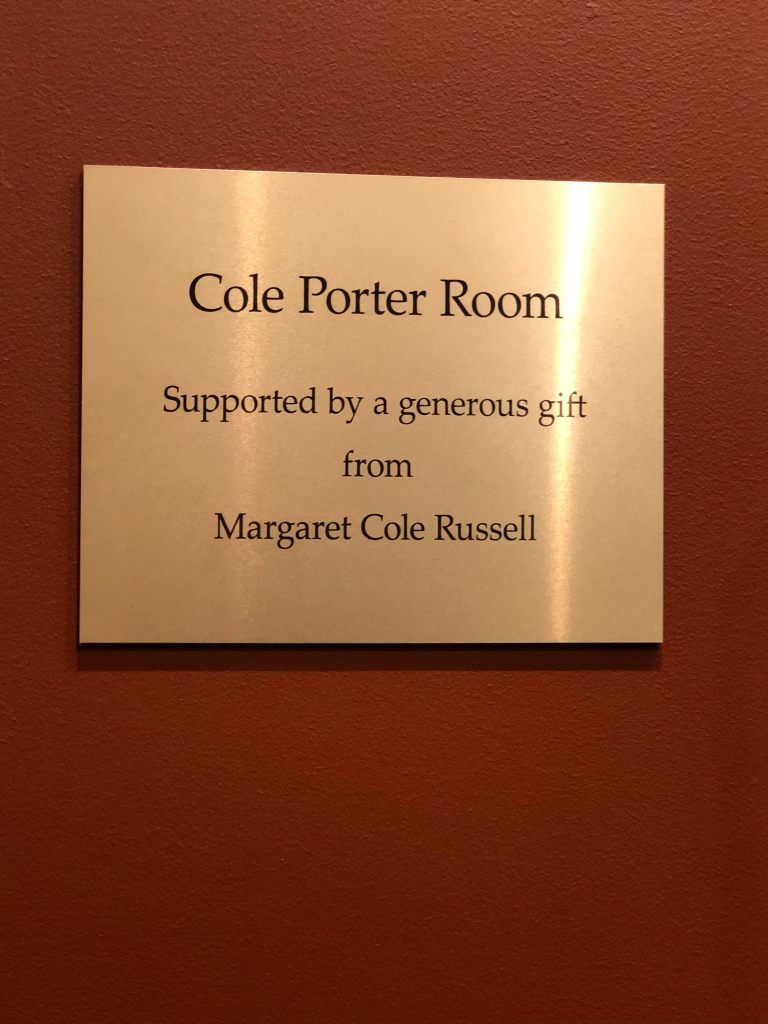
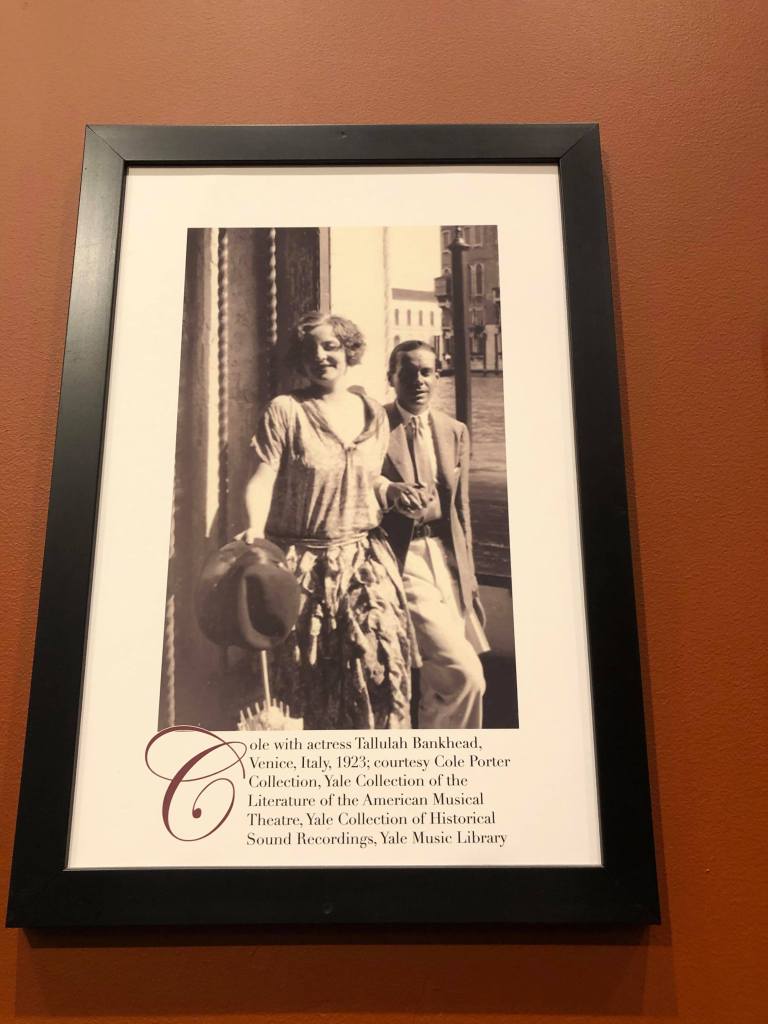







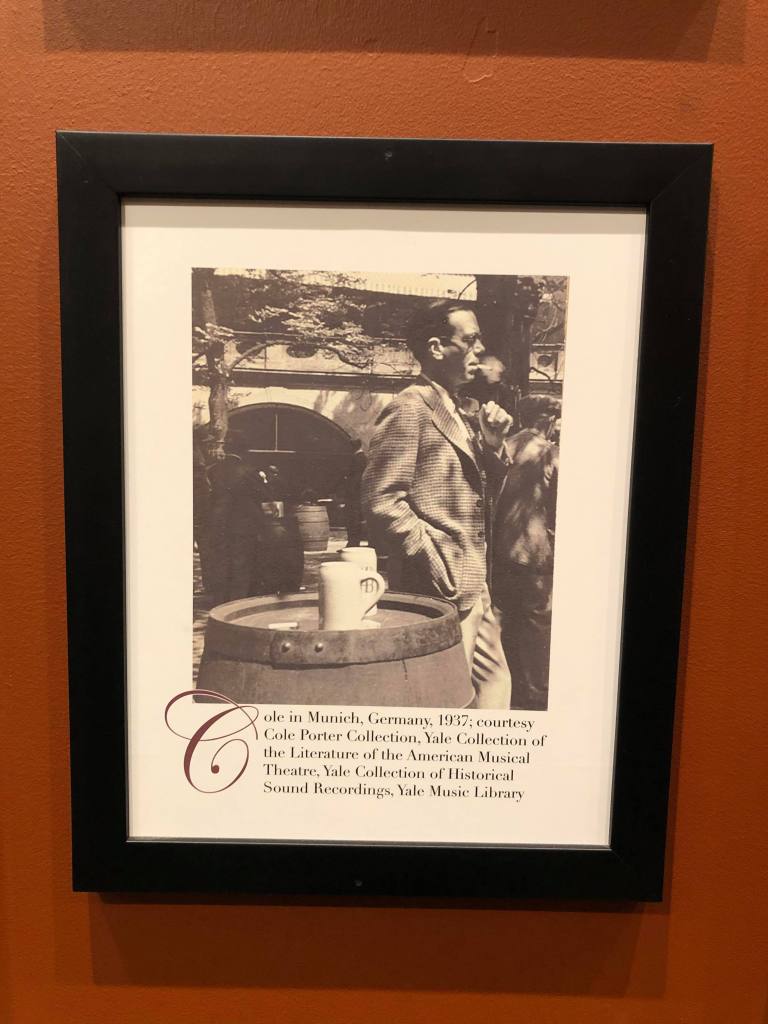

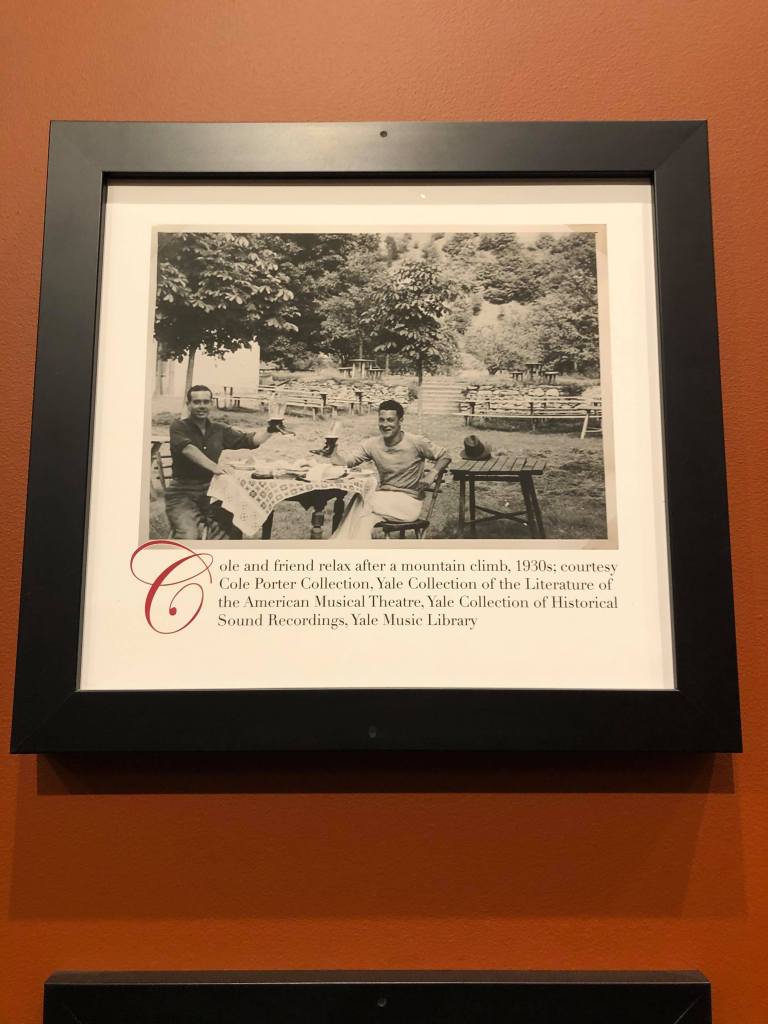
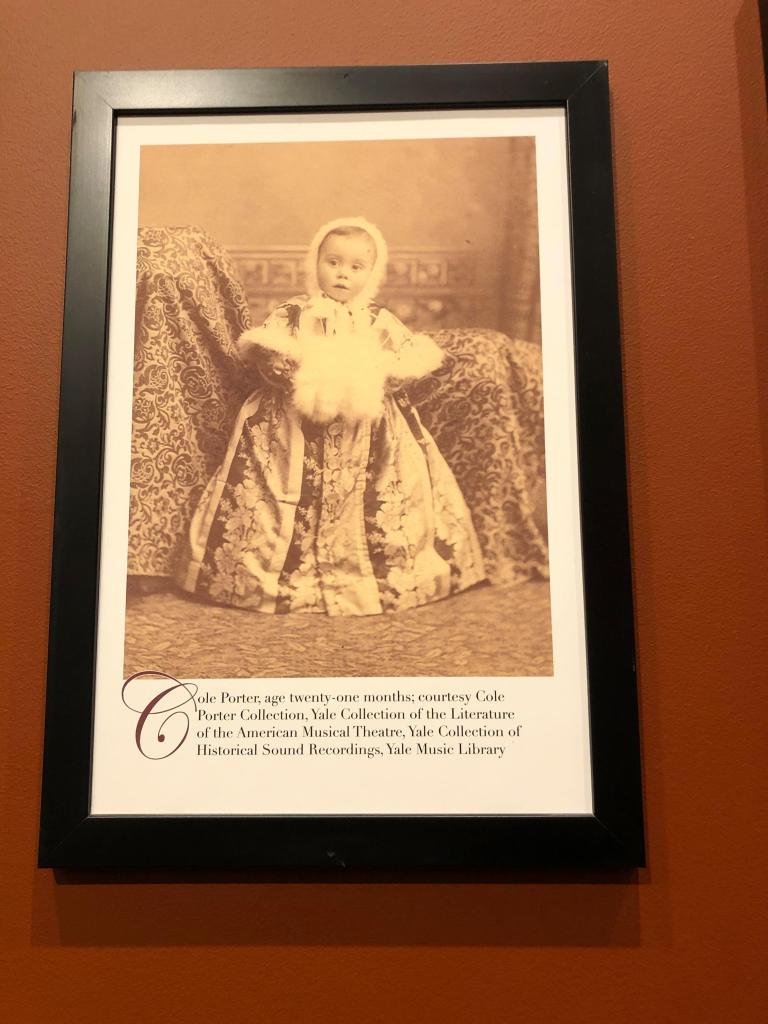
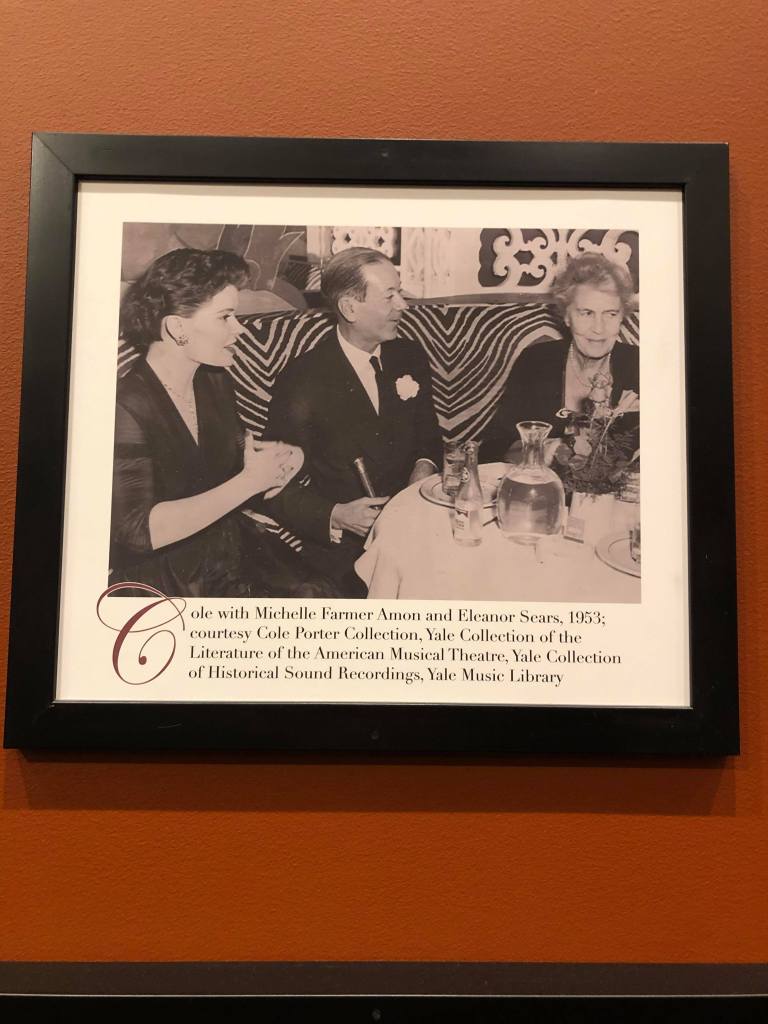

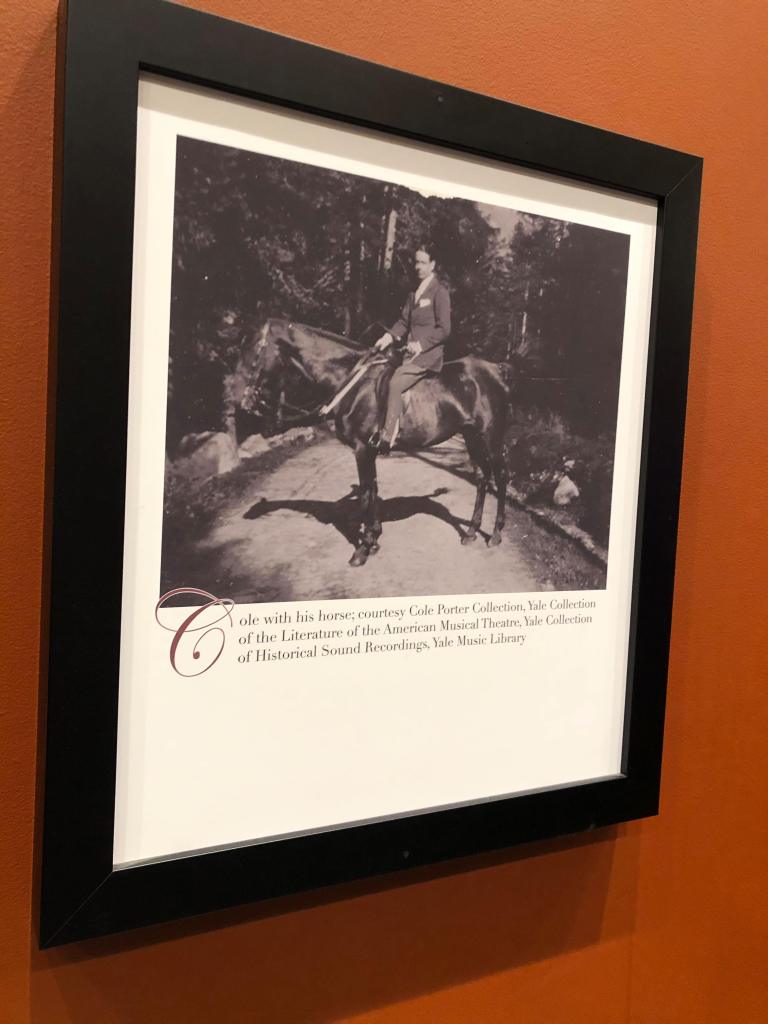
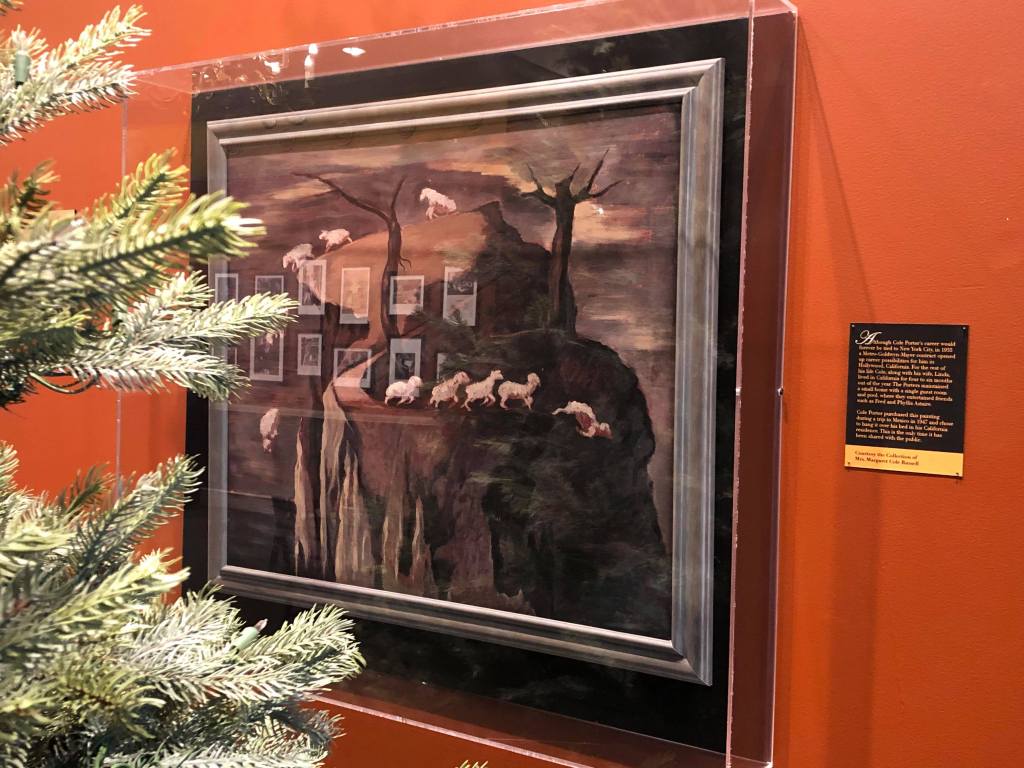
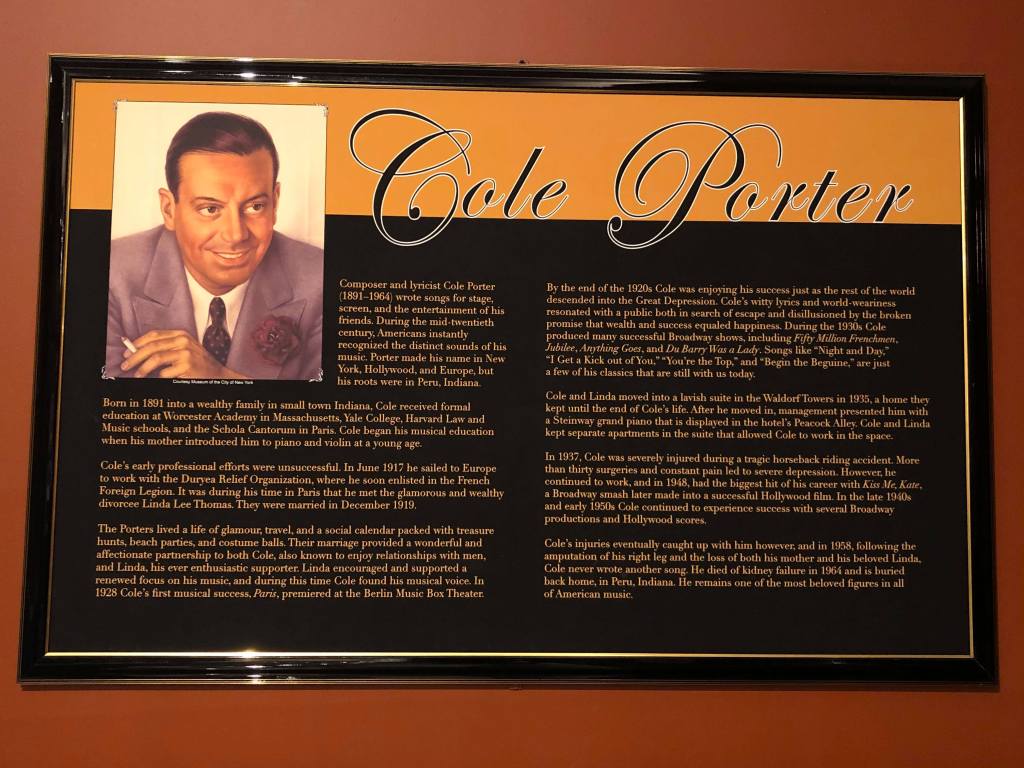
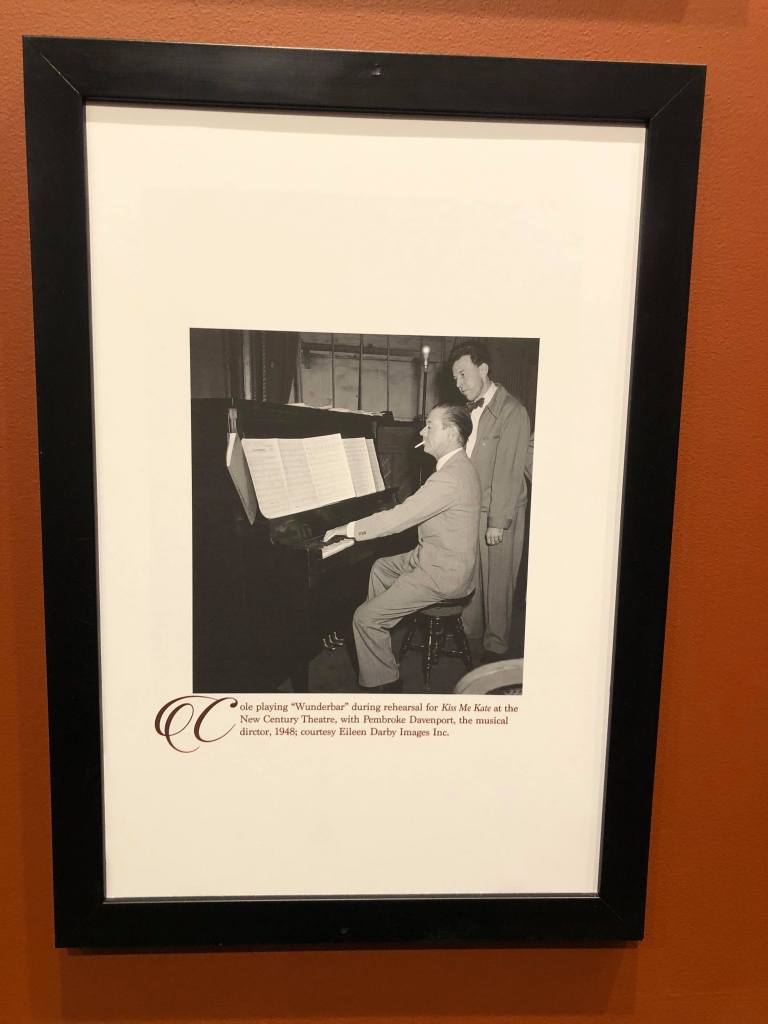
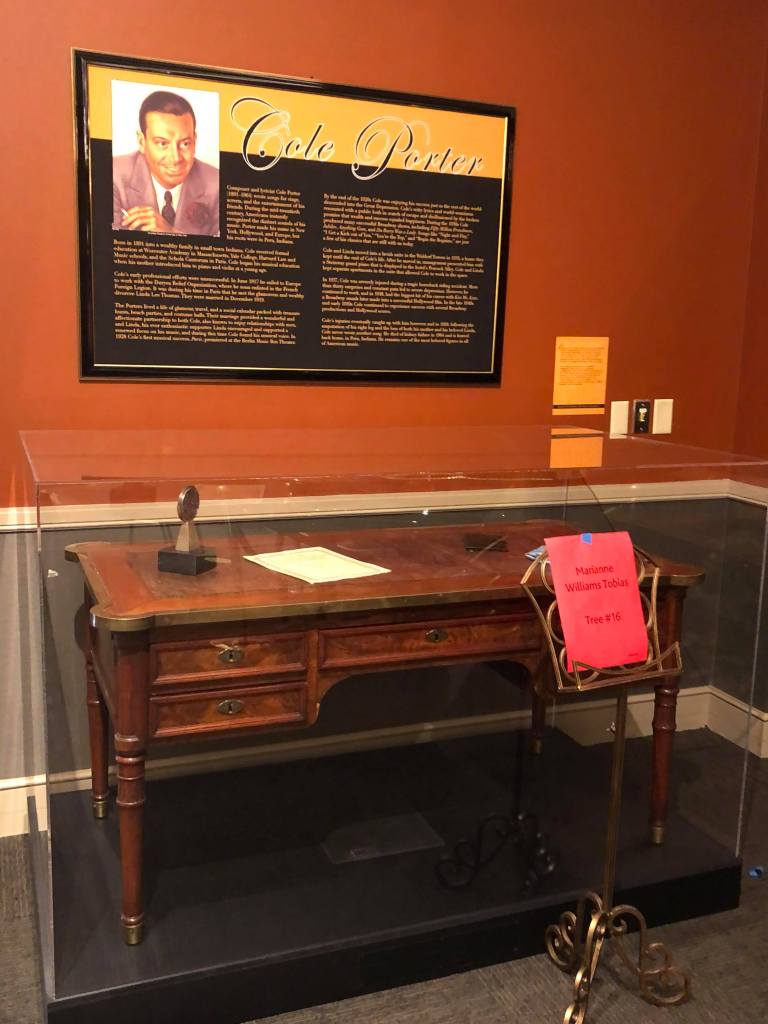

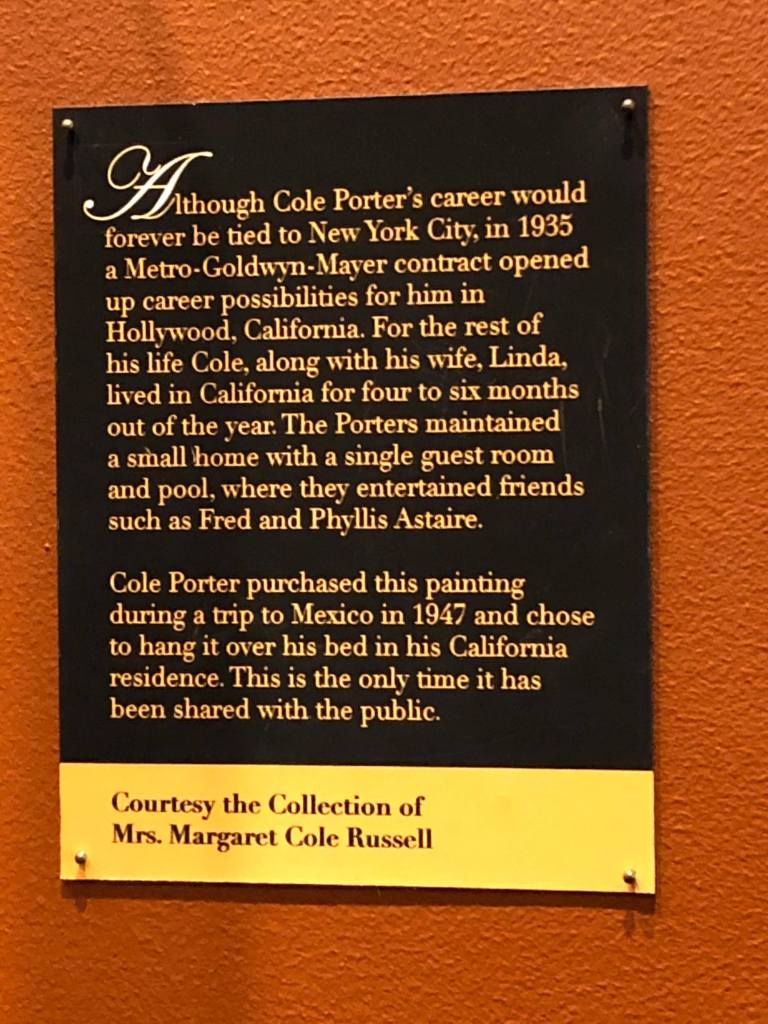
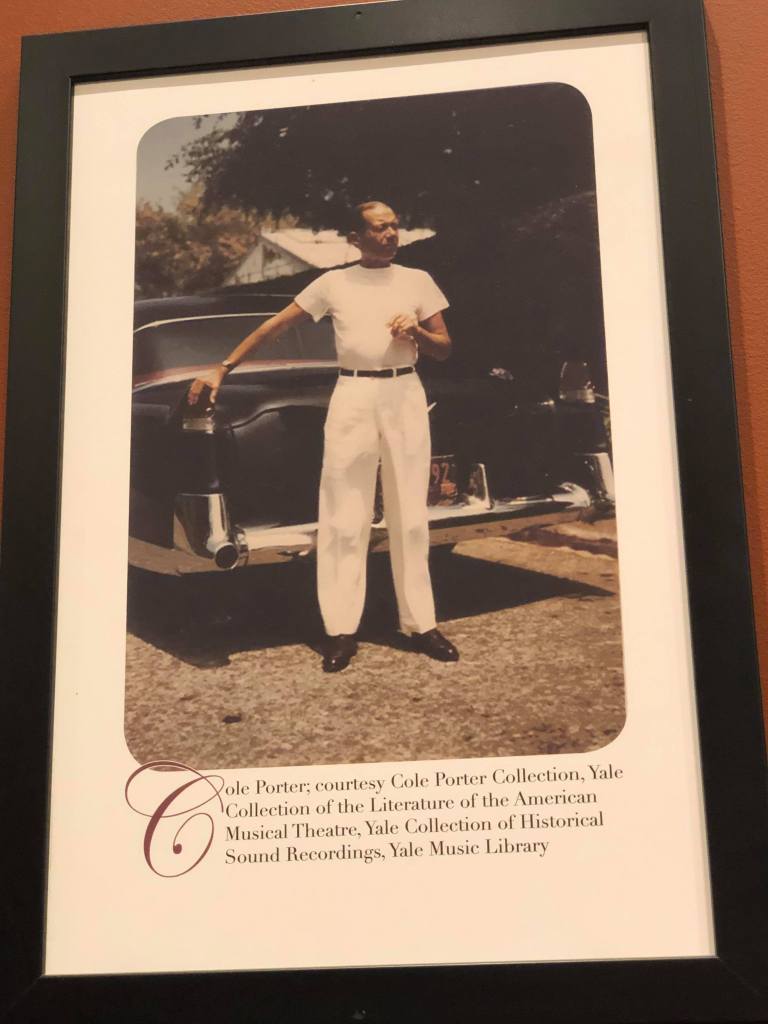


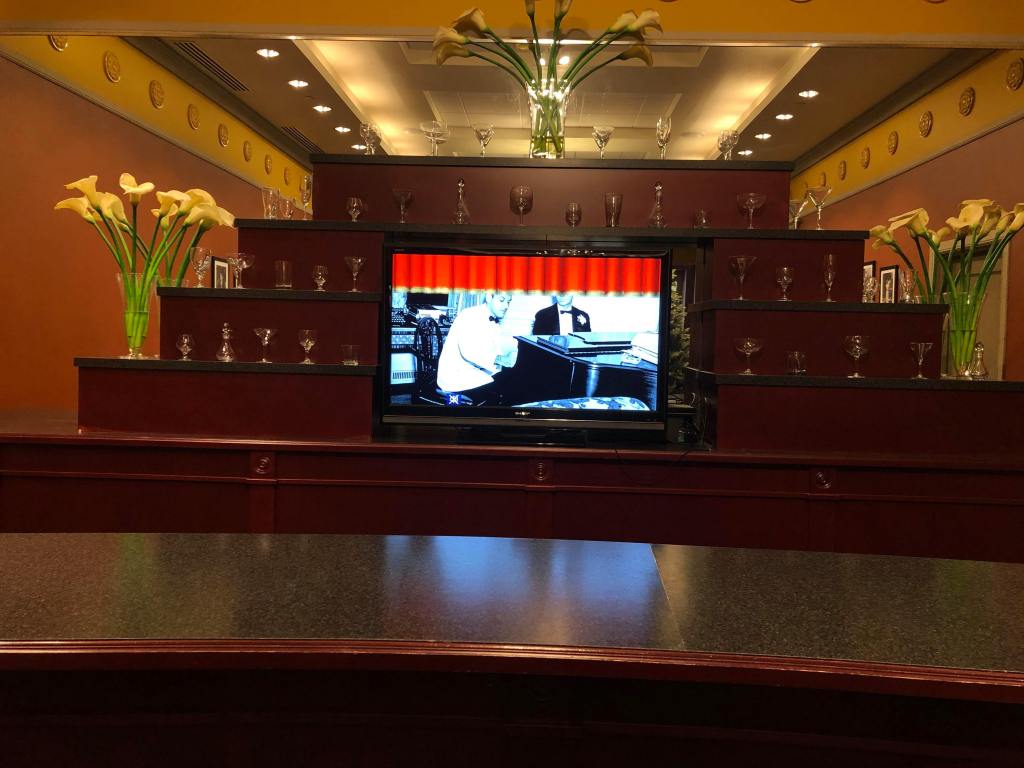
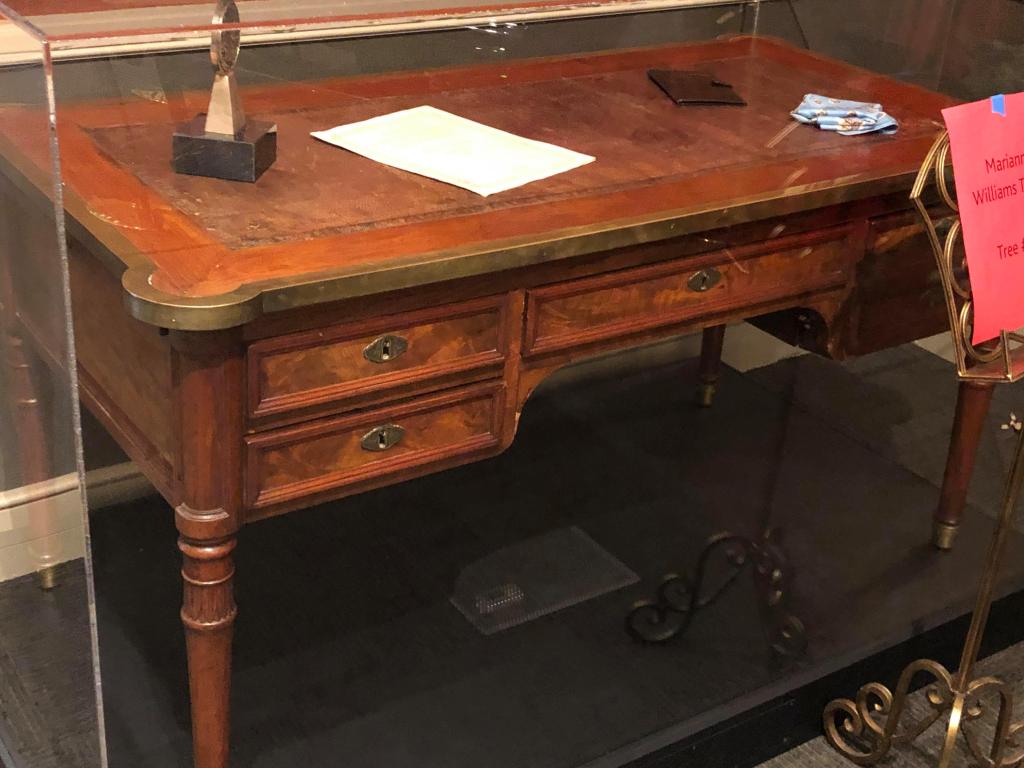
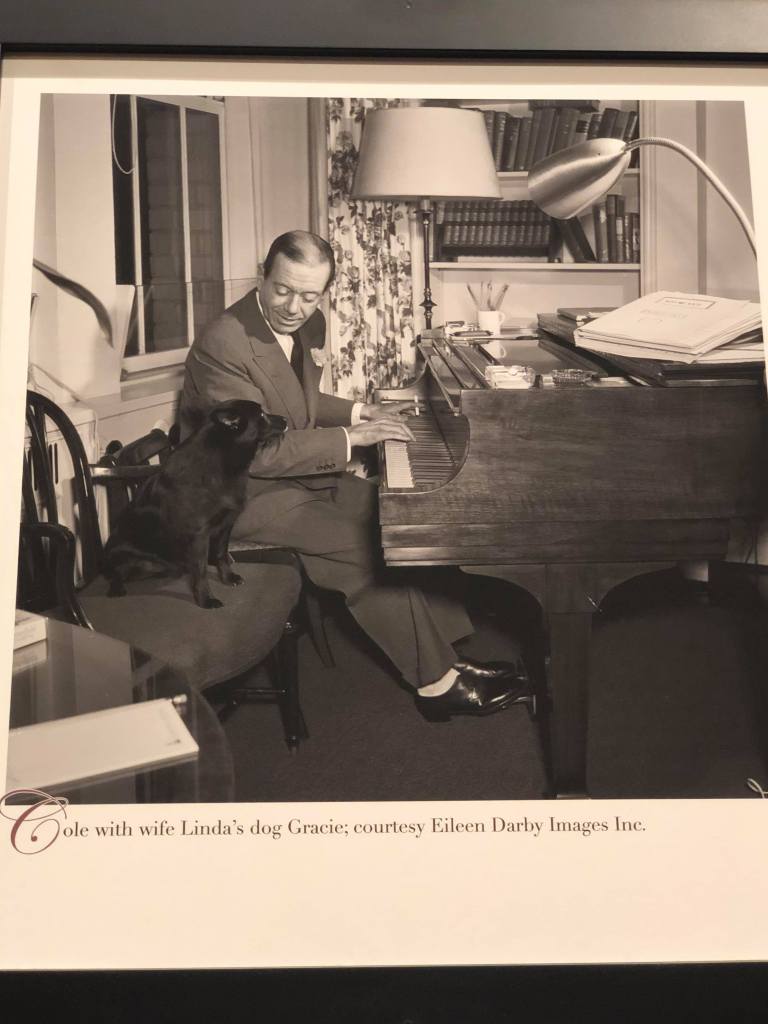






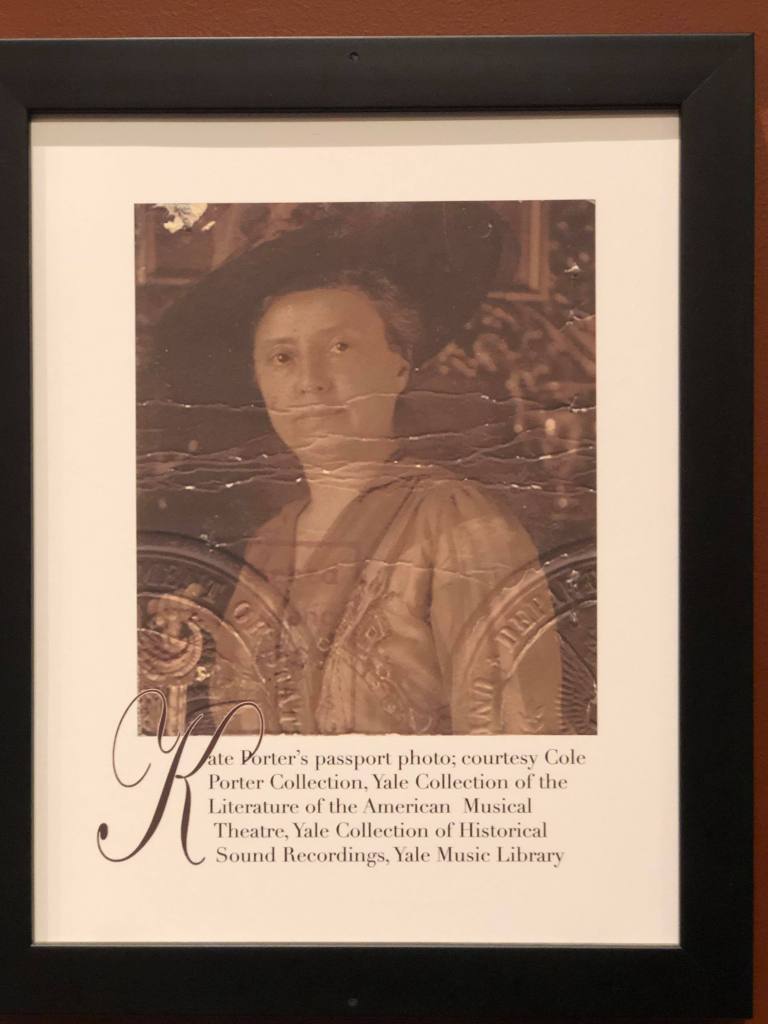
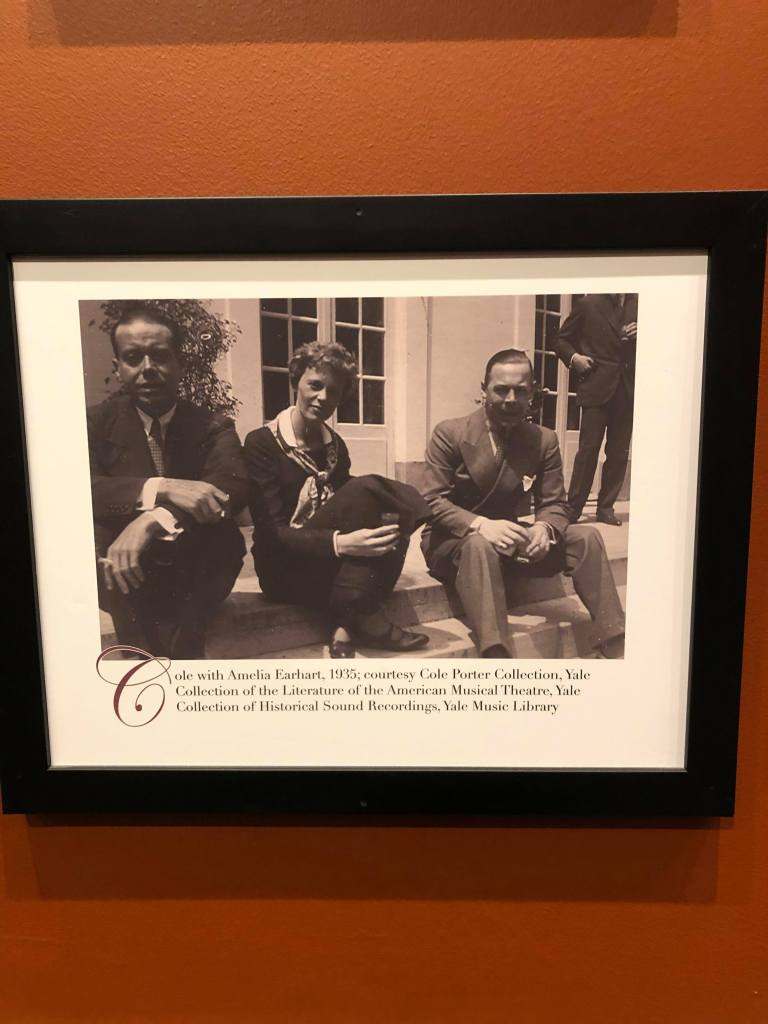
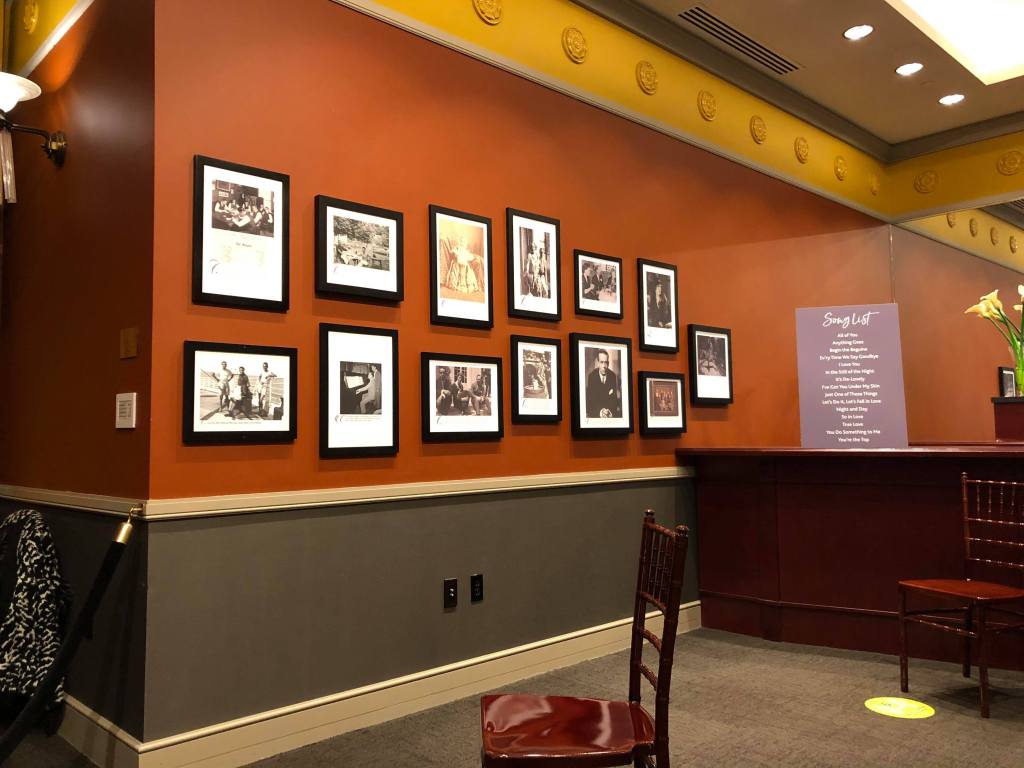

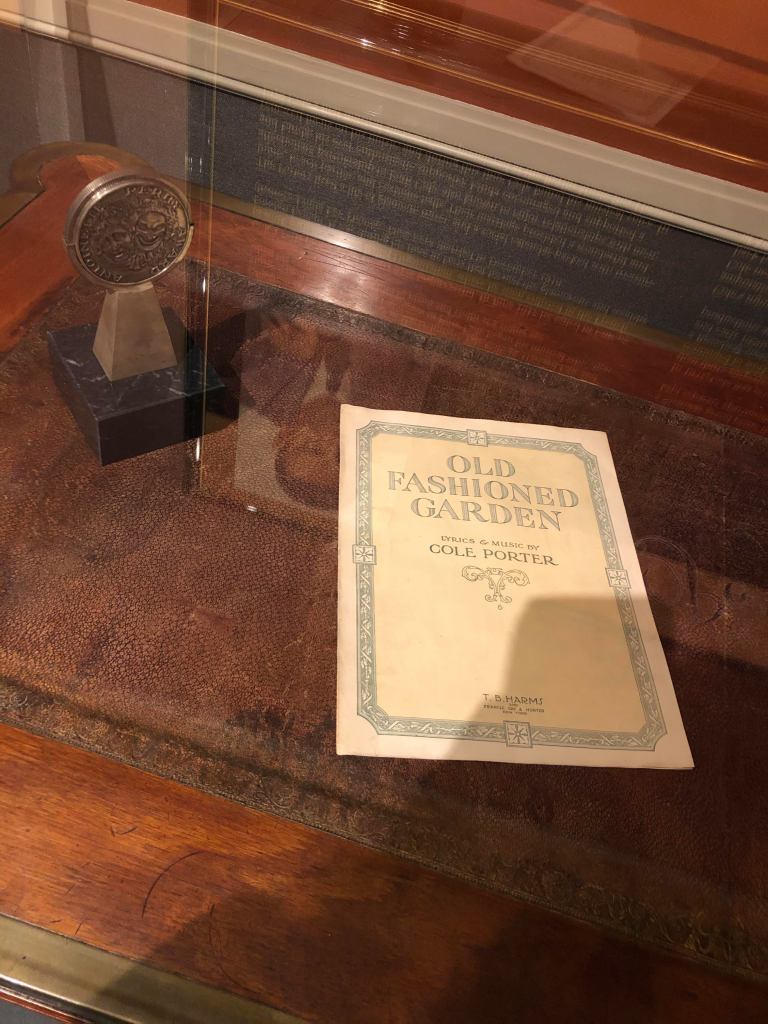

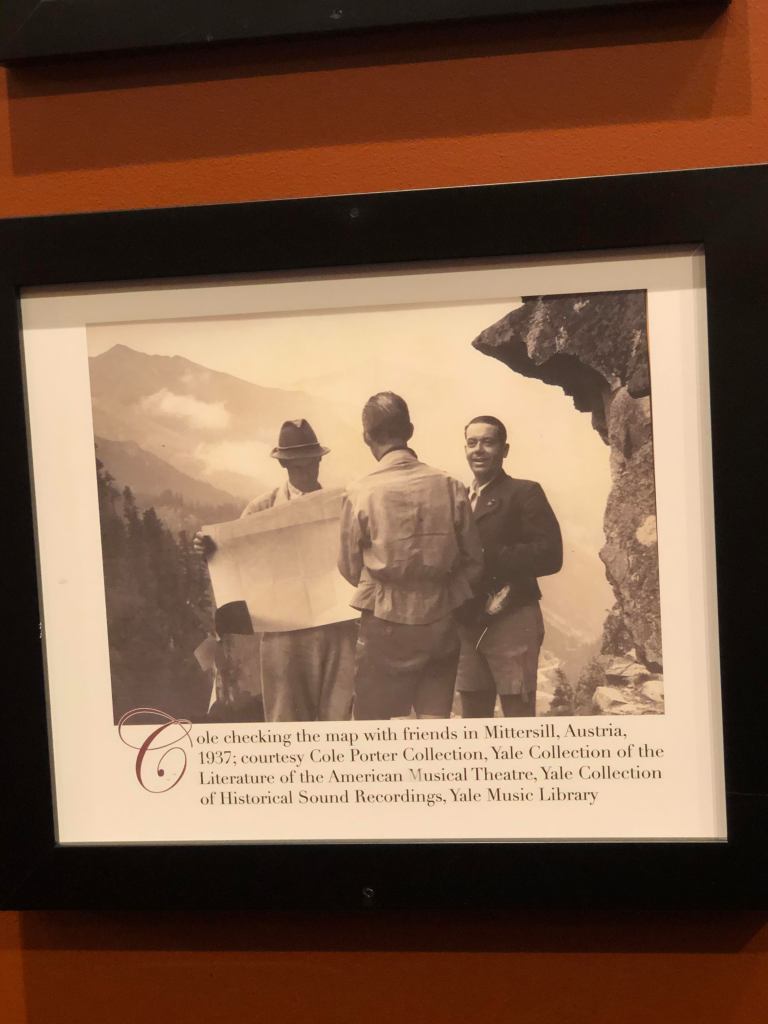
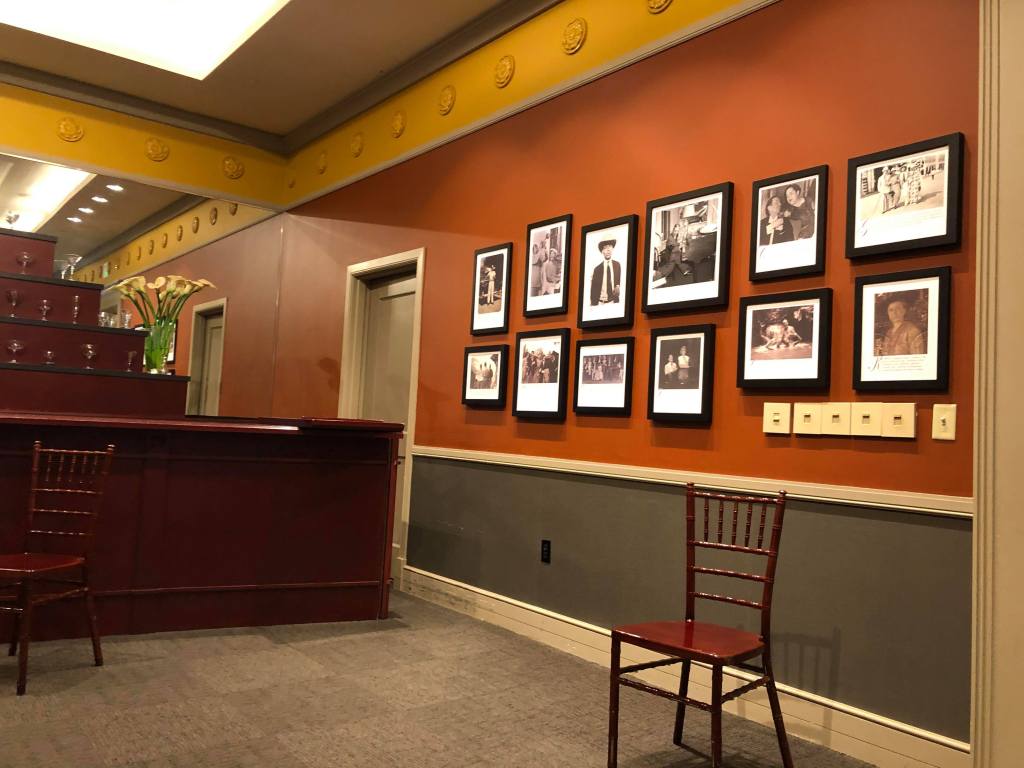
November 2023 Update: I made a return visit to Peru, Indiana, to see what was new! The Miami County Museum is still a gem and their exhibits rotate; however, Porter remains a key fixture and draw.


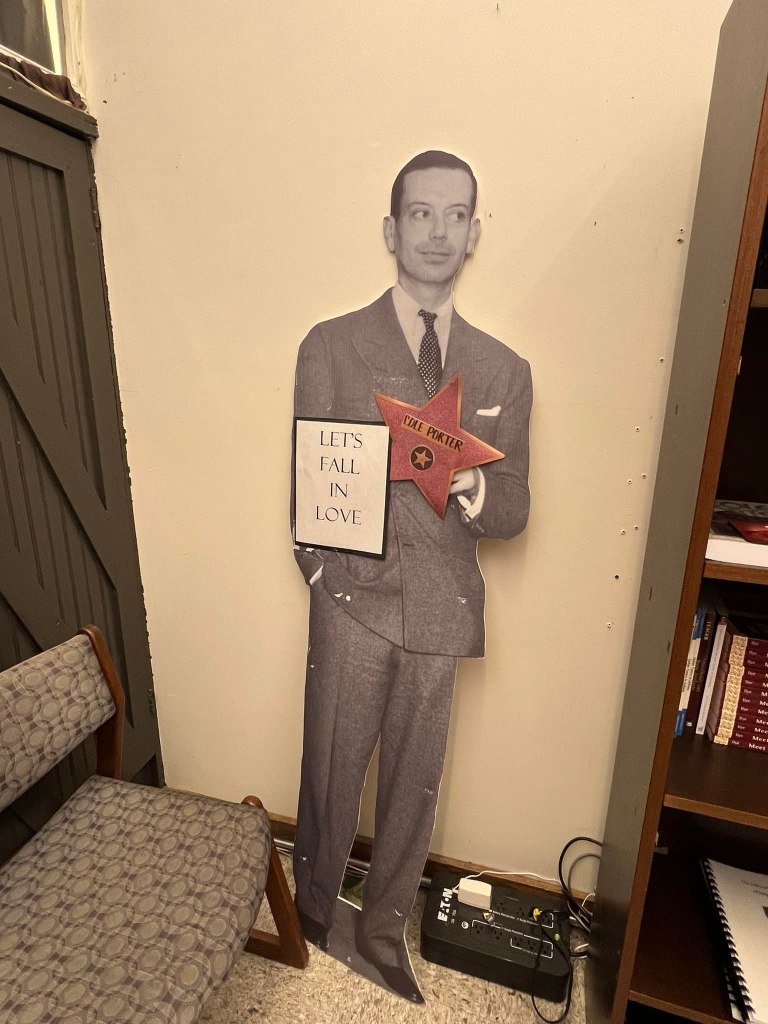


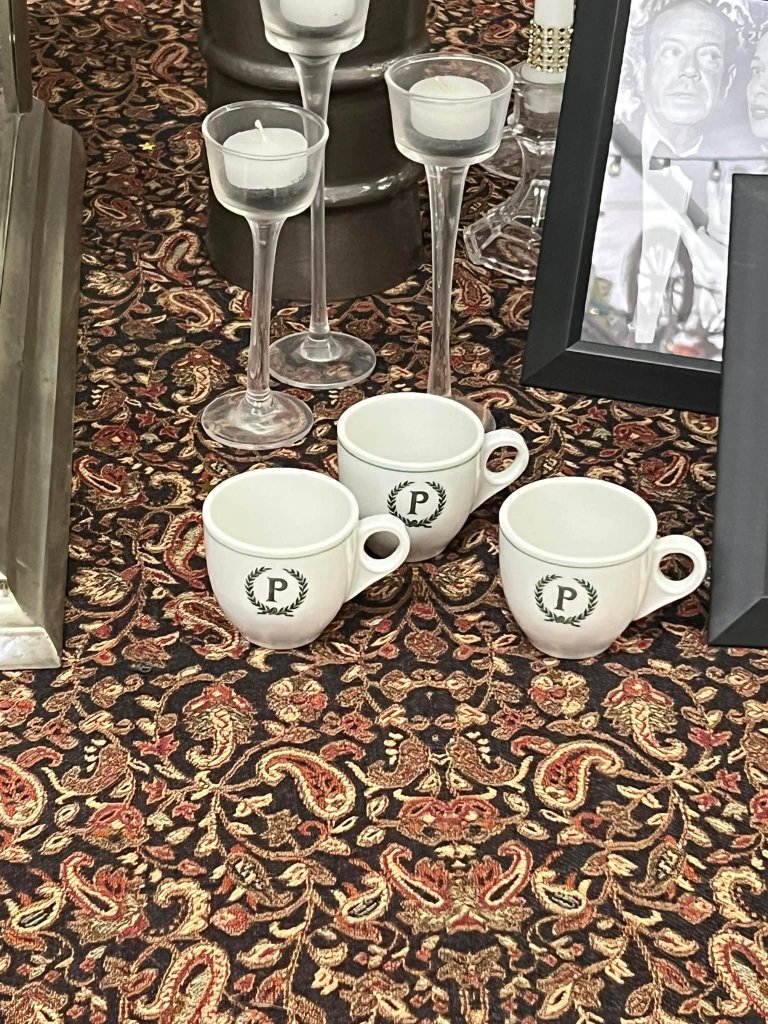
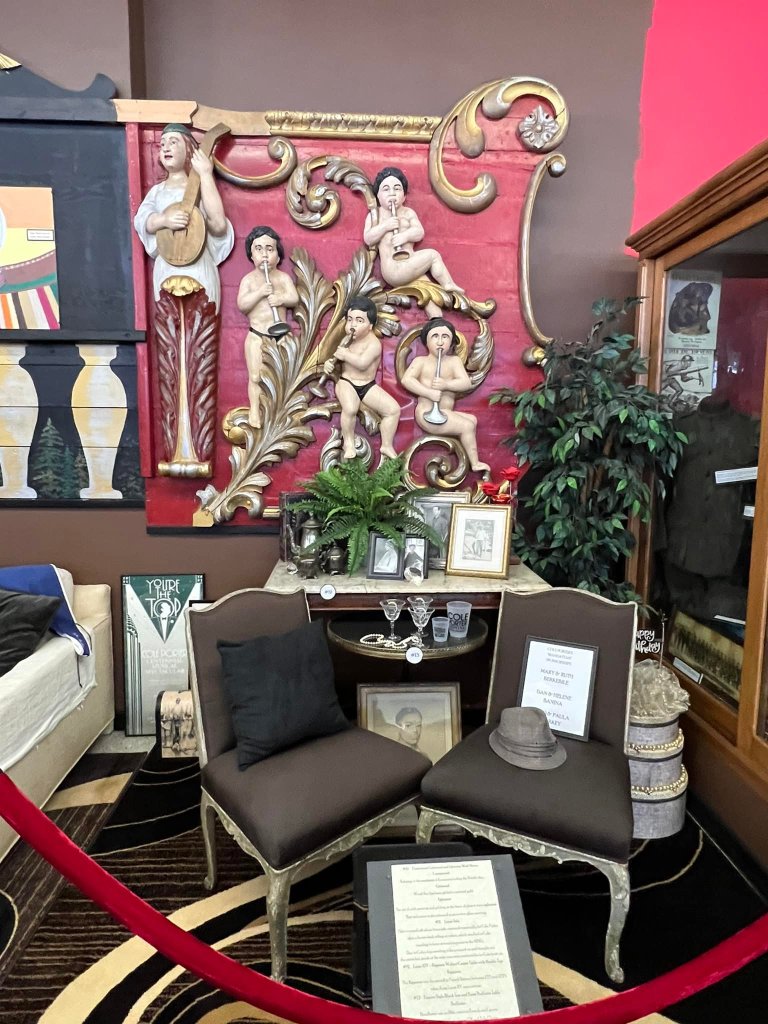
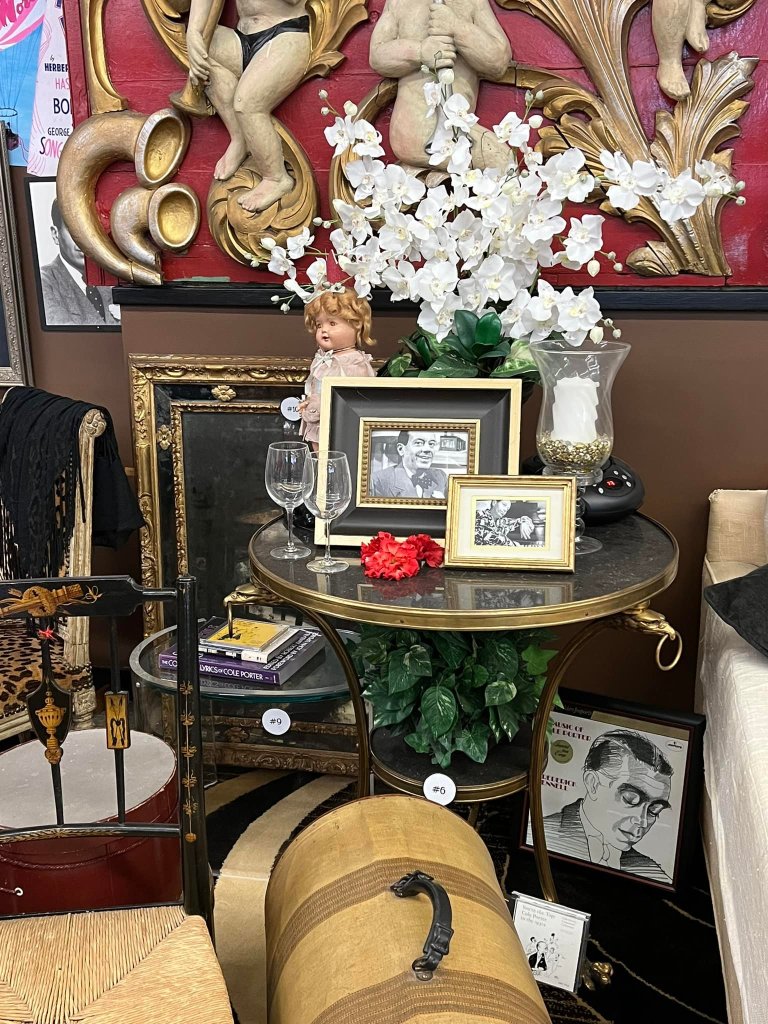


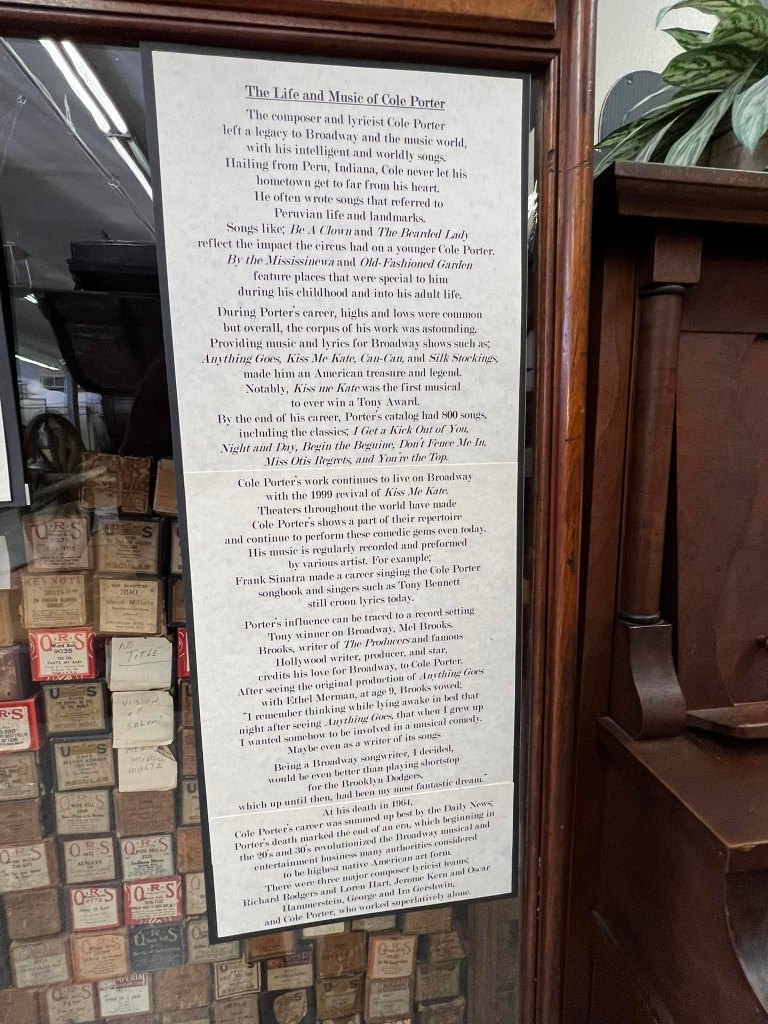
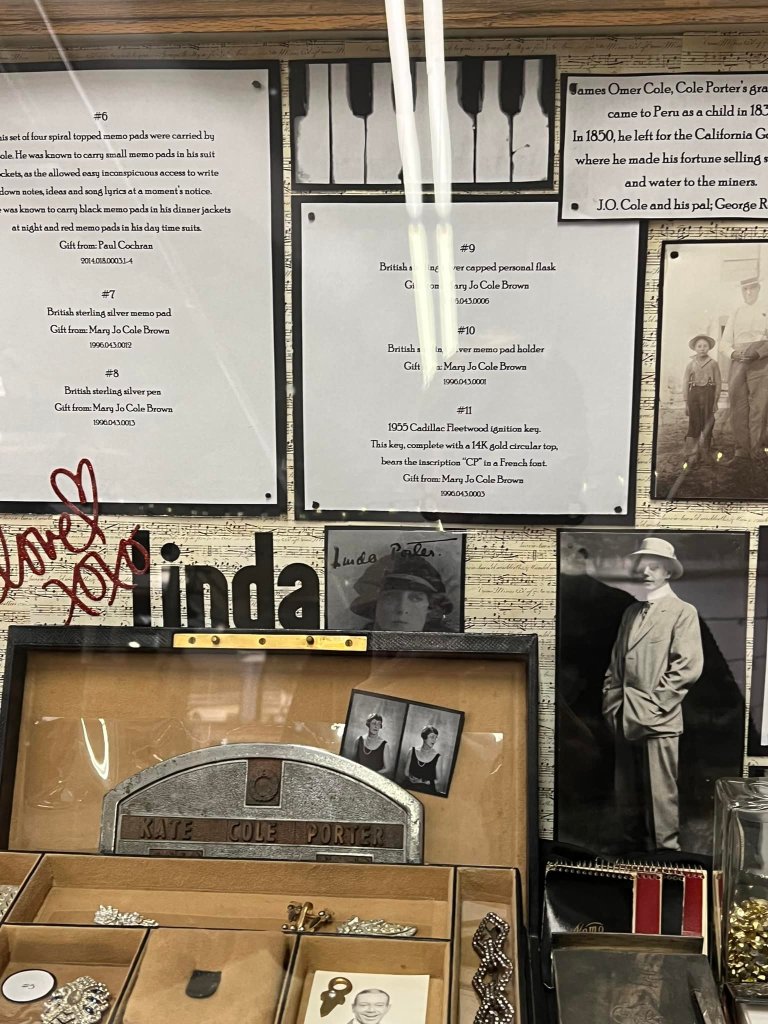

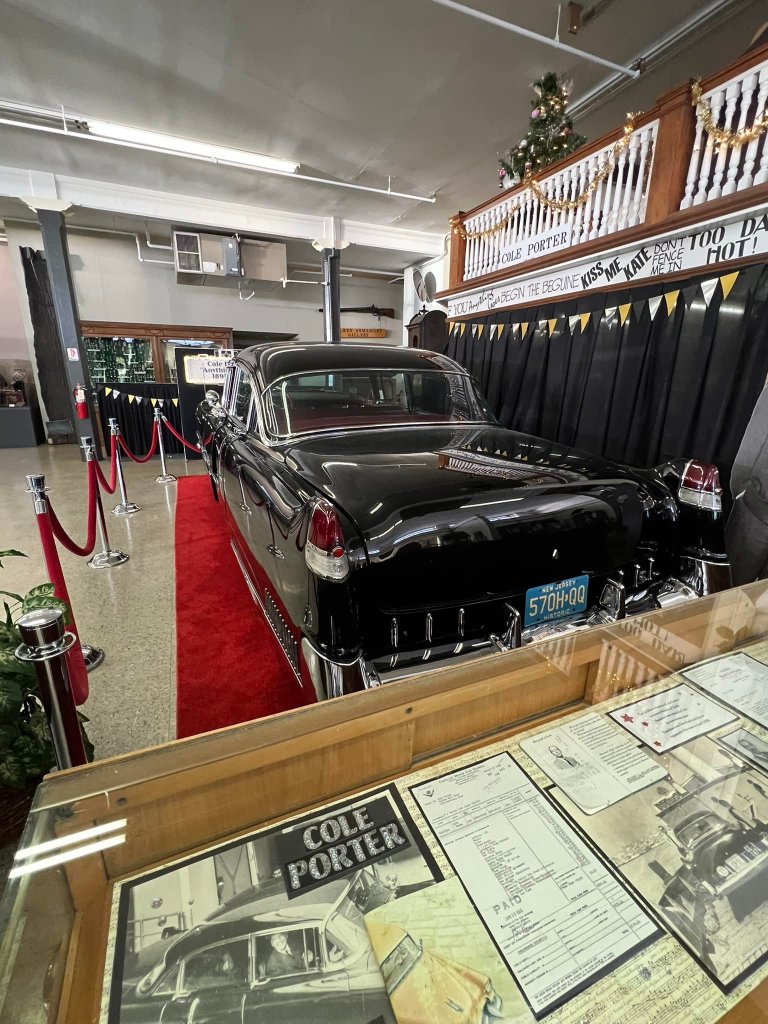
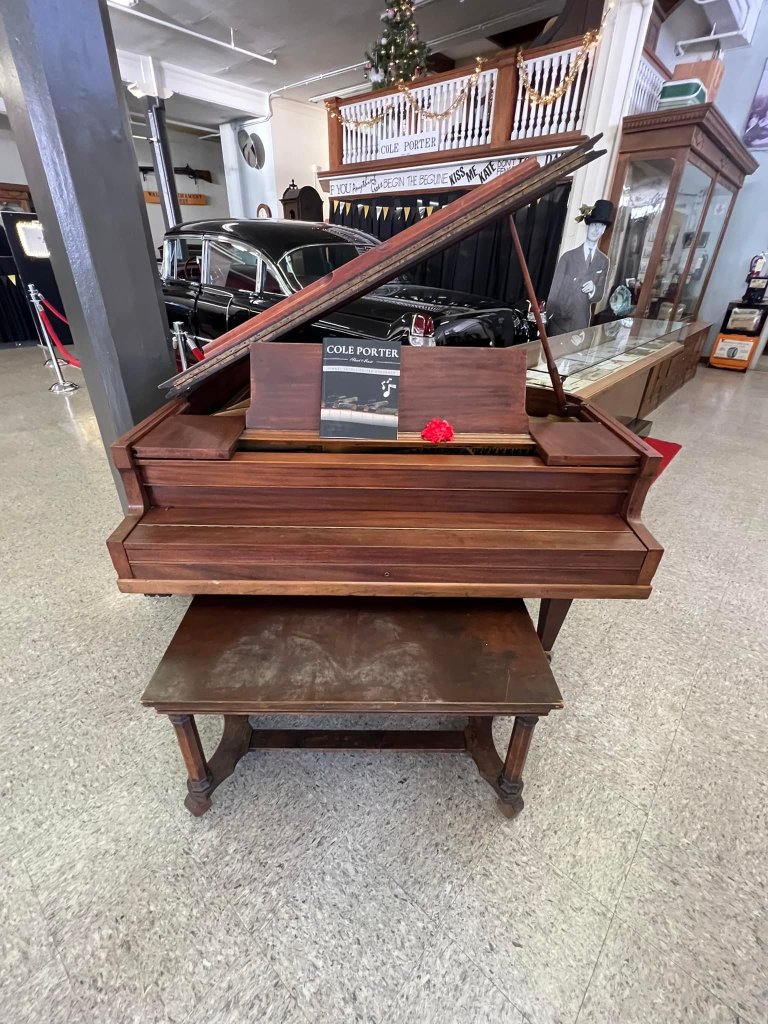
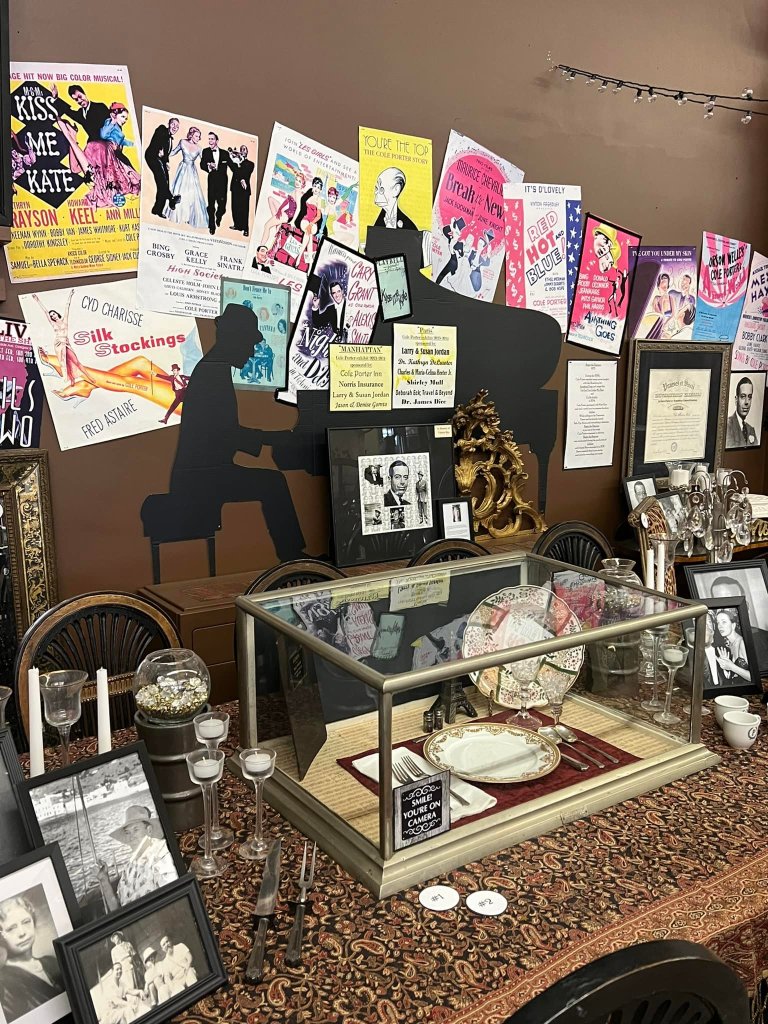
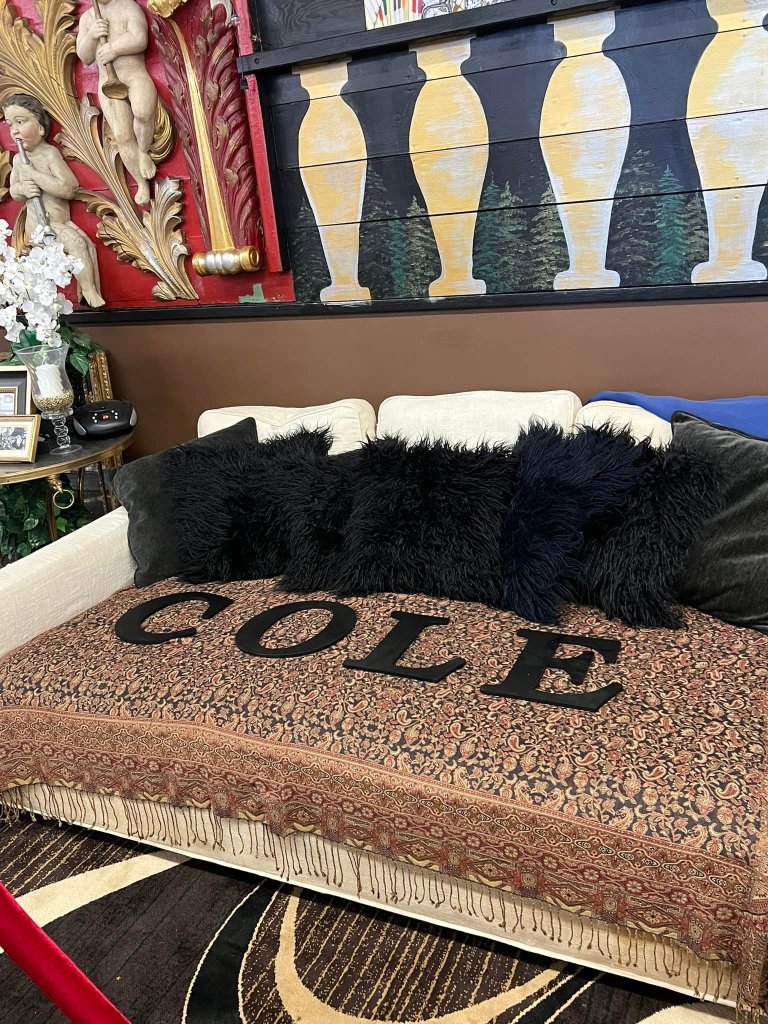


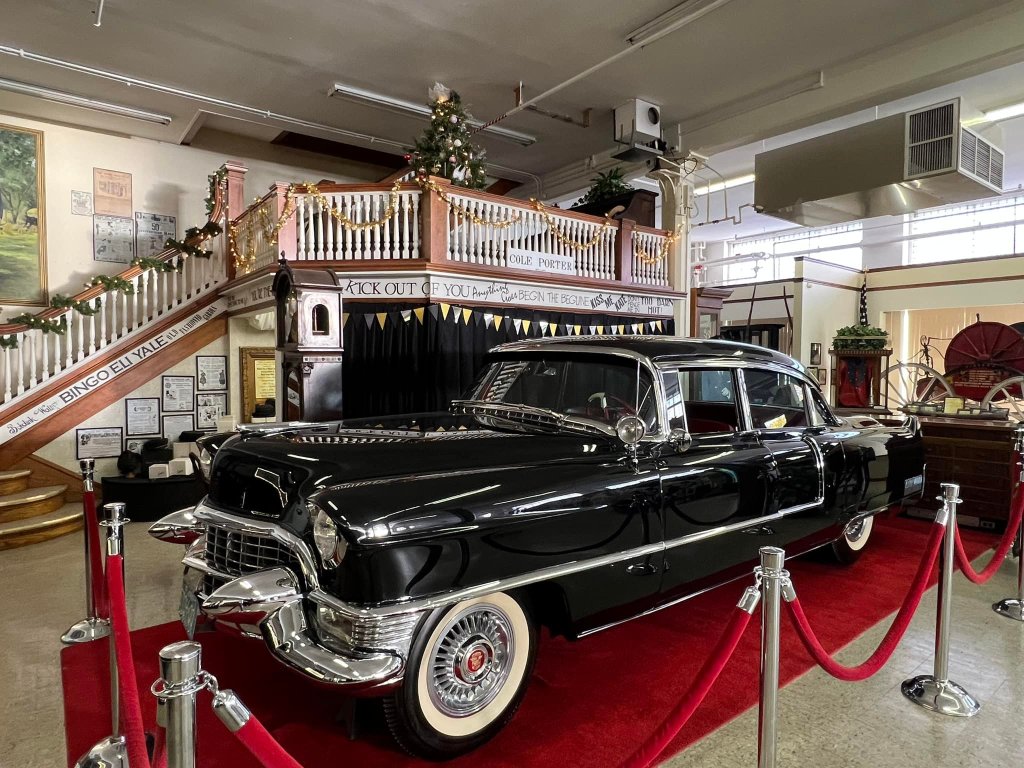

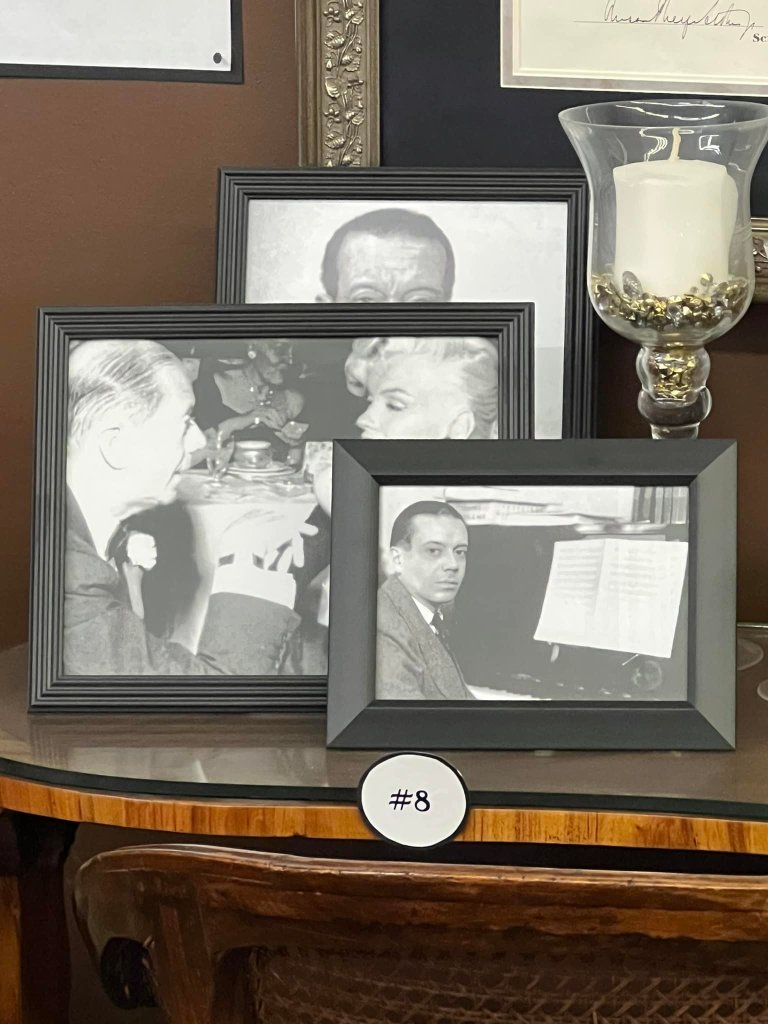

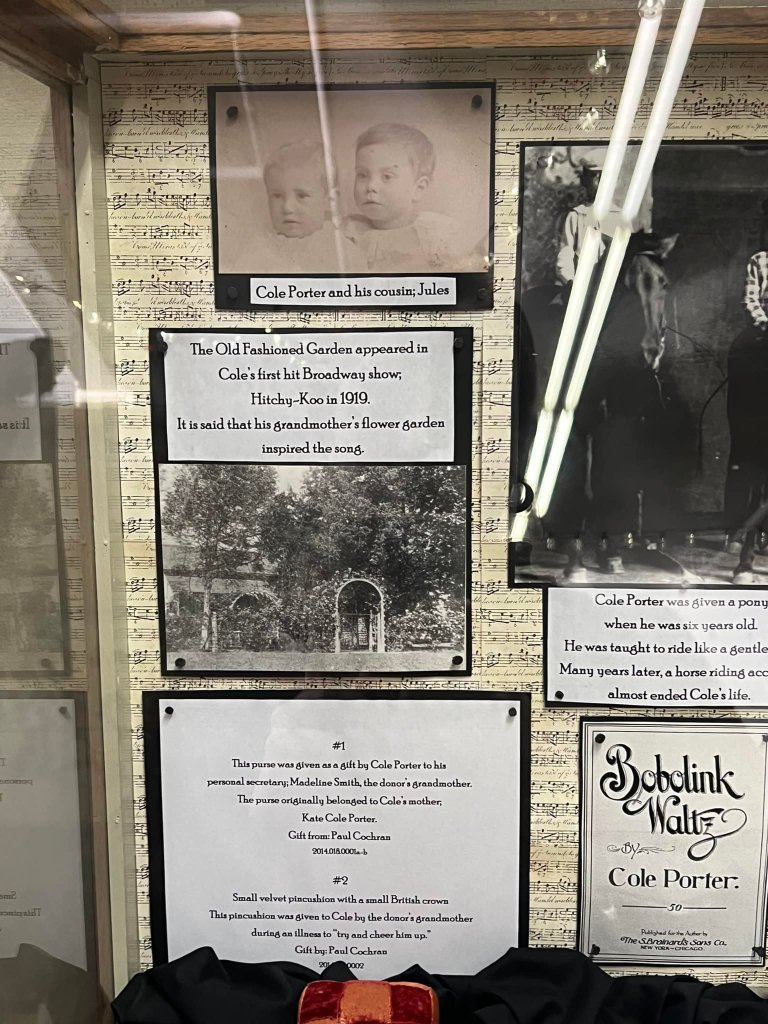
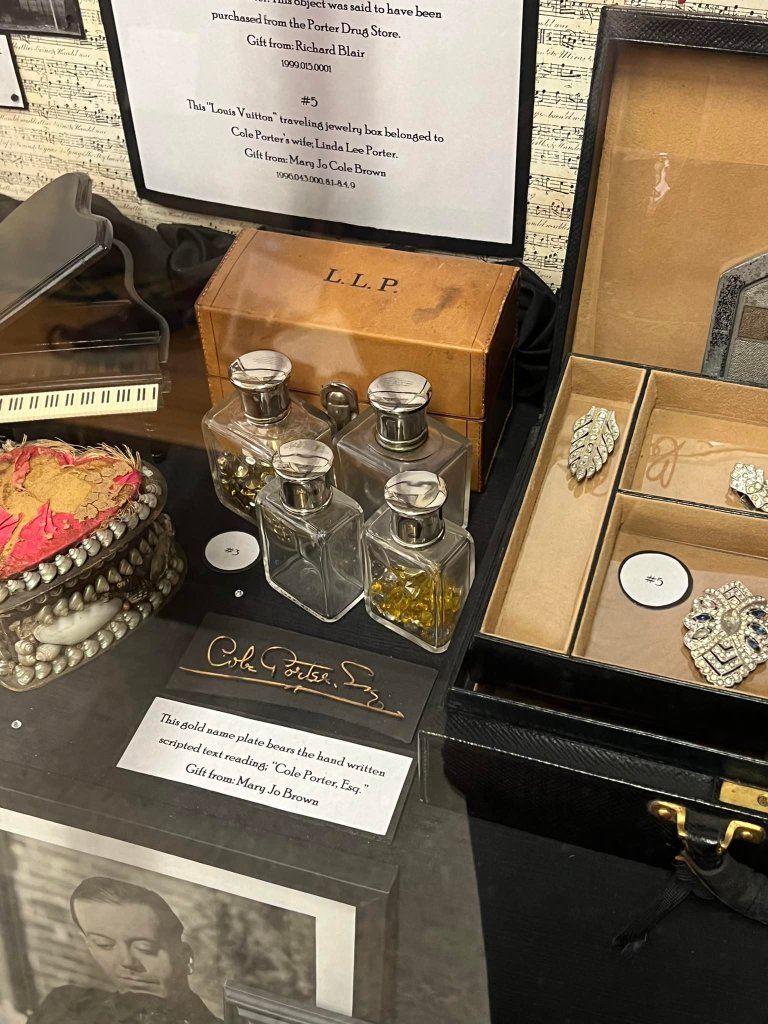
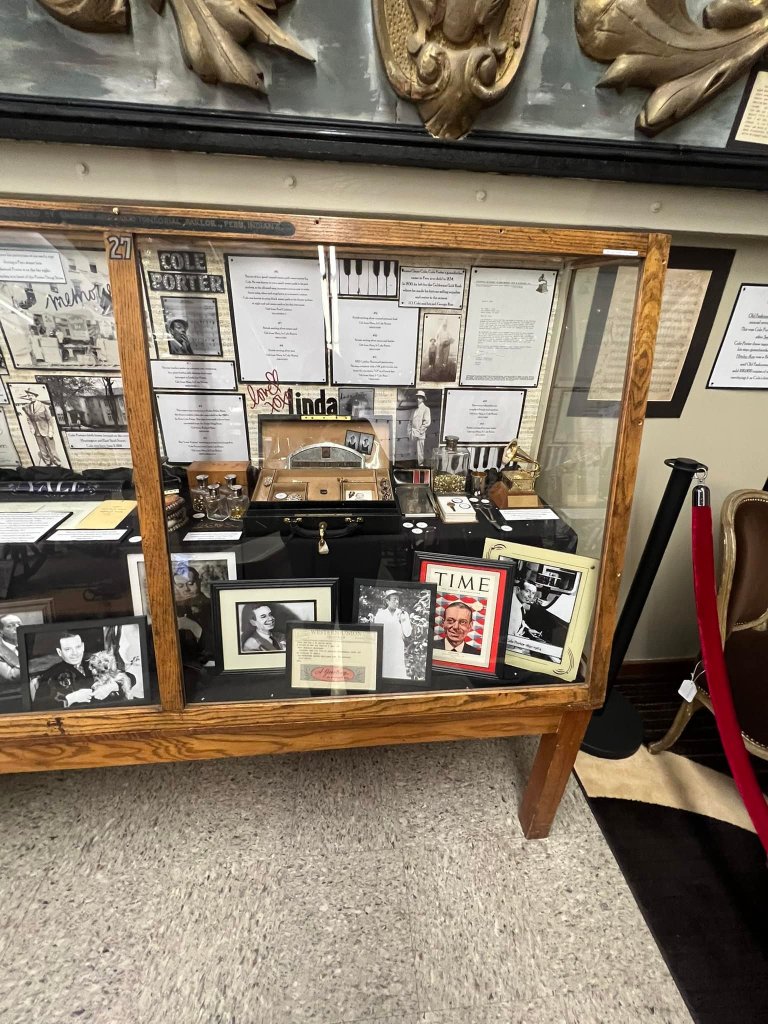



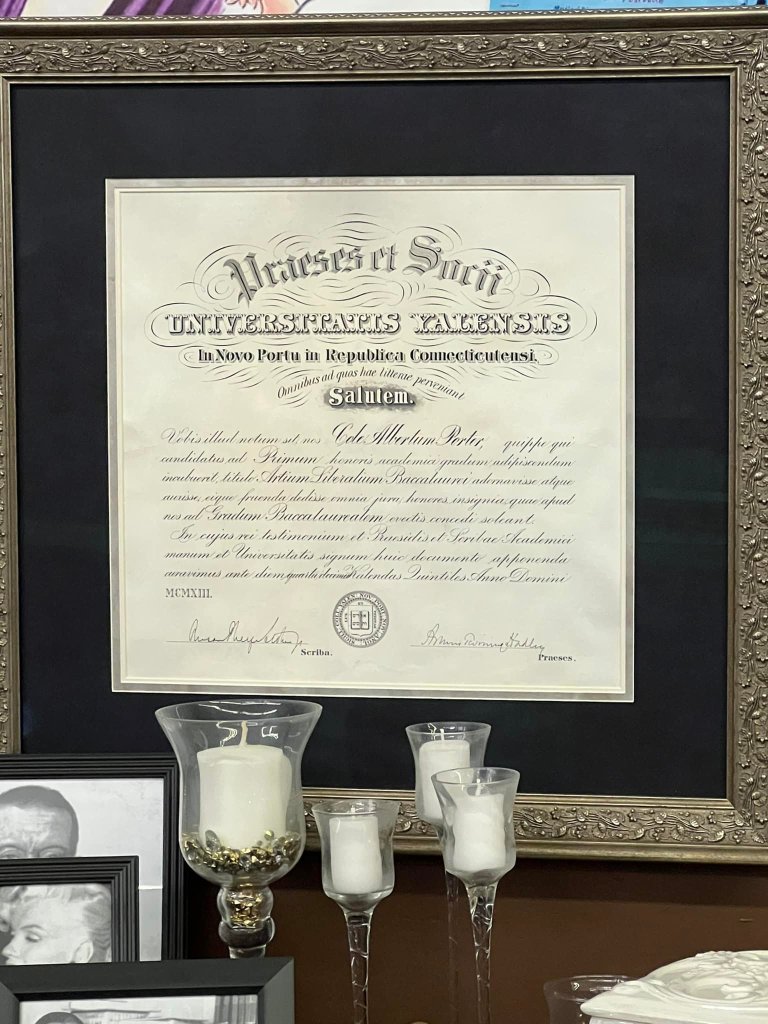



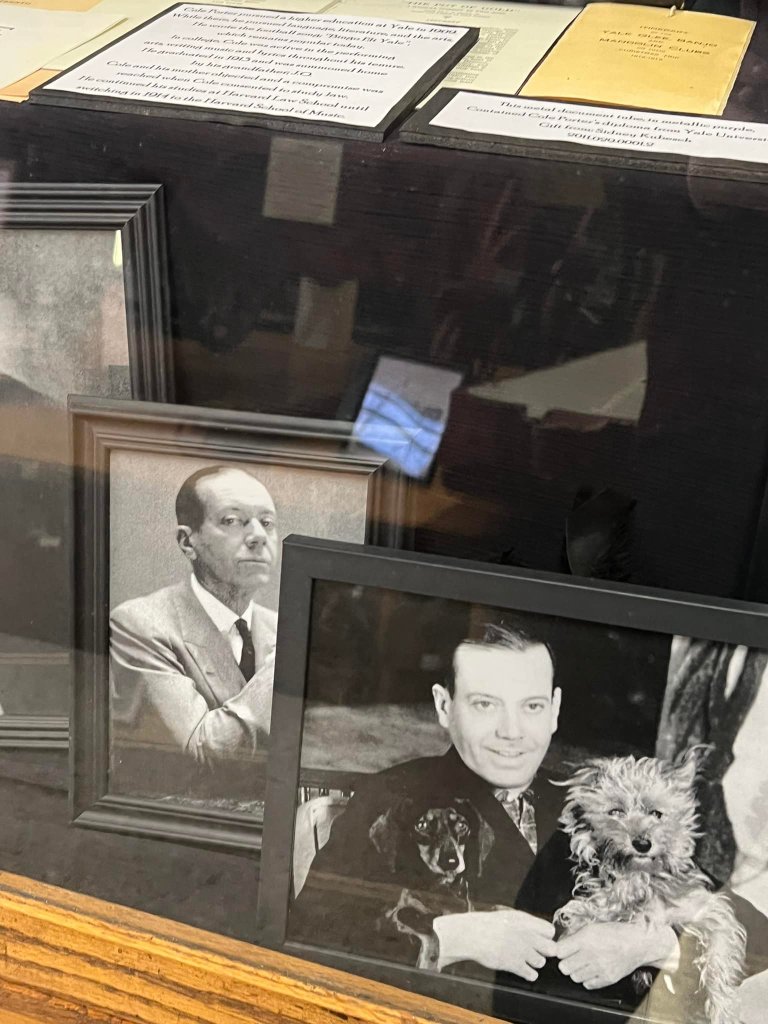
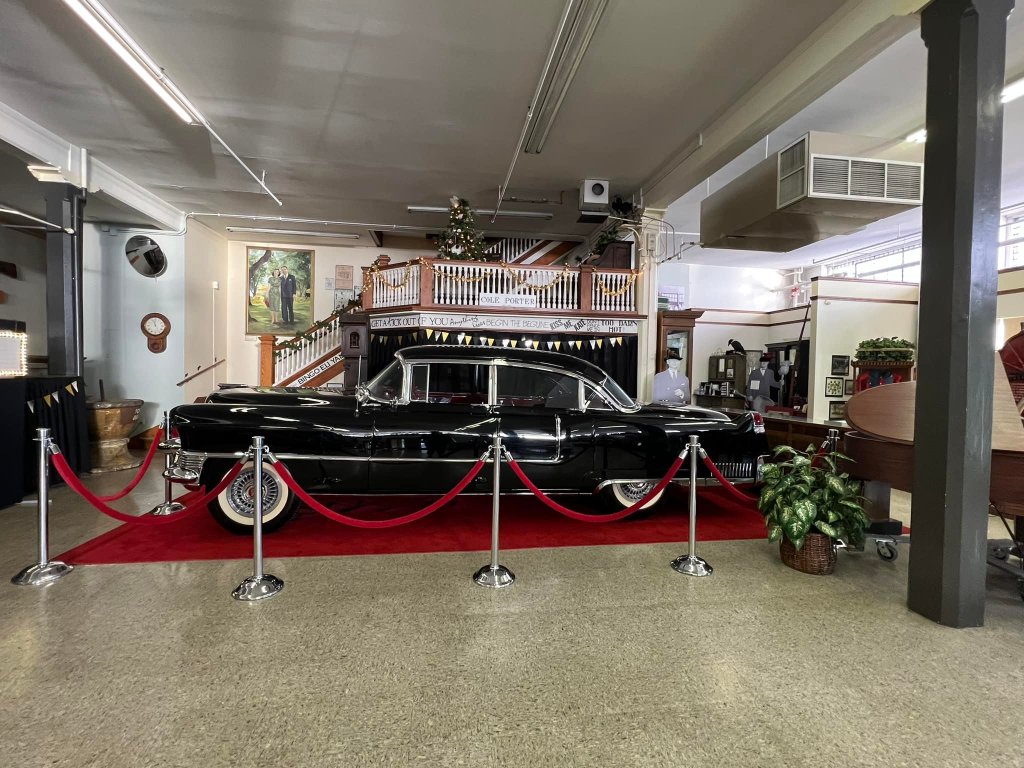


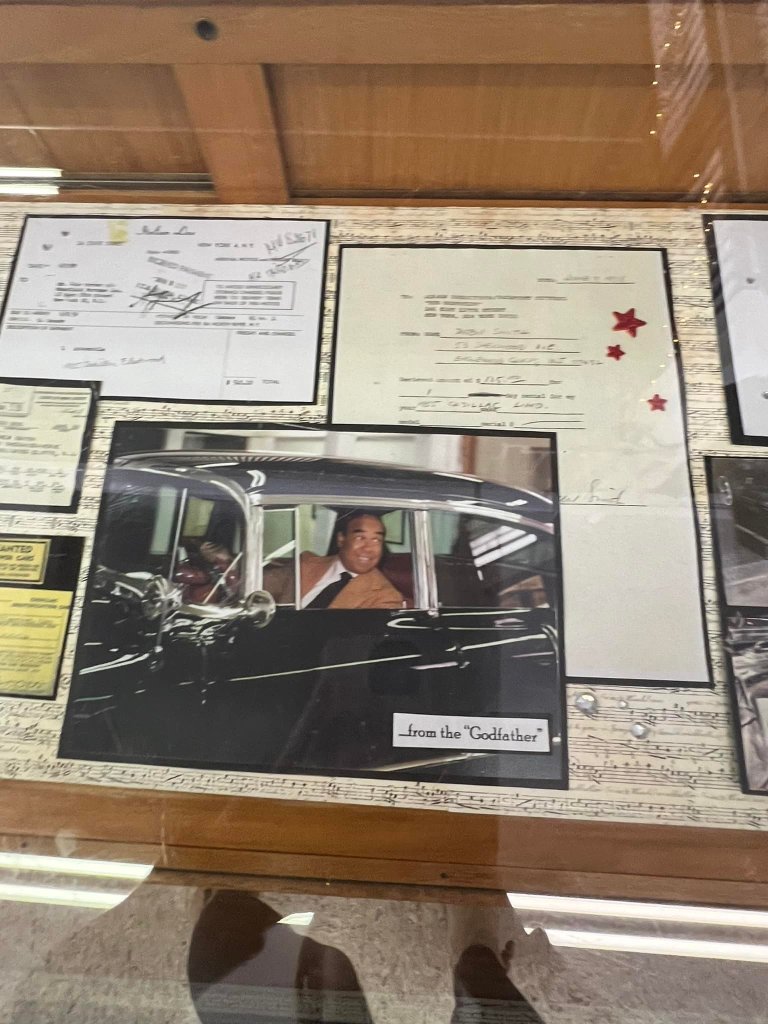
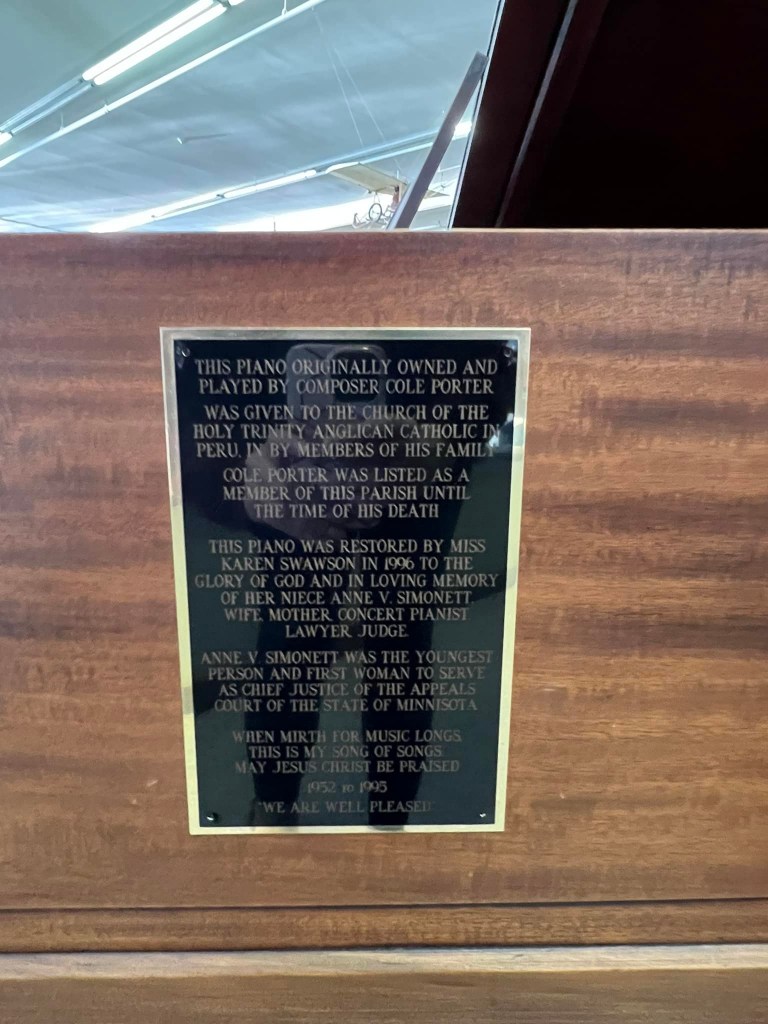
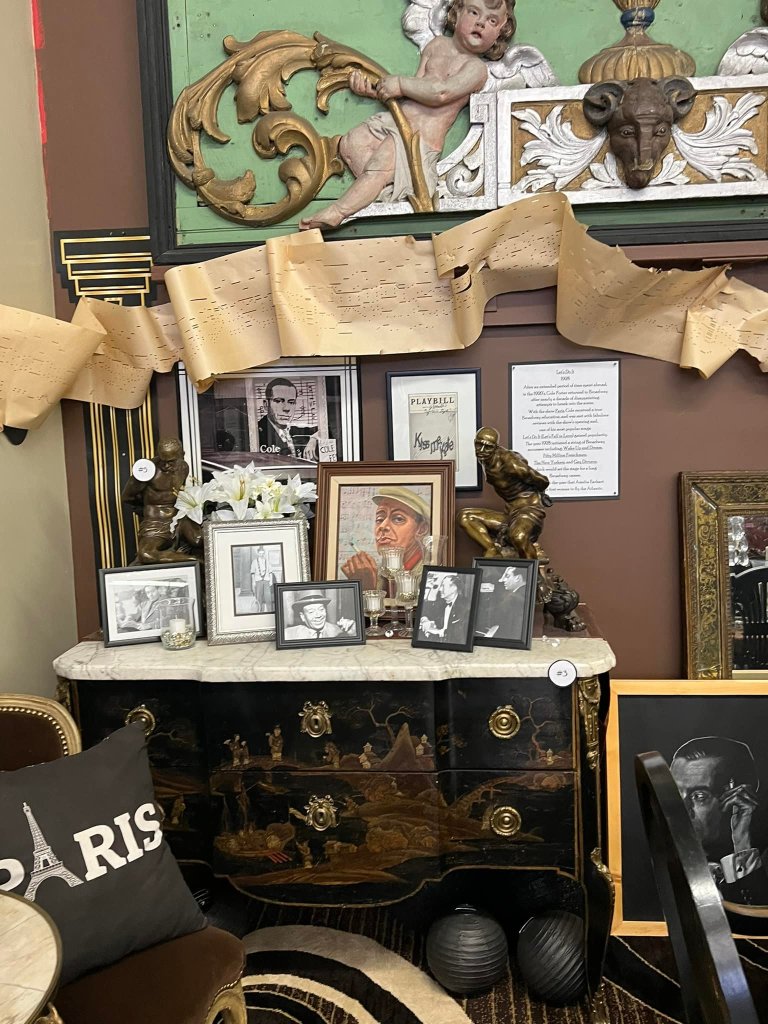






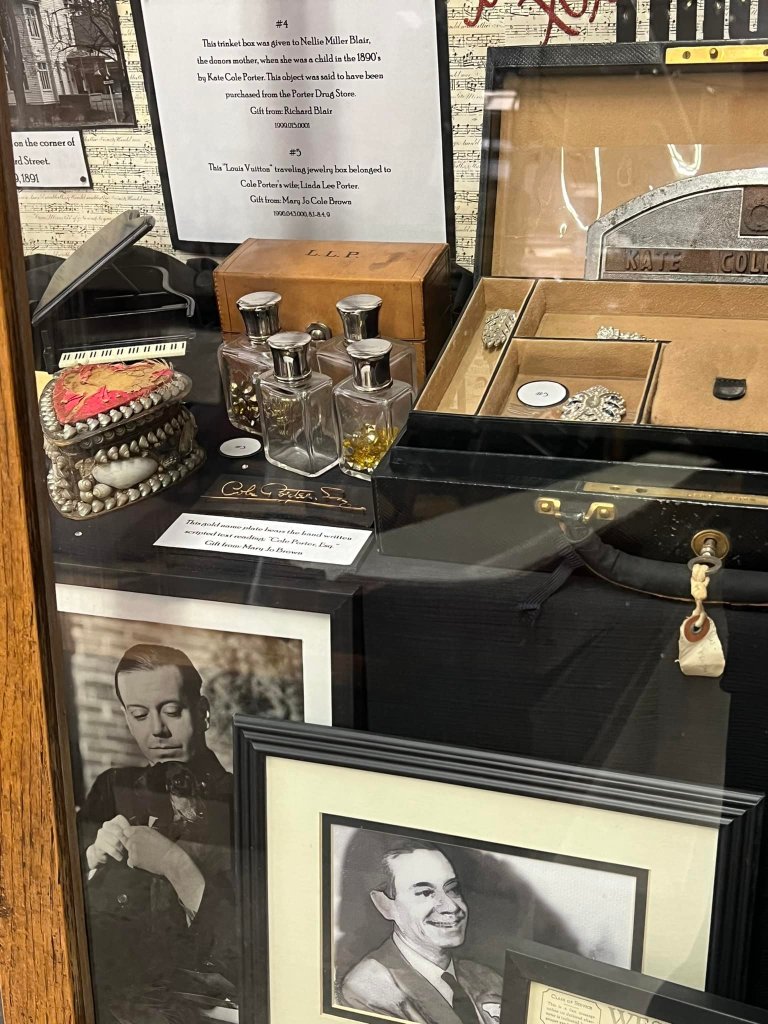
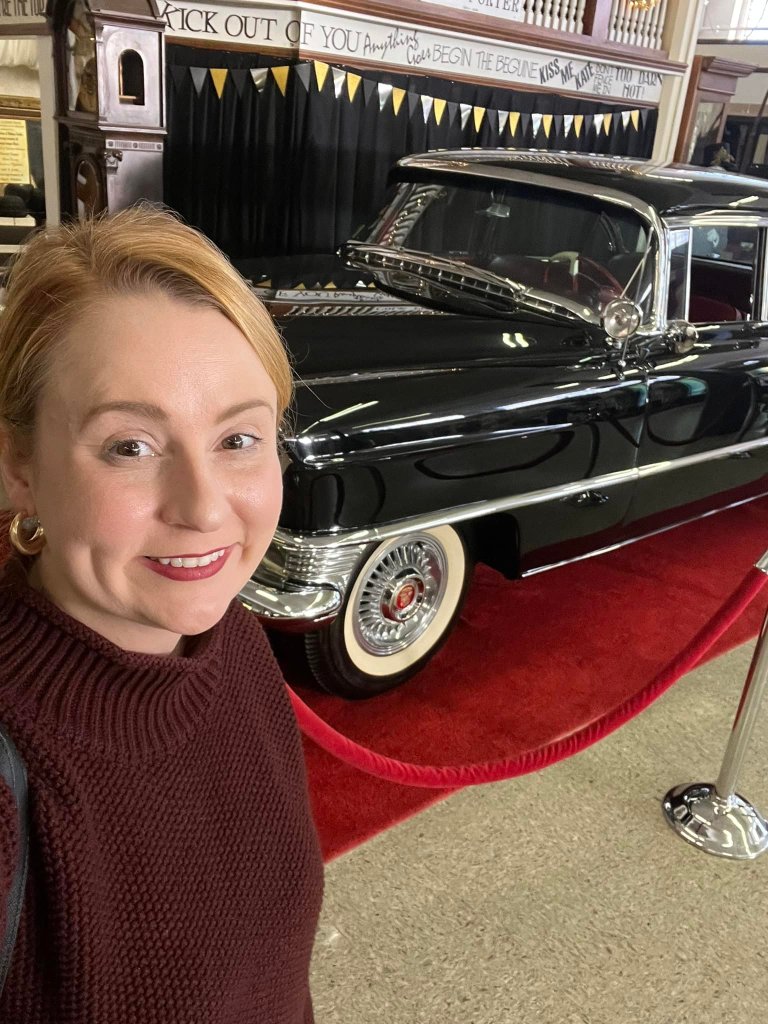
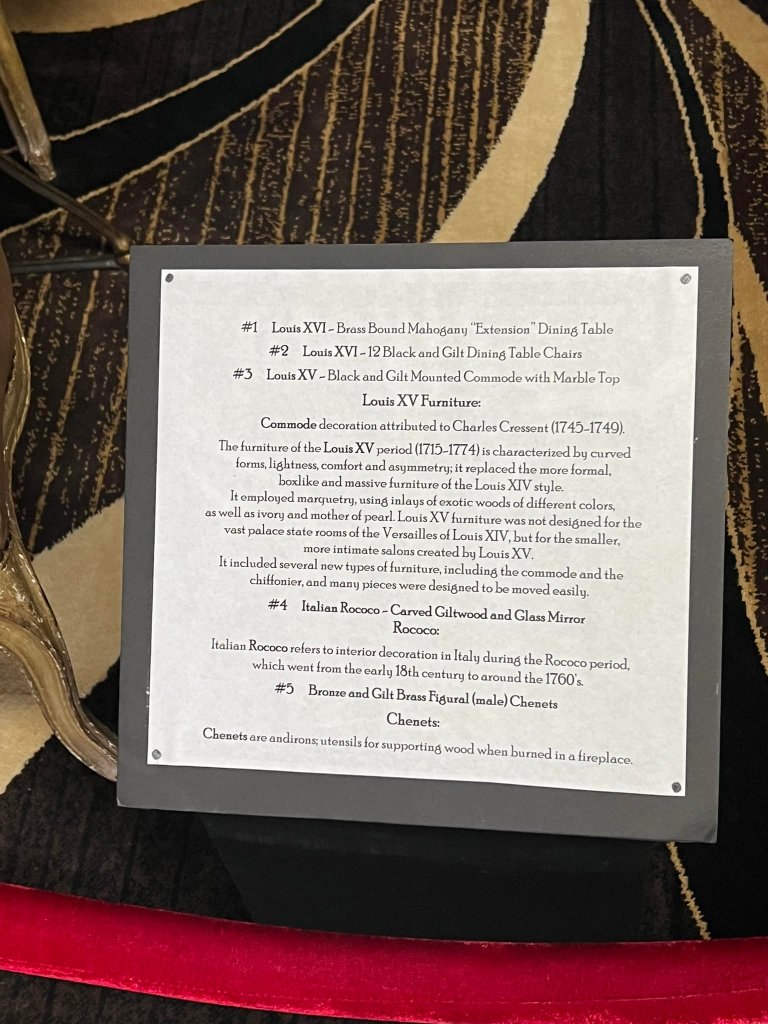
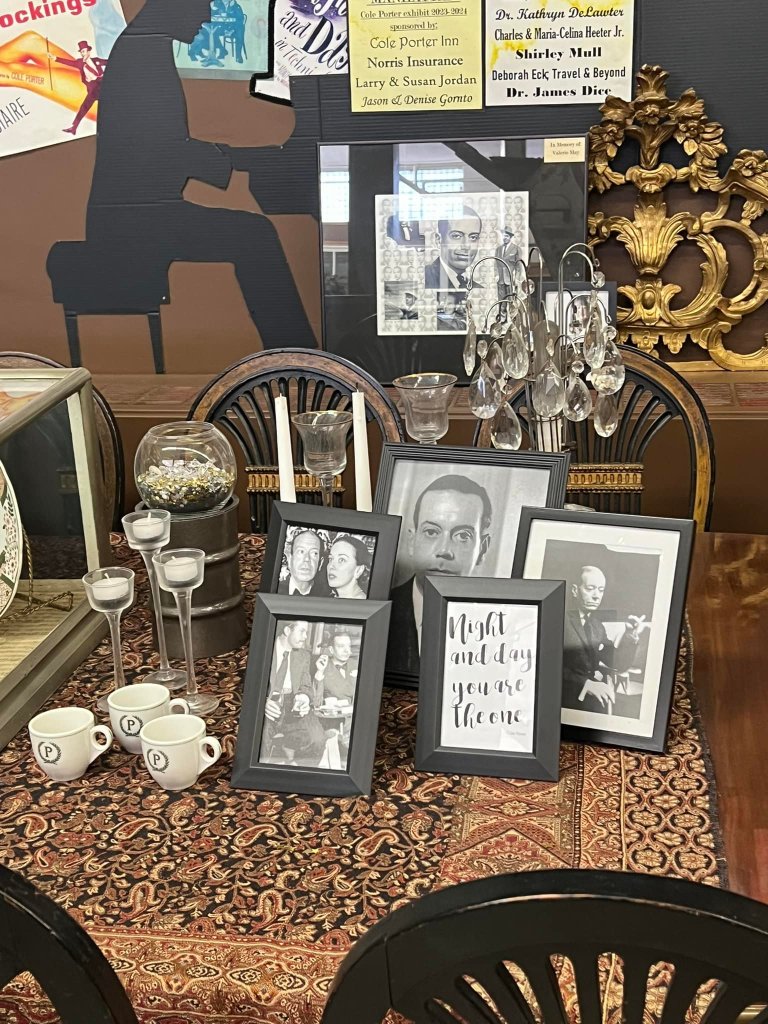
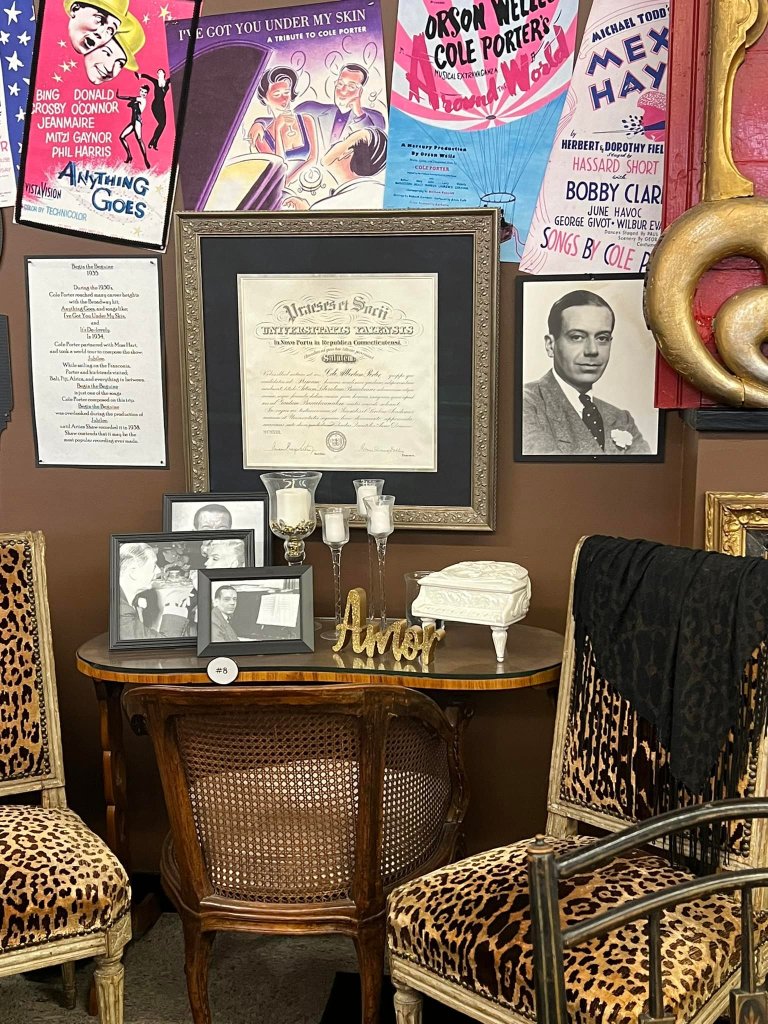

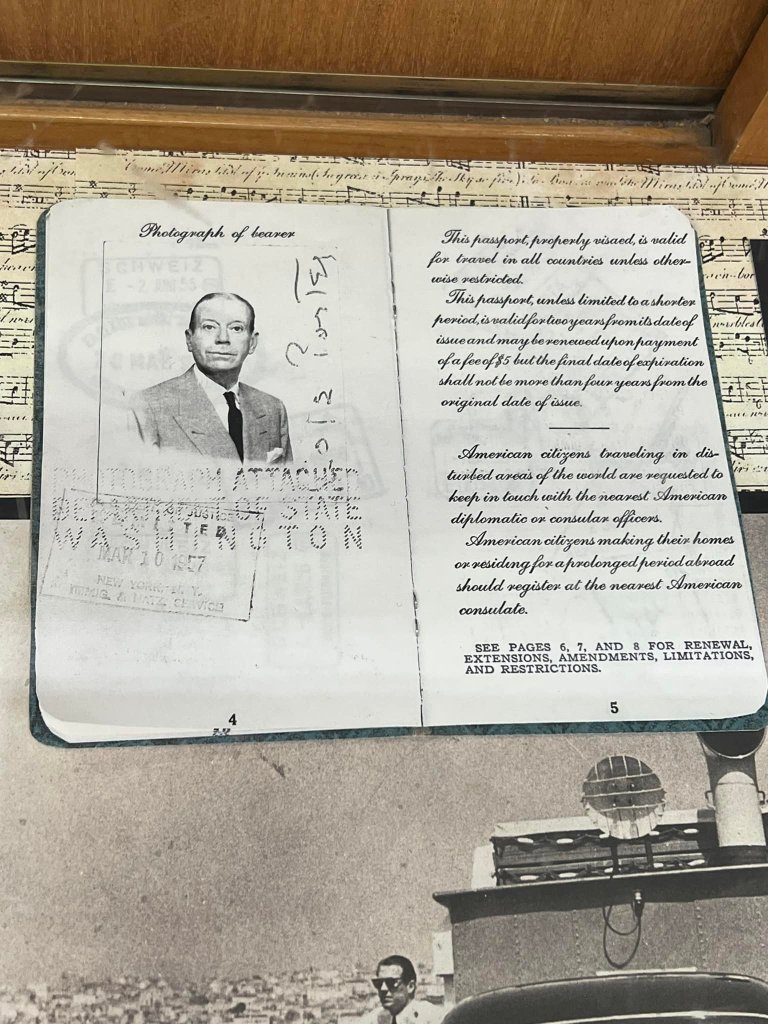
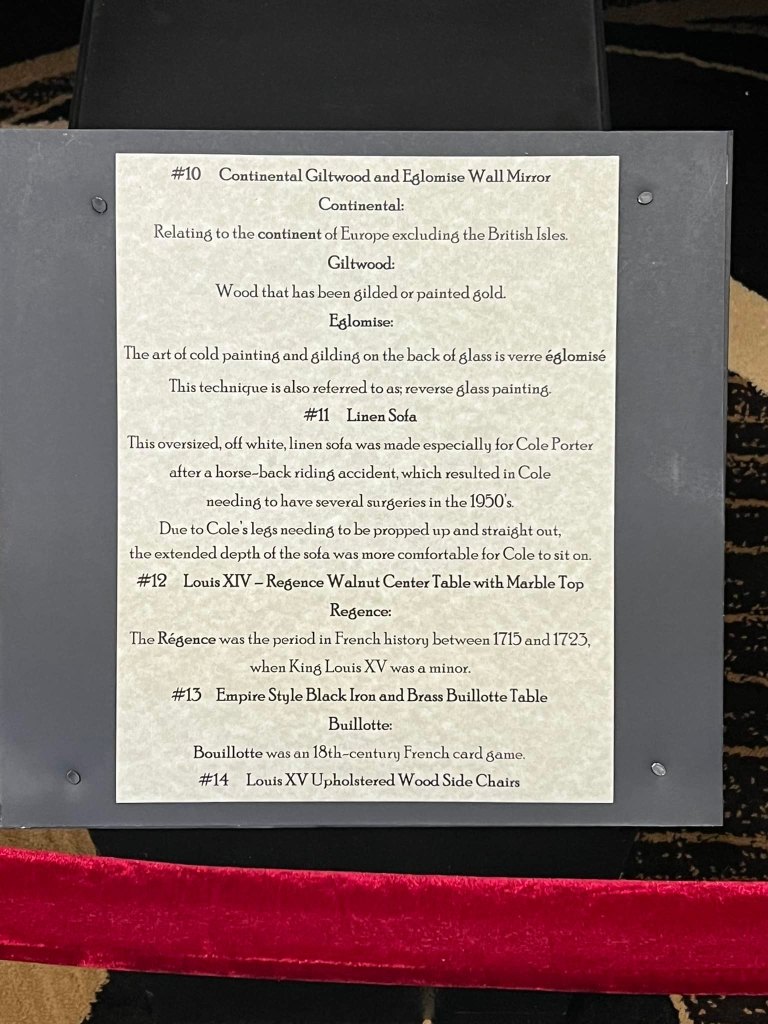
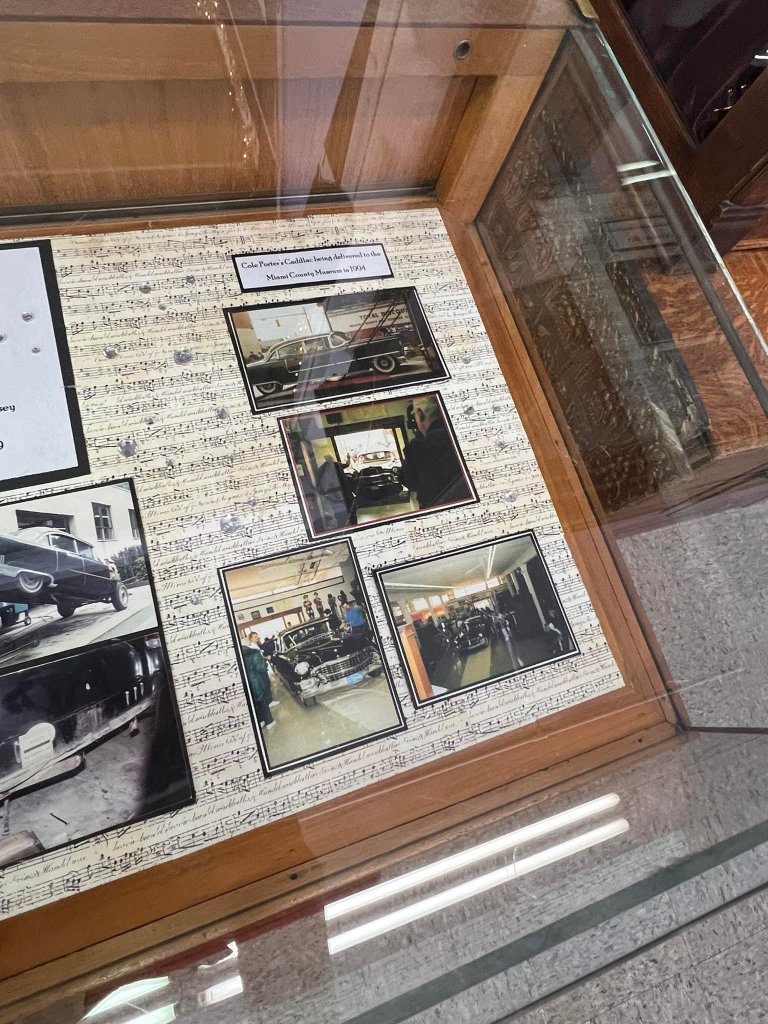

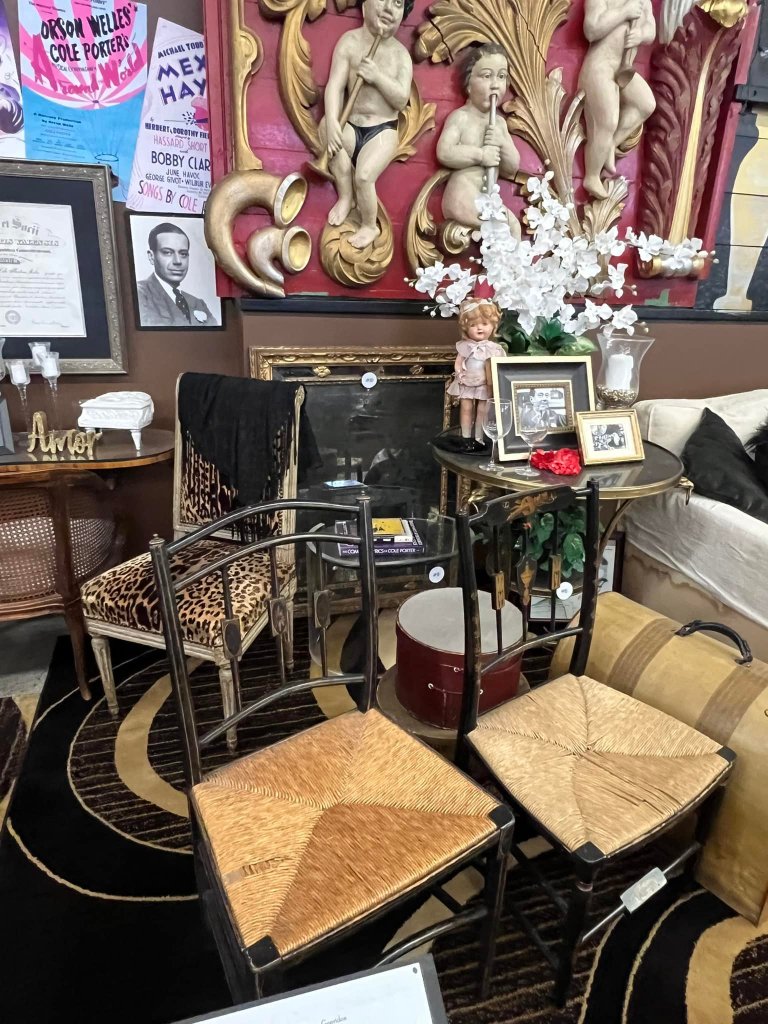

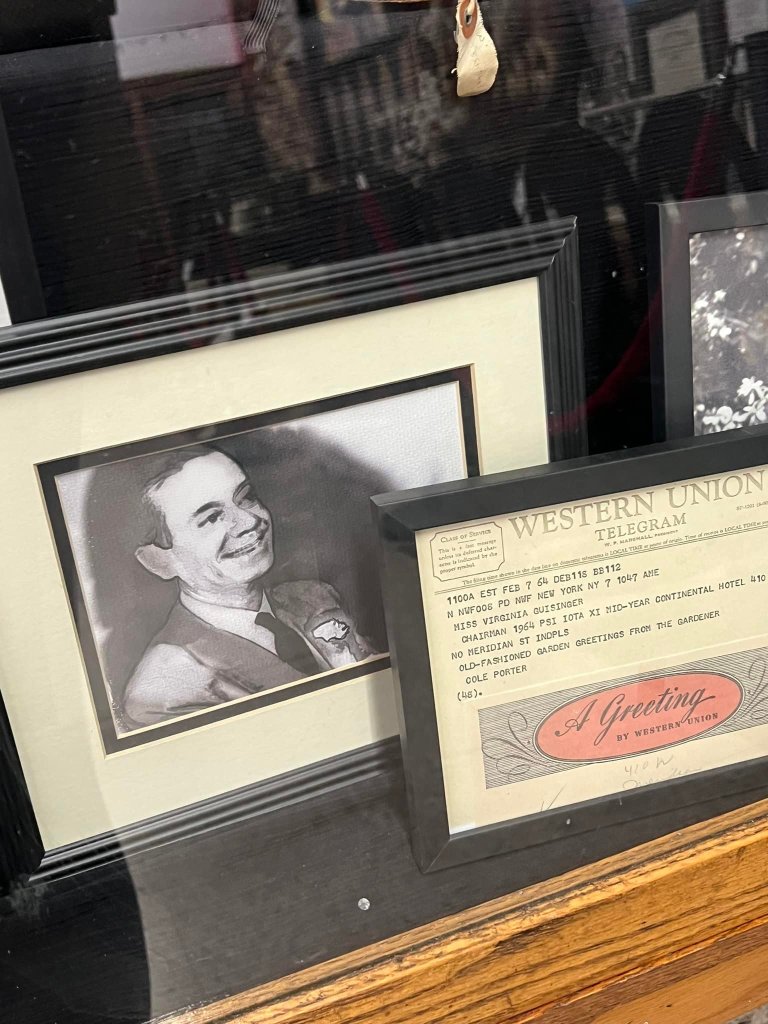
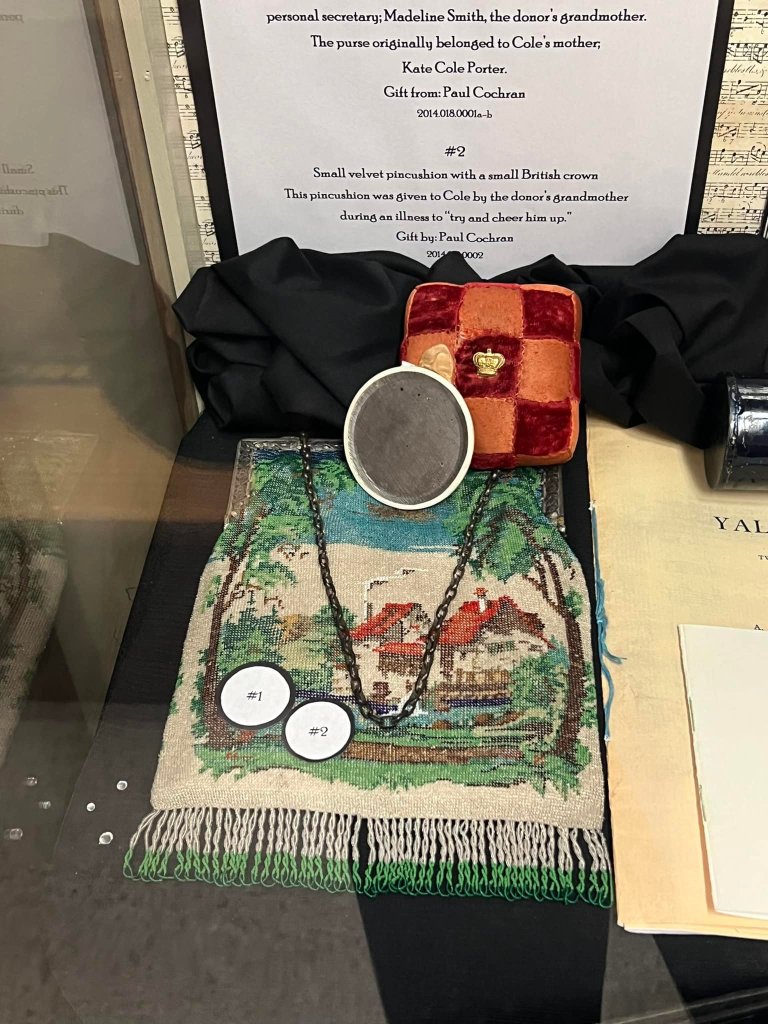
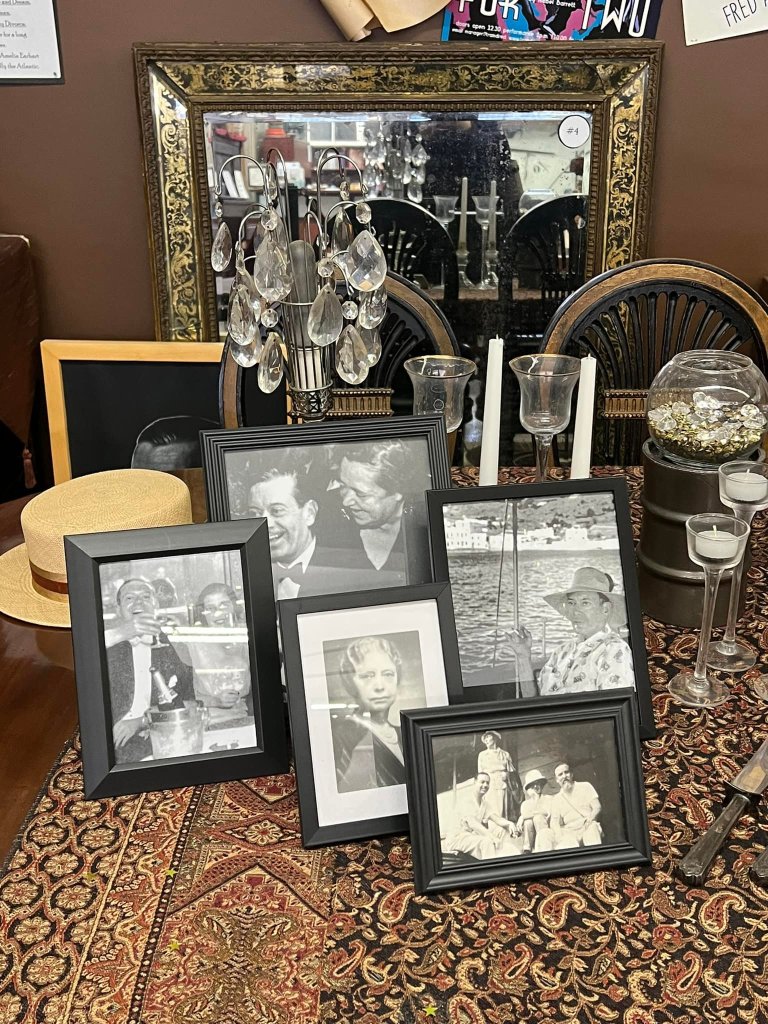


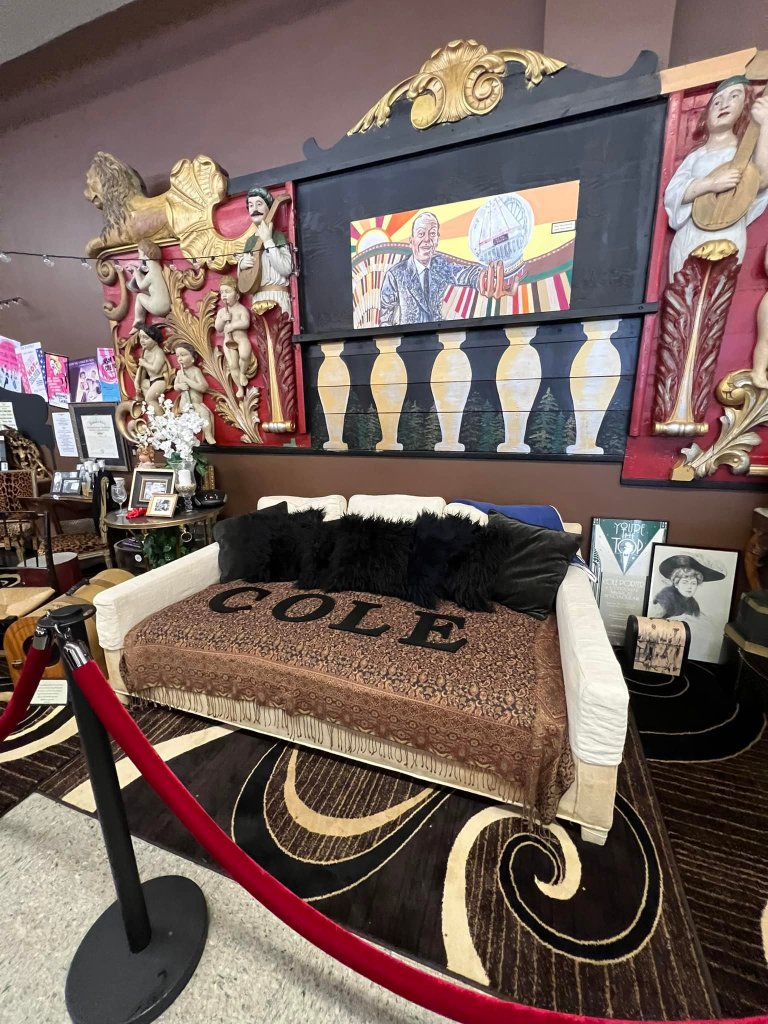
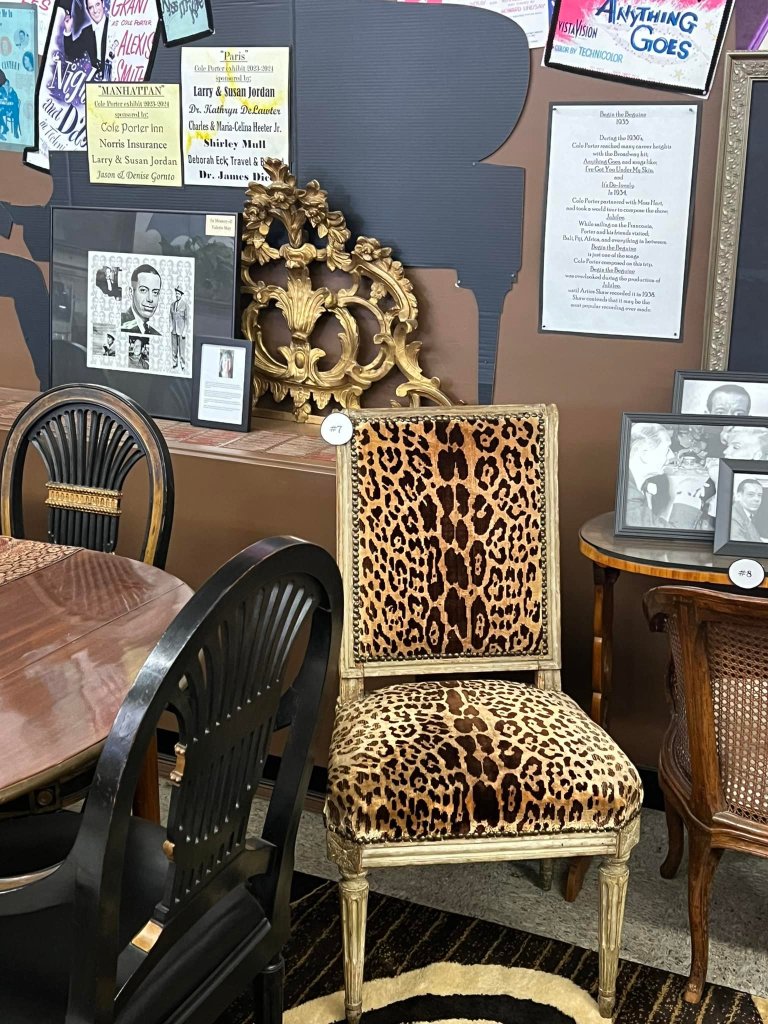



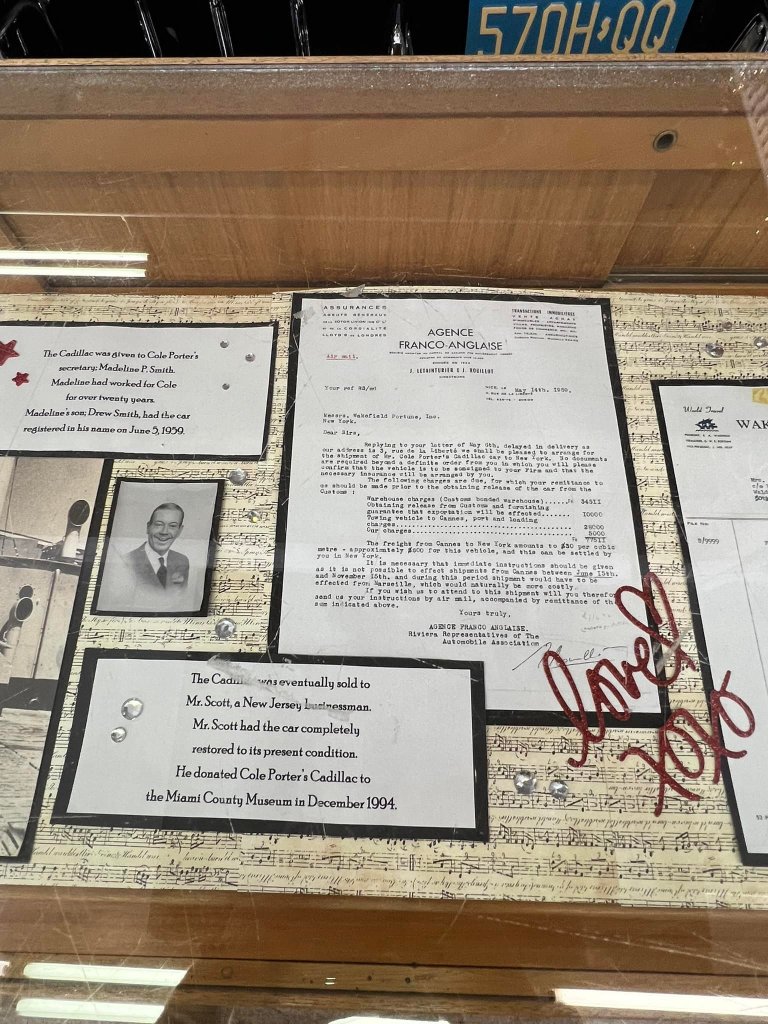
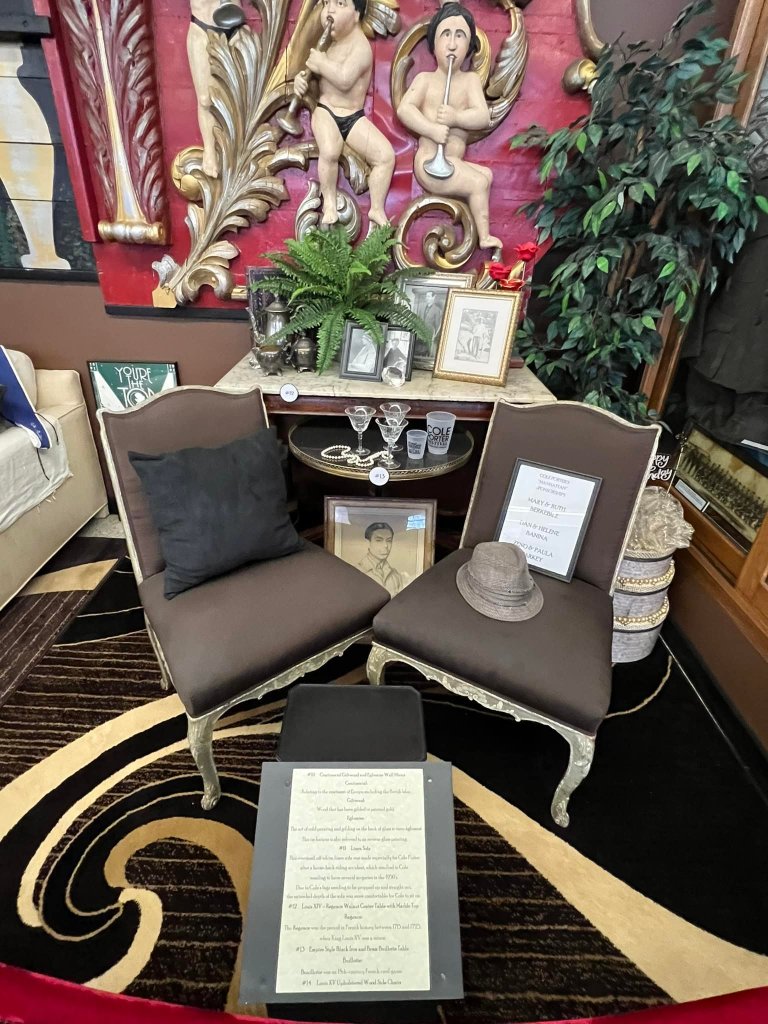
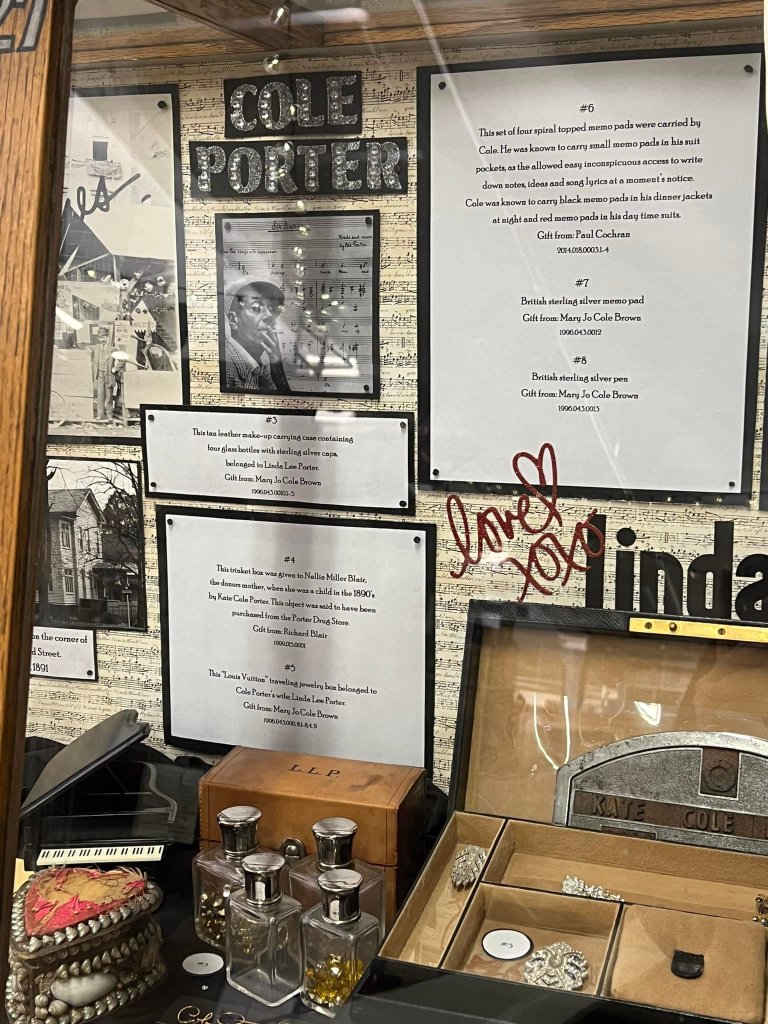

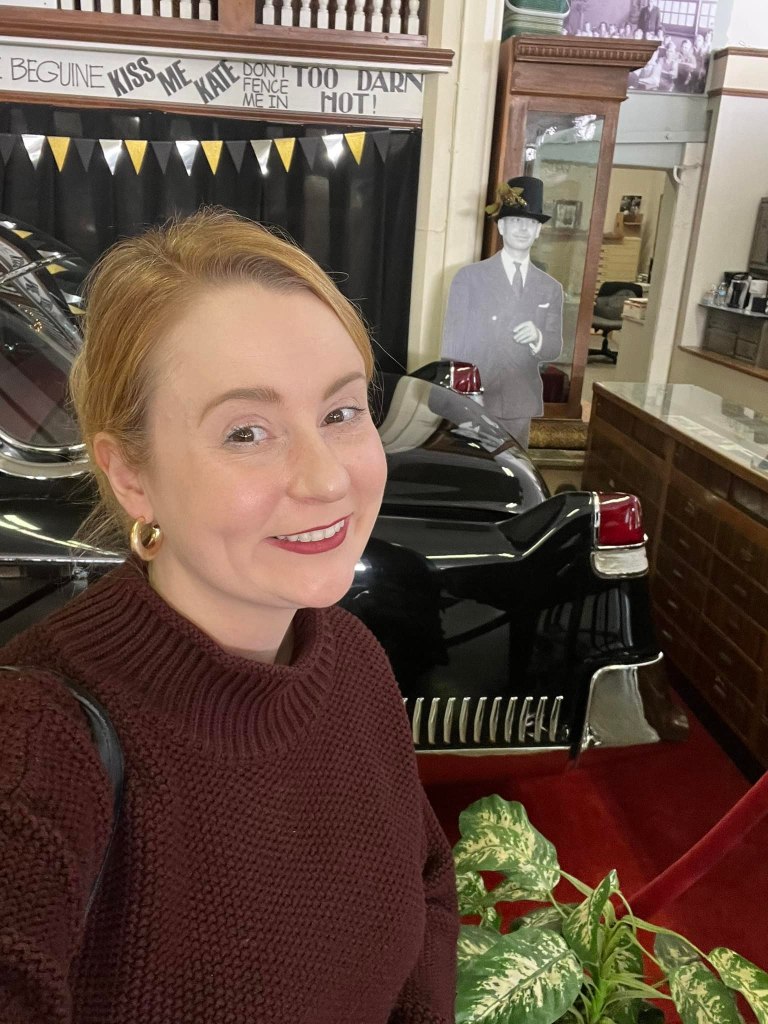
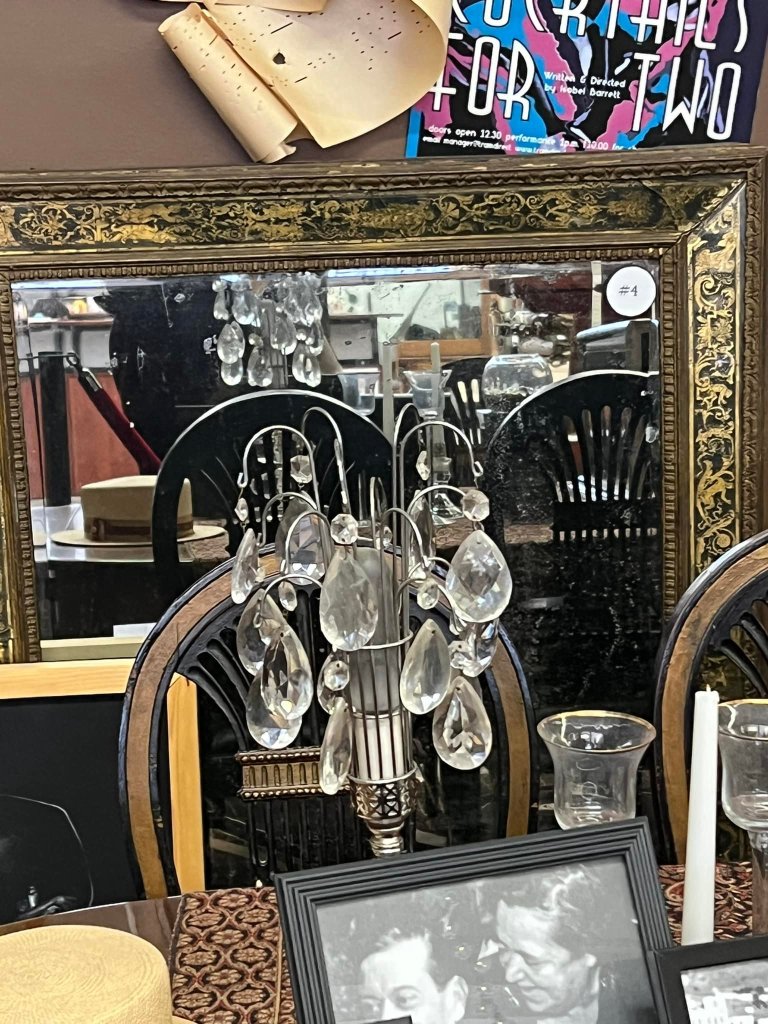

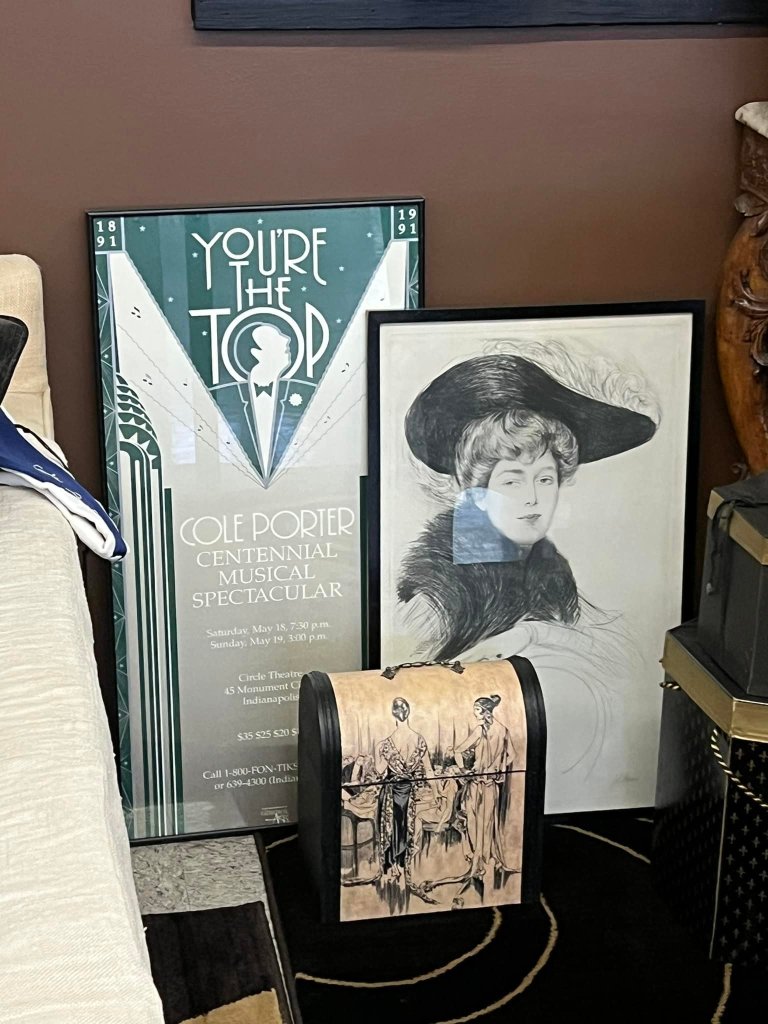
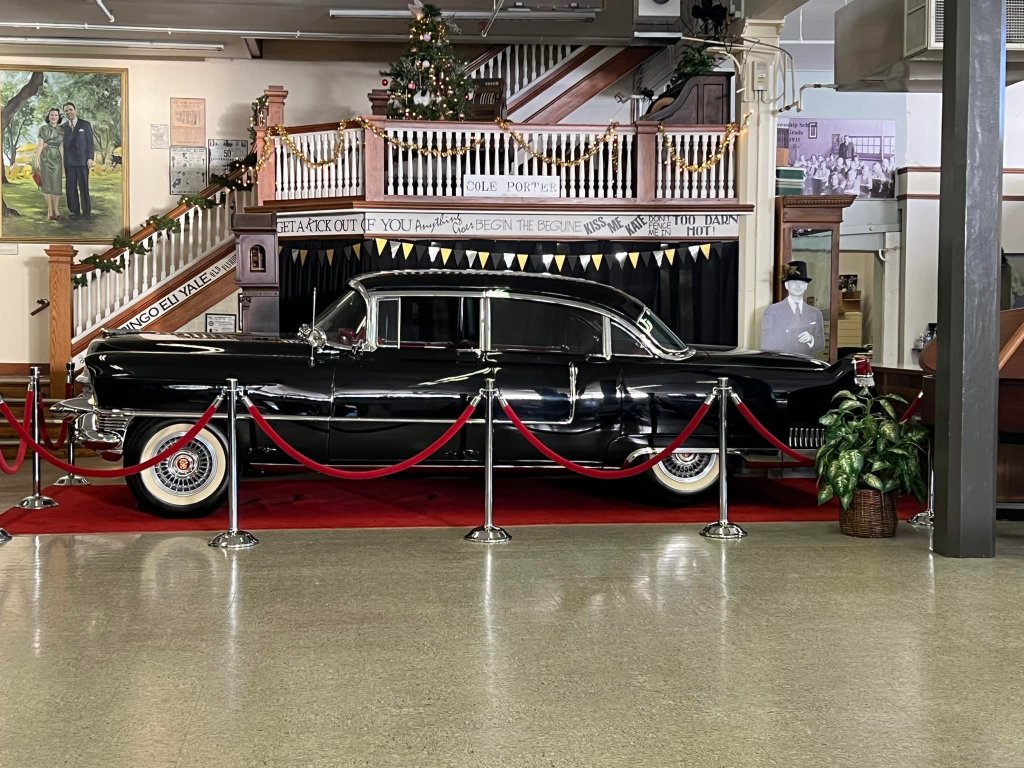

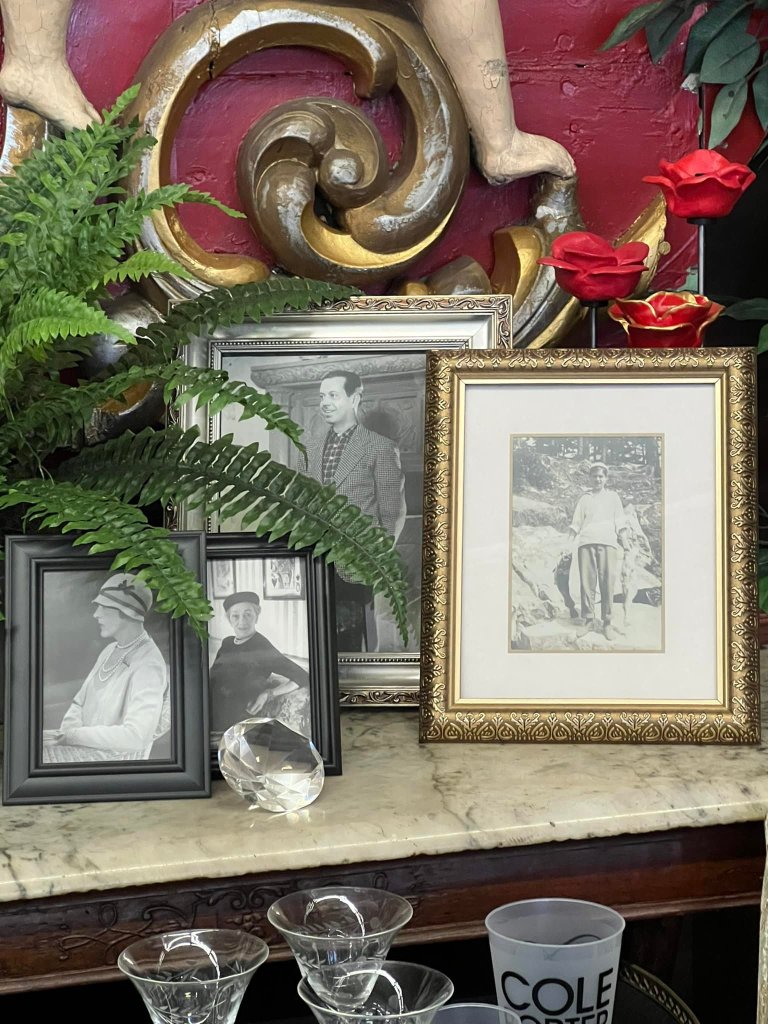

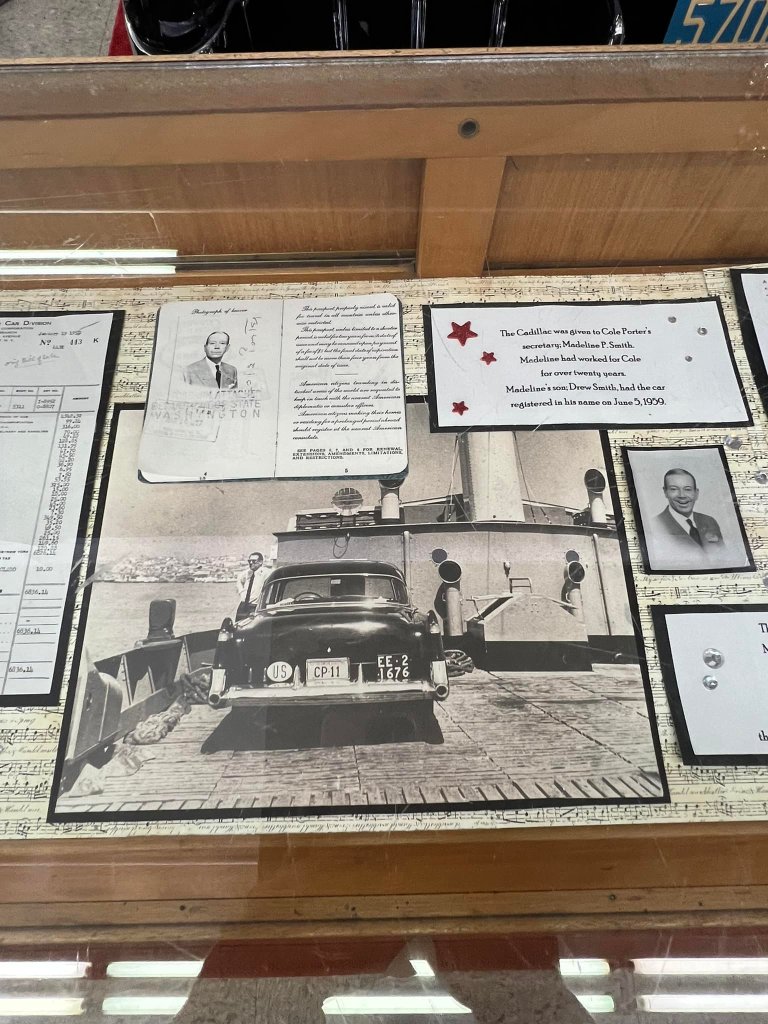
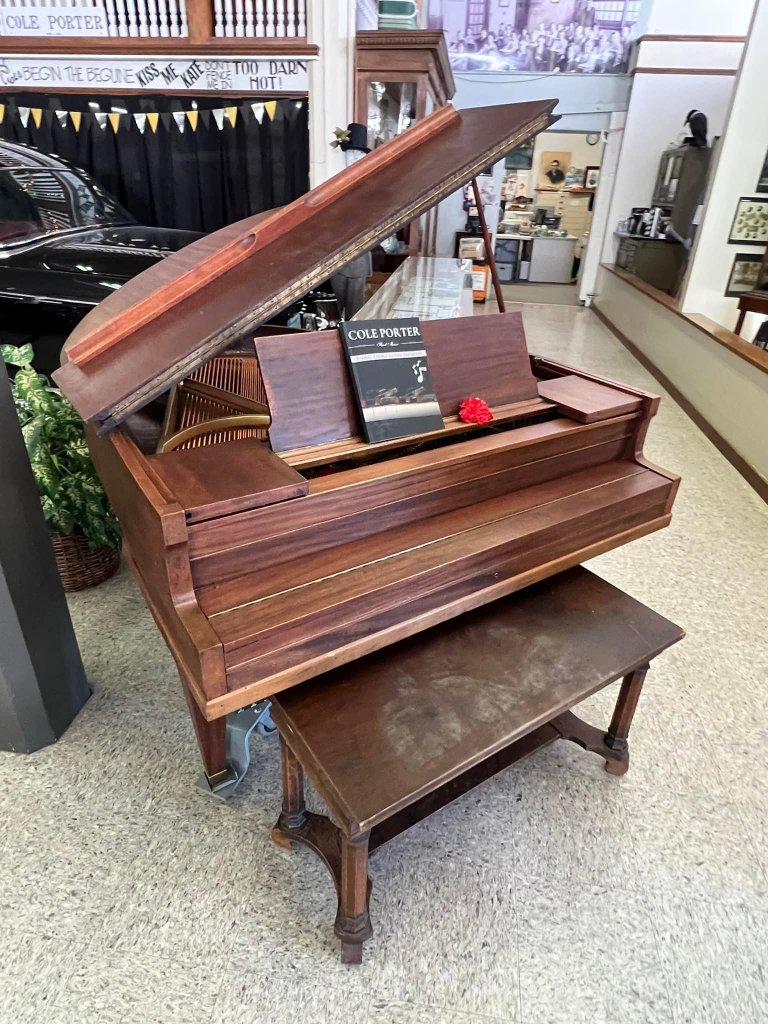
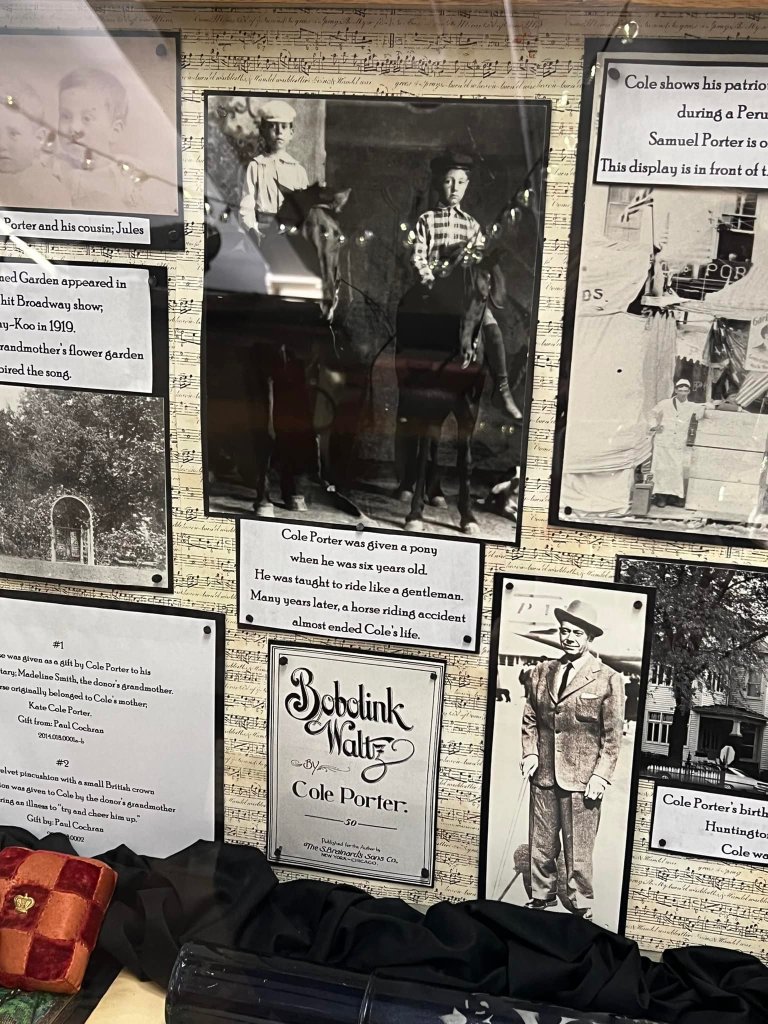




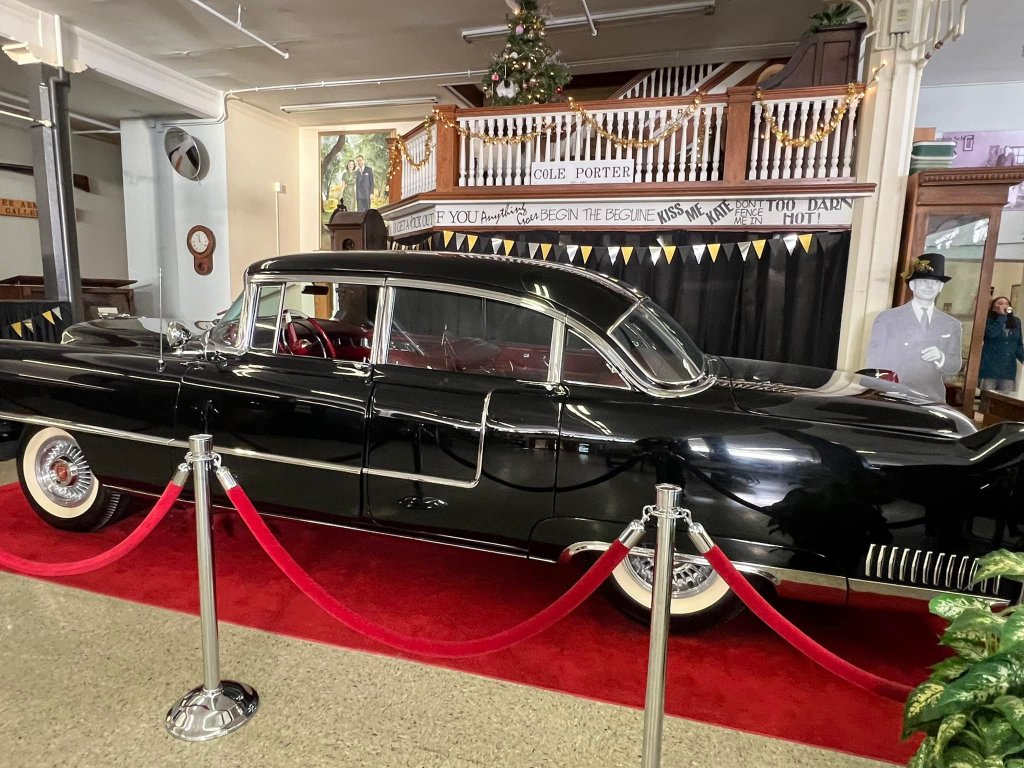

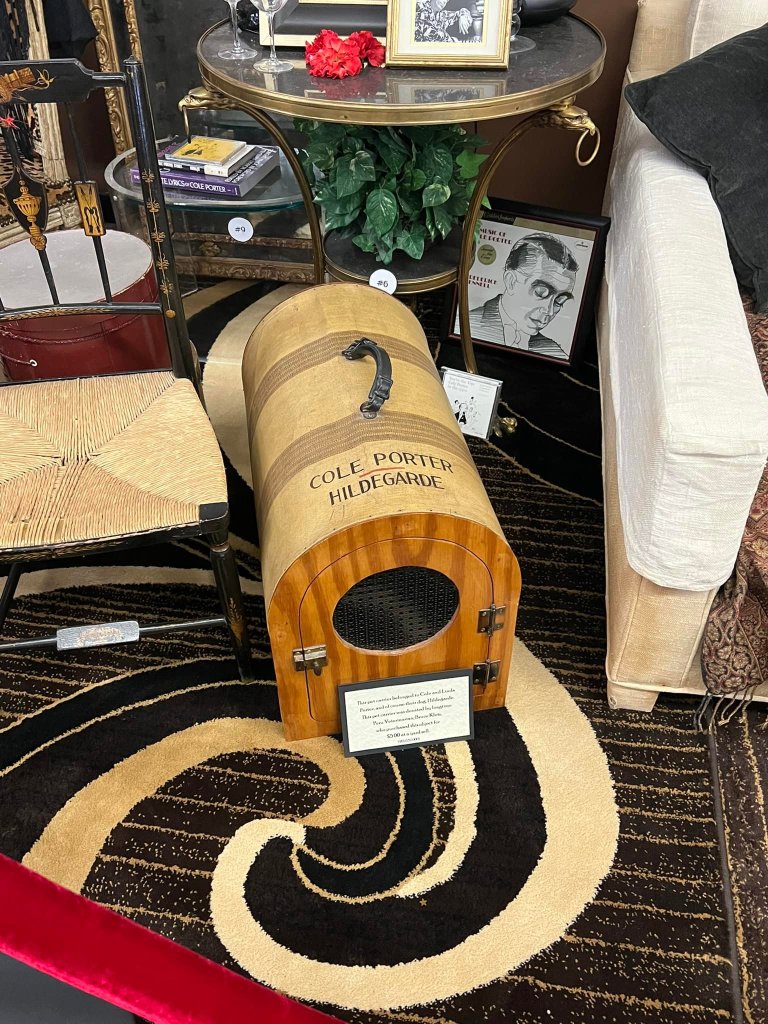
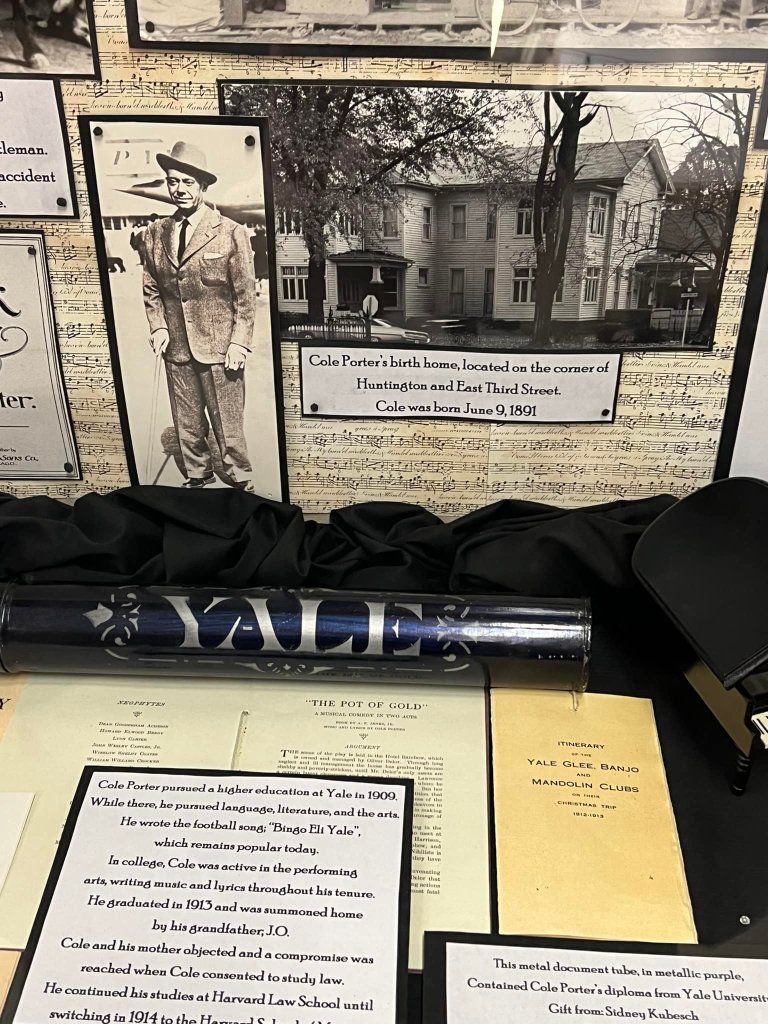
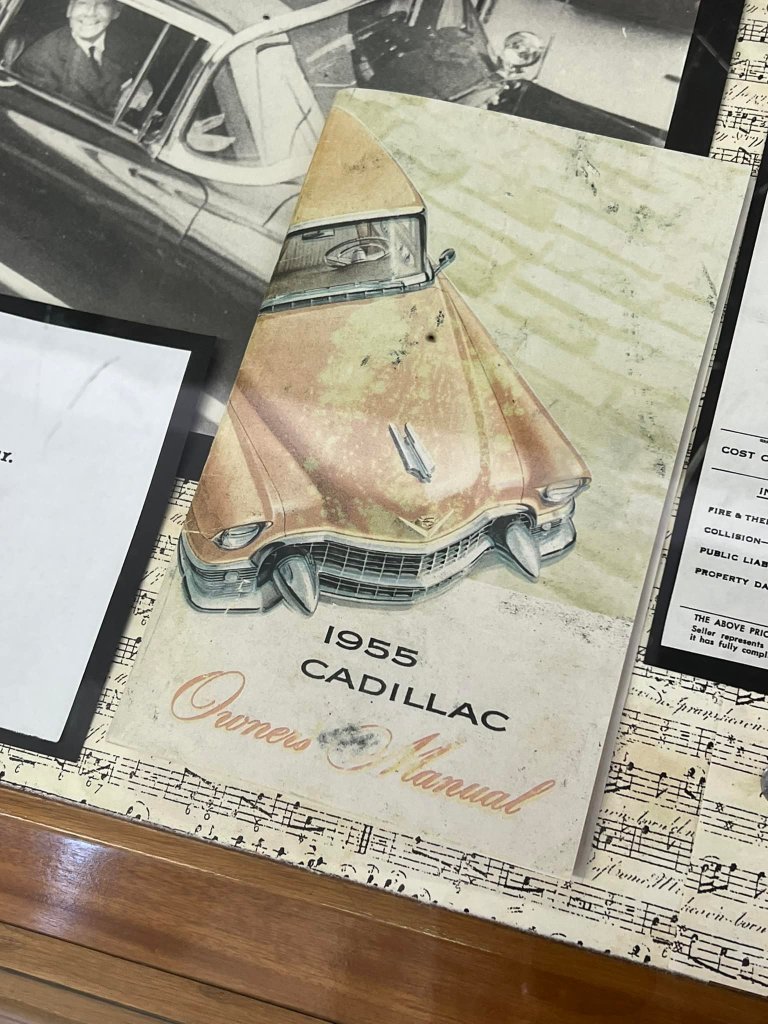
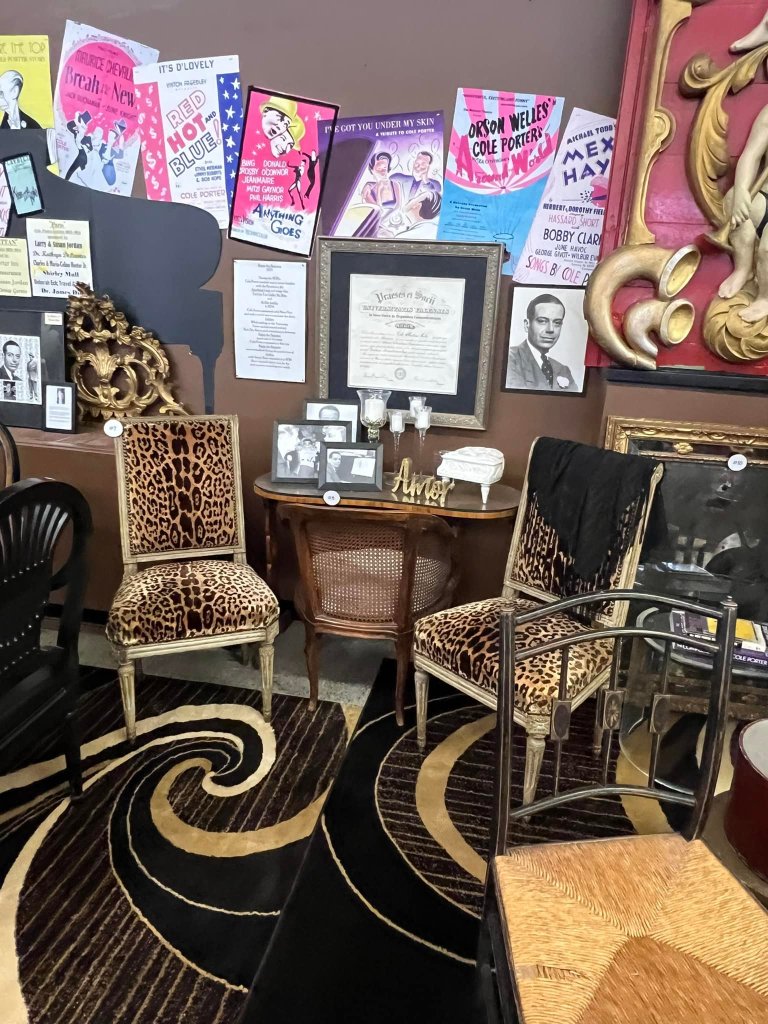
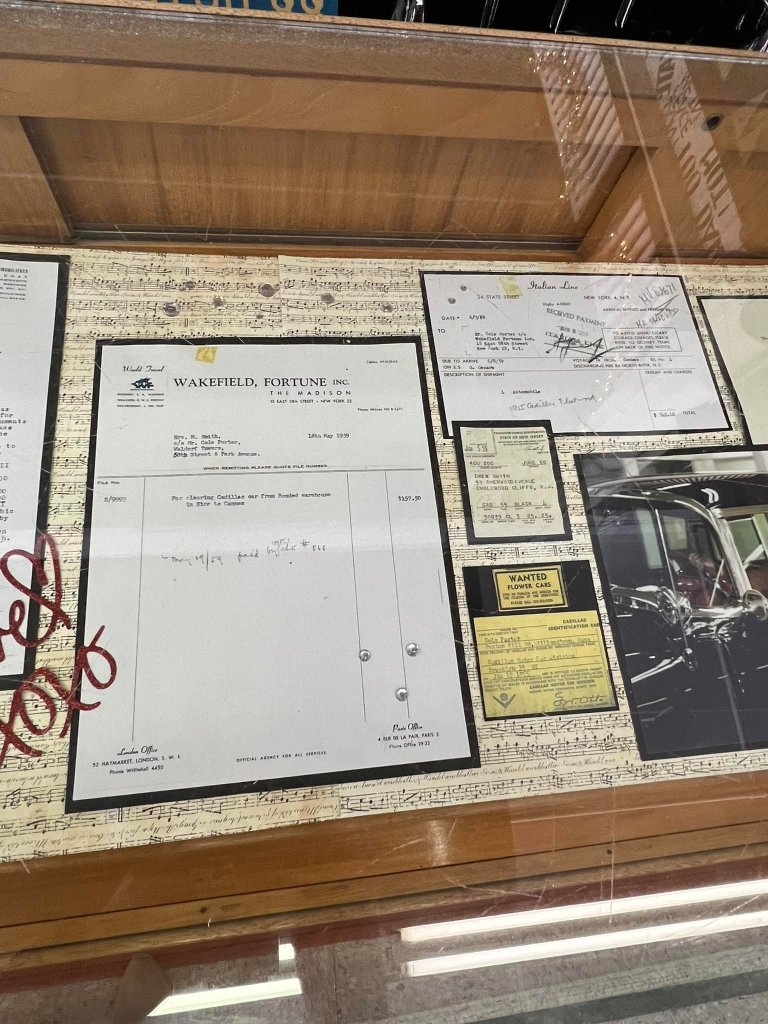
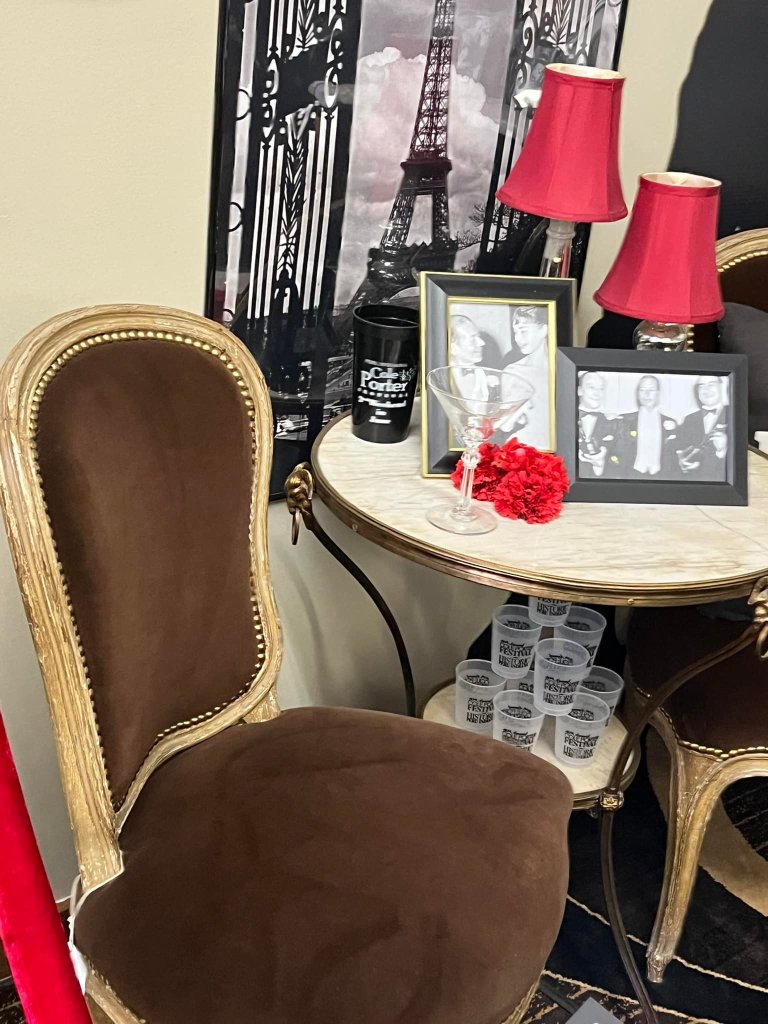
I also revisited the Cole Porter Inn. It is under new ownership and is boasting a new color.


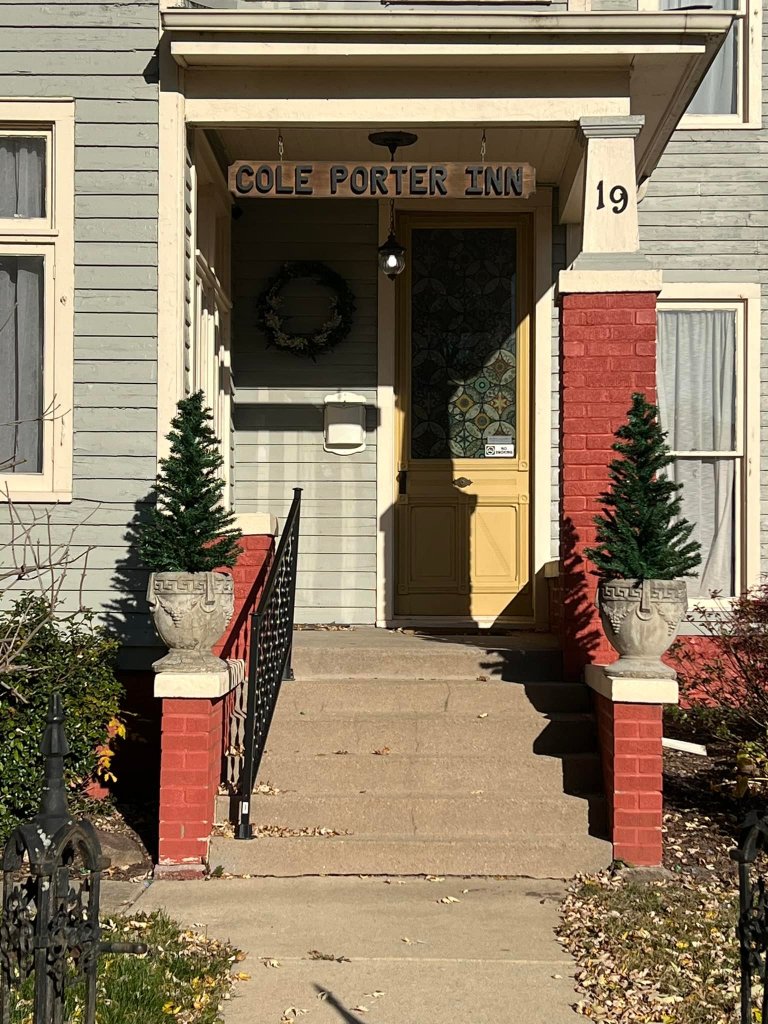

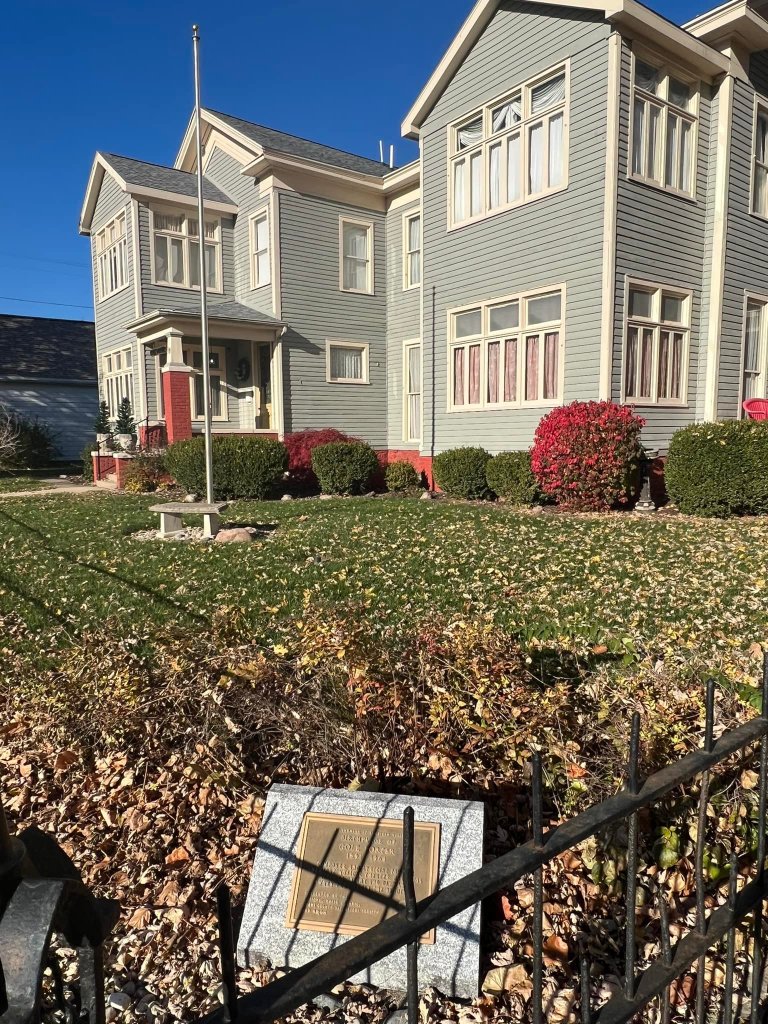


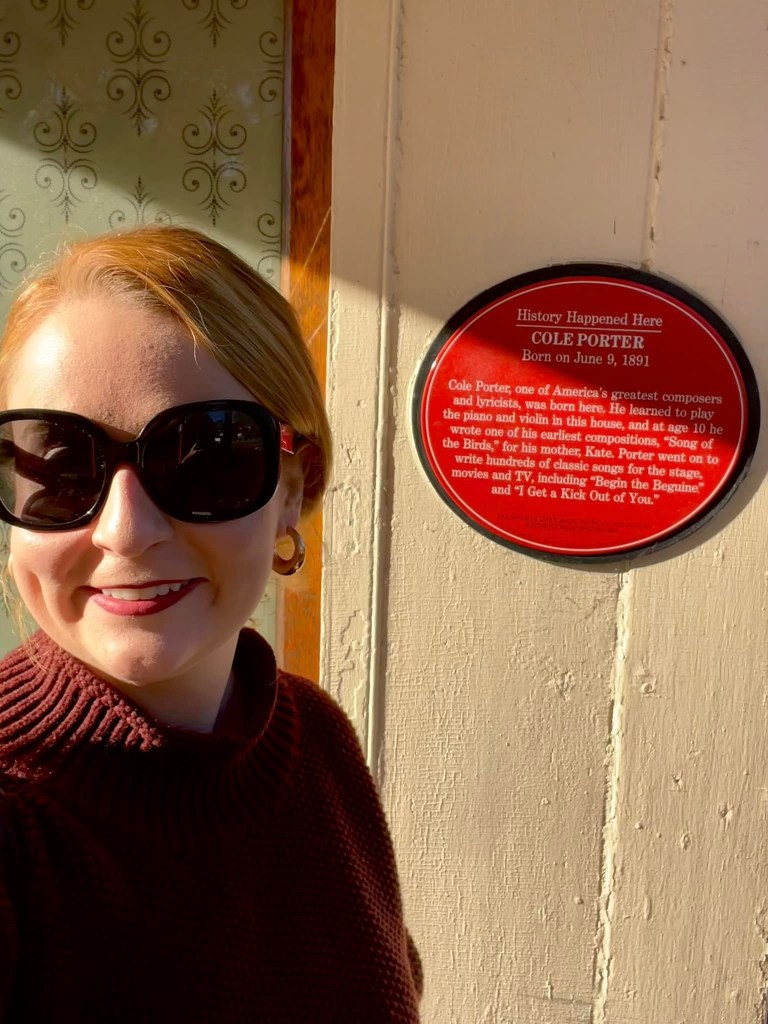
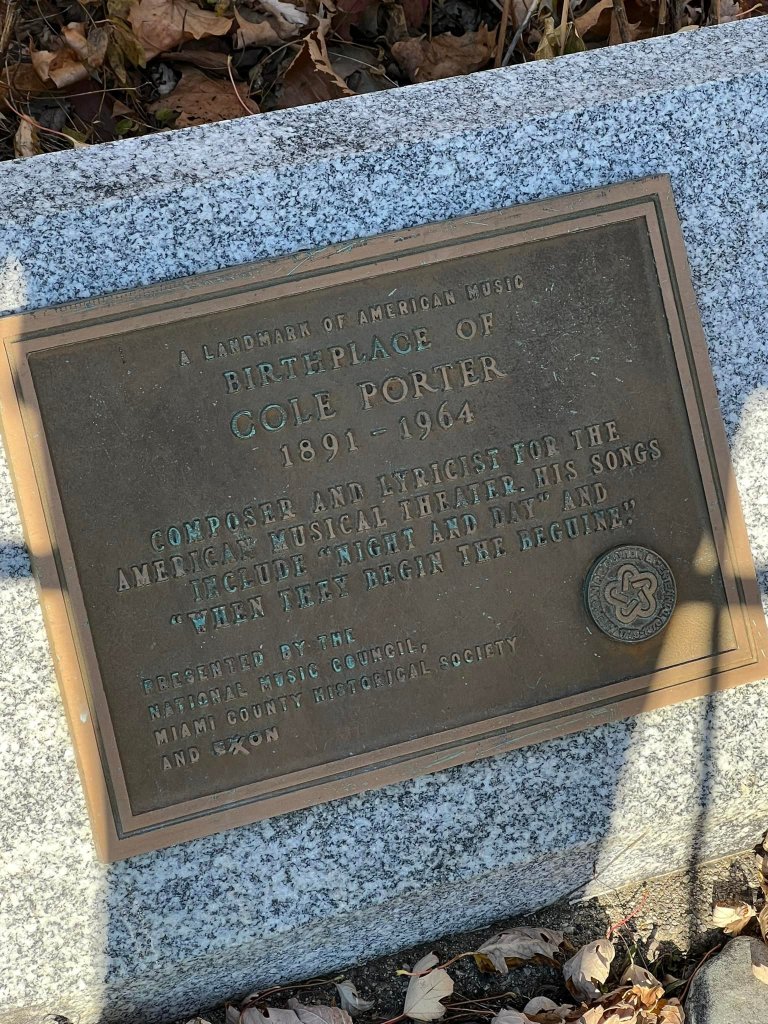


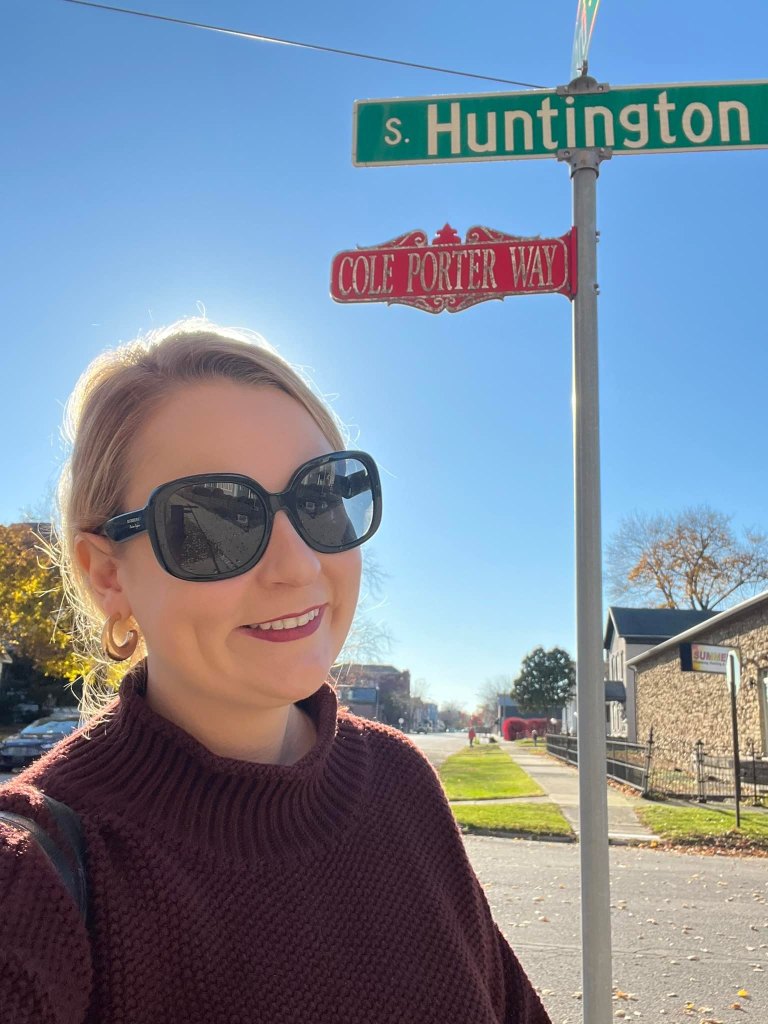
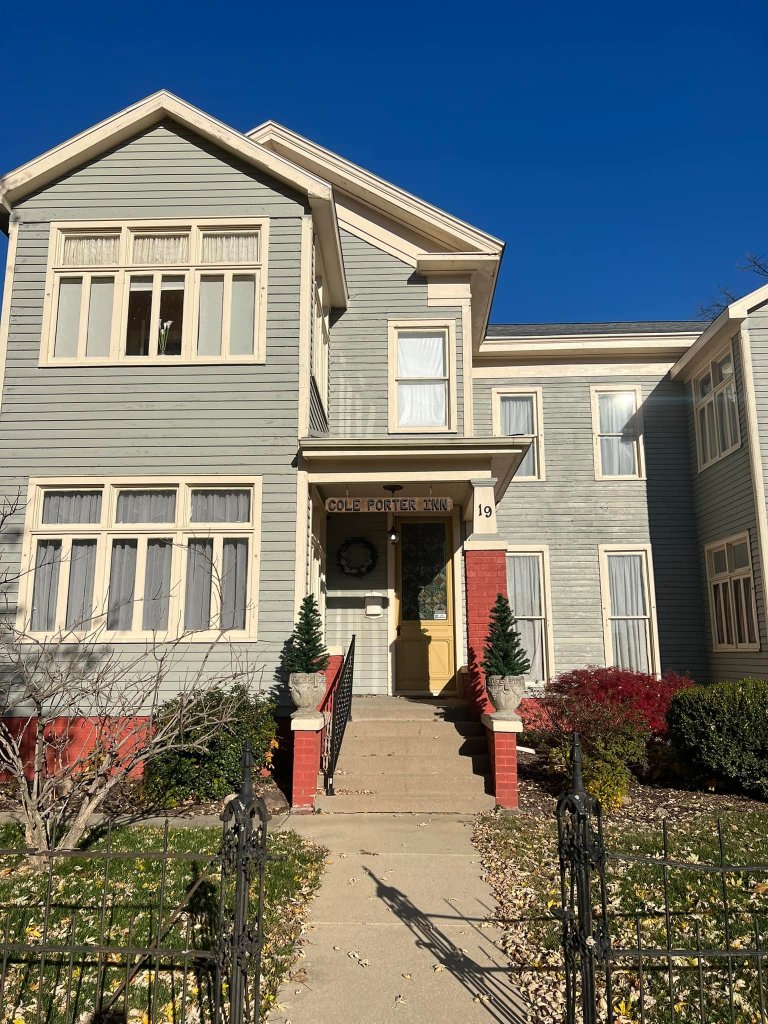

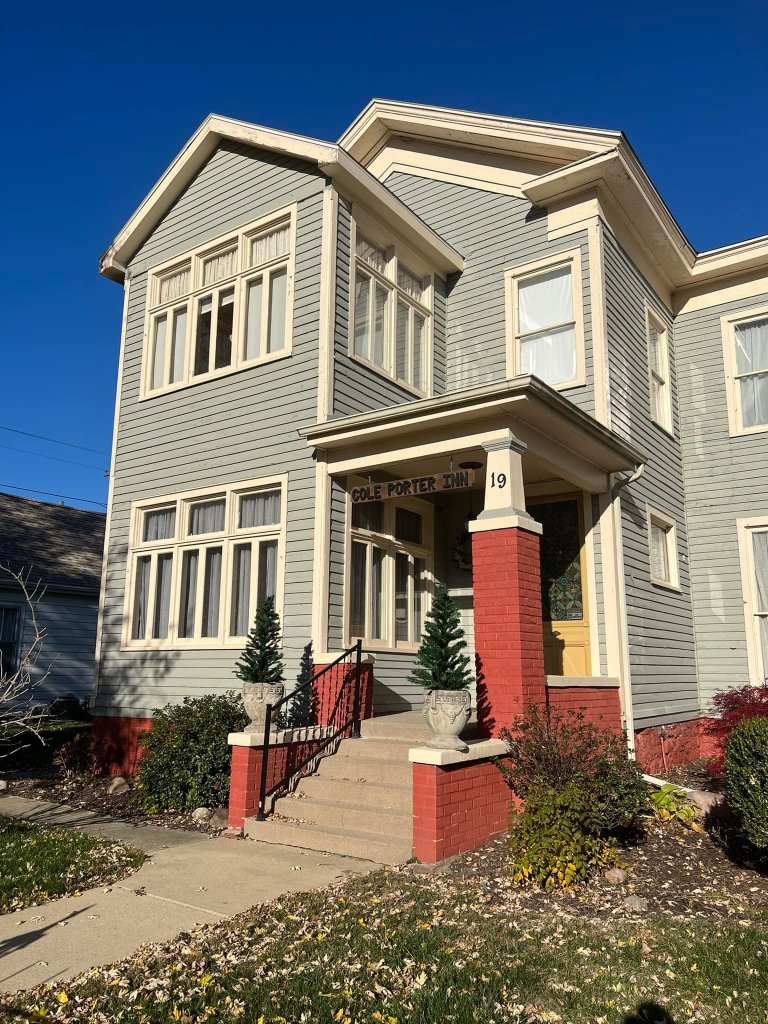
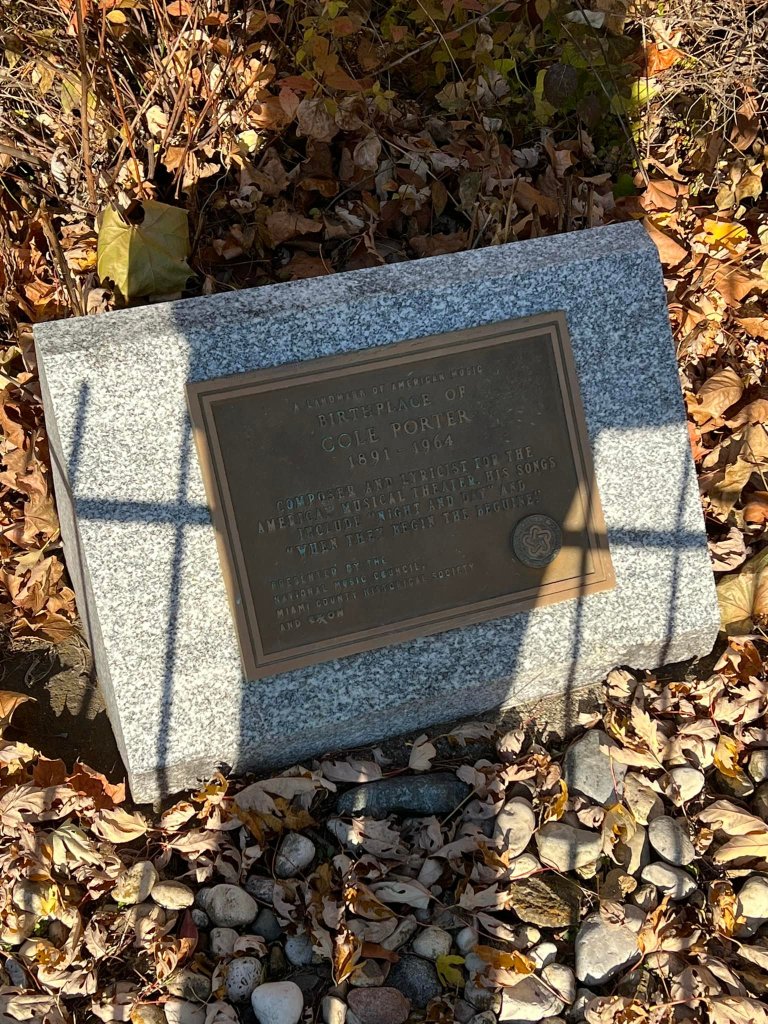
I also paid my respects to Porter et al. at Mt. Hope Cemetery. Judging by the flowers and signage, he still receives visitors.
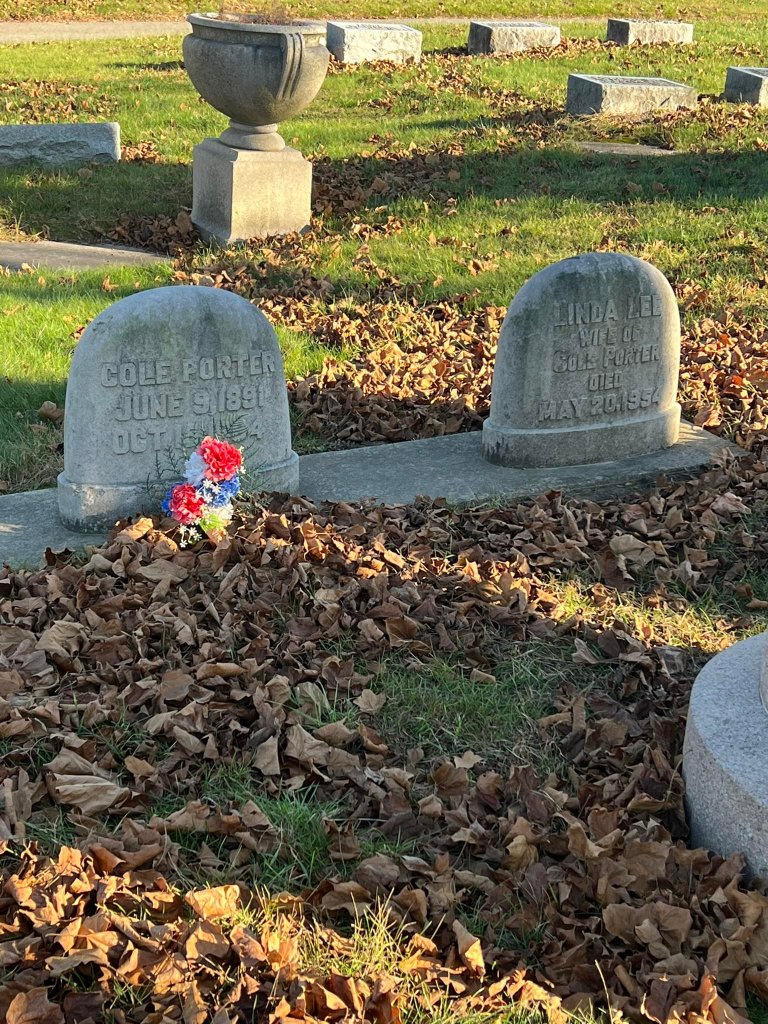



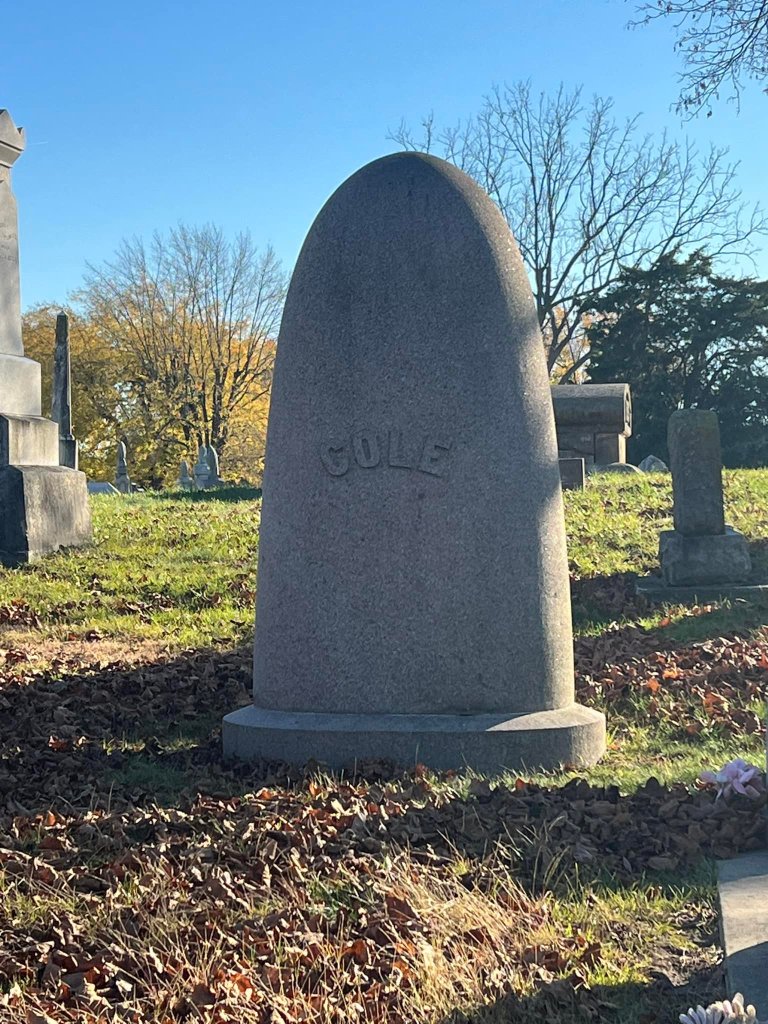



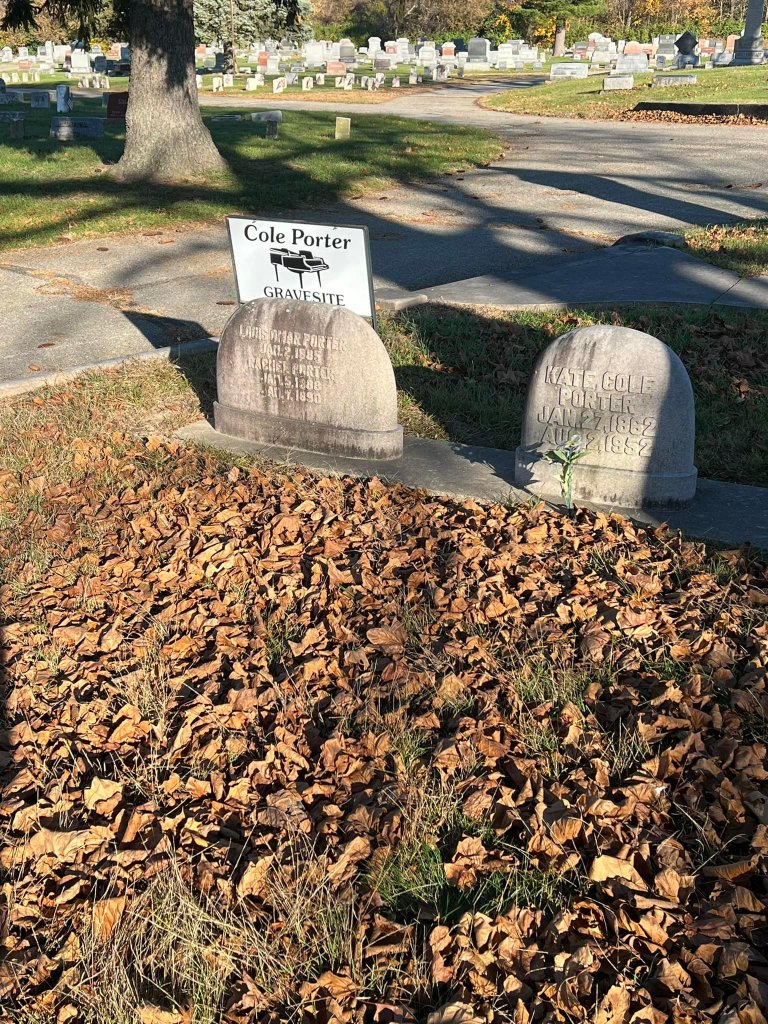

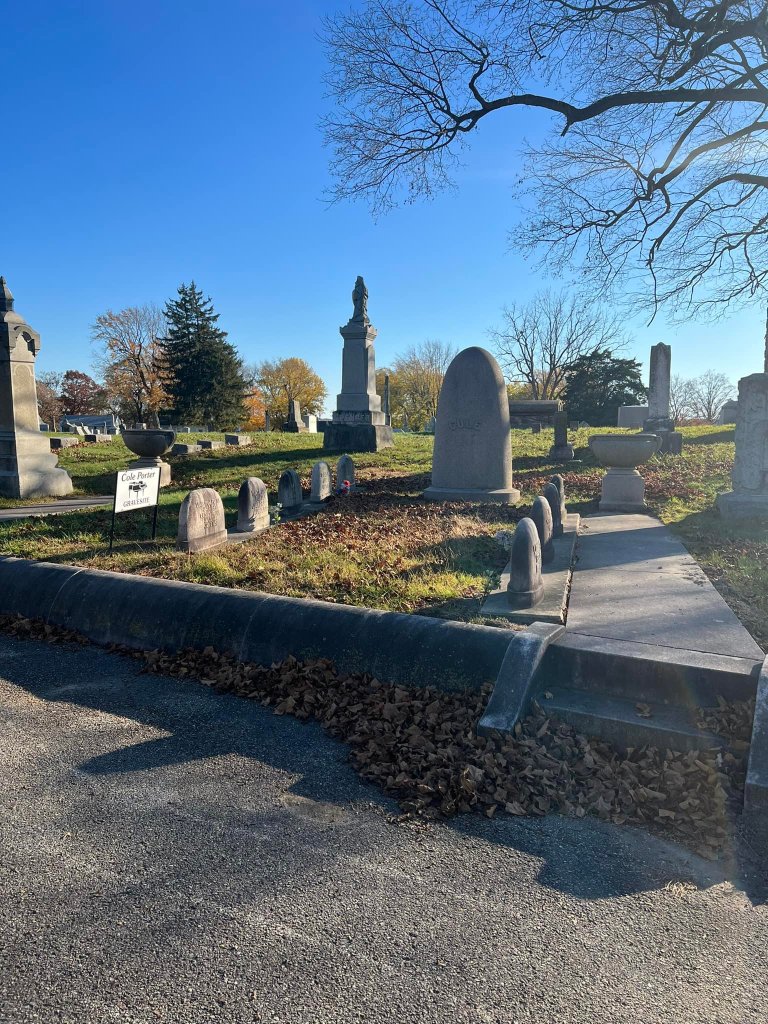

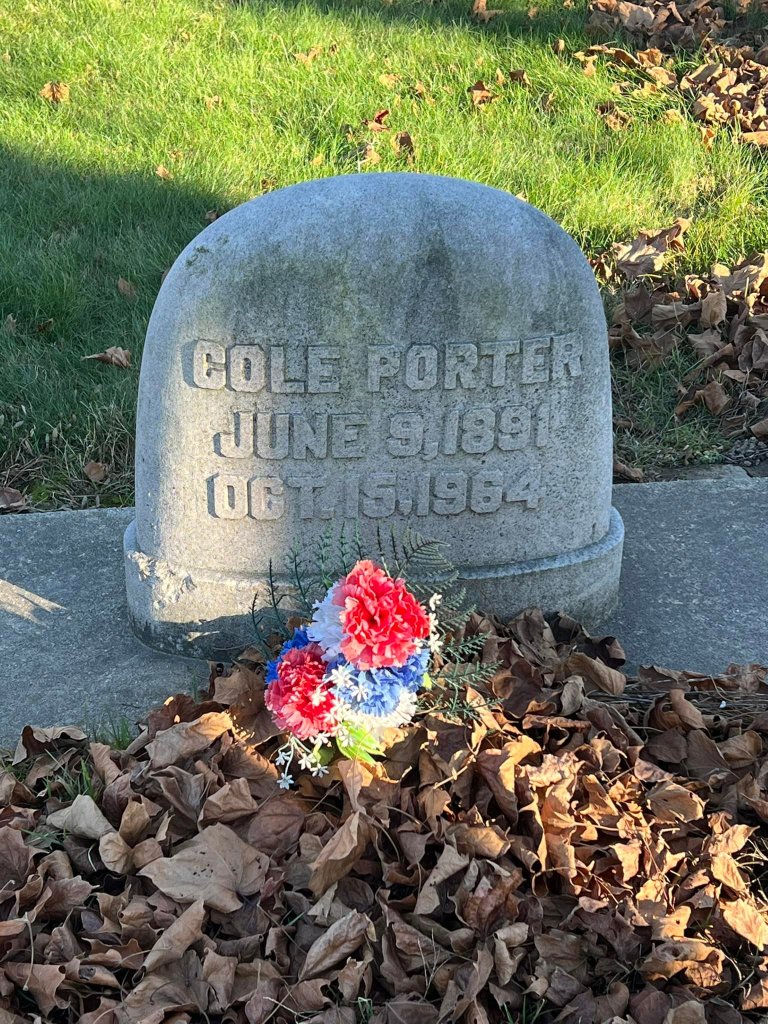
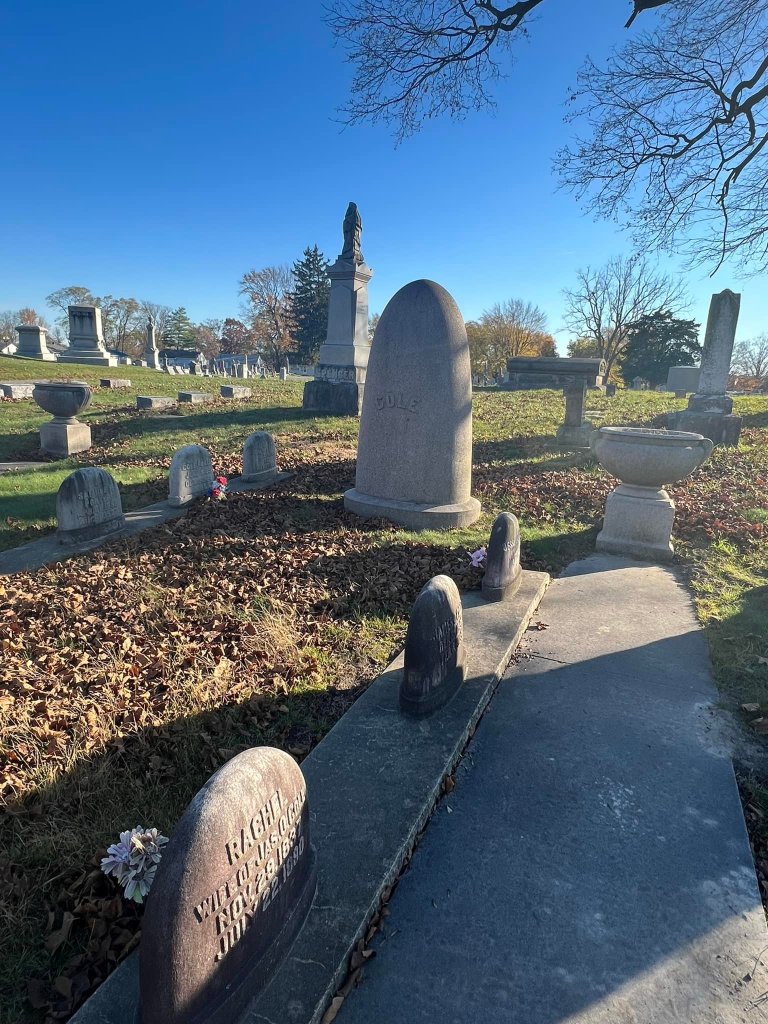
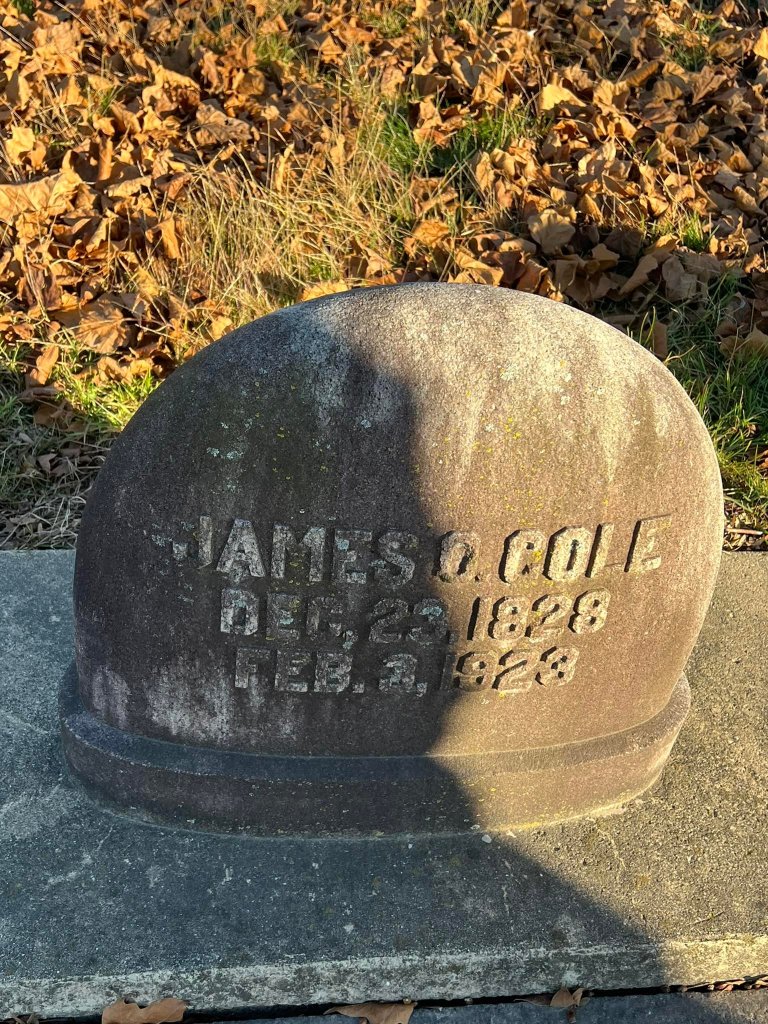
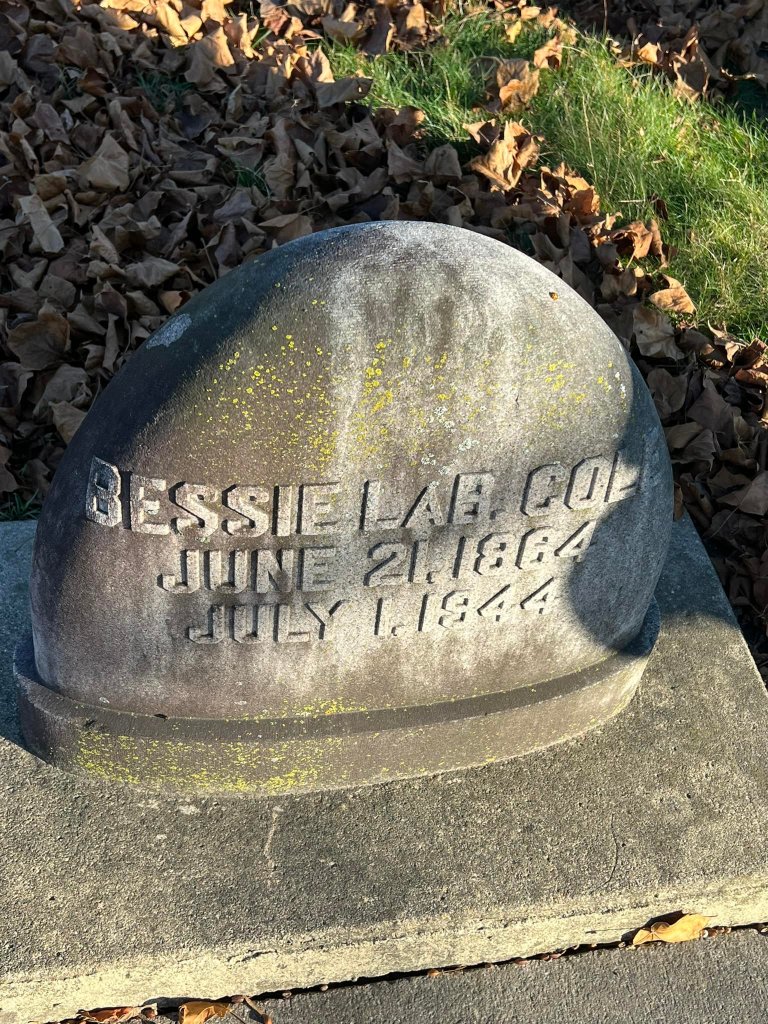


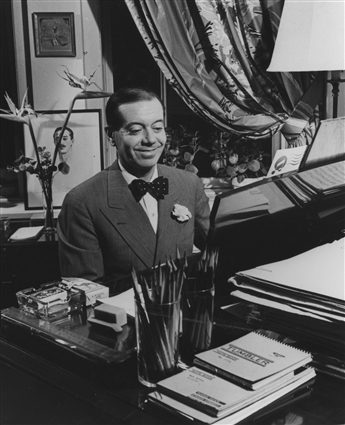
















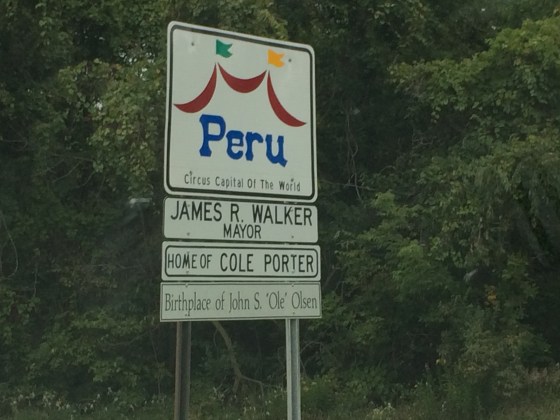






























































































































































What thorough, wonderful article on Cole Porter.. This is the best article I have ever read on him. Since Cole was born 19 miles from my hometown, when the renovation on his birthplace began, I was there to help. In fact, being a professional painter, I painted all three suites in his birthplace.. I sure do love and appreciate Cole Porter’s music.
Pingback: Classic Movie Travels: Betty Garrett – Missouri, Washington State and New York | Classic Movie Hub Blog
Pingback: The Fabulous Films of the 30s: Born to Dance (1936) | Hometowns to Hollywood
Pingback: Betty Garrett | Hometowns to Hollywood
Pingback: Singin’ in the Rain (1952) | Hometowns to Hollywood
What an exquisite way you have with words. Wonderful article on one of my most favorite composers. Thank you this exhilerating romp through the life and legacy of Cole Porter.
In the Still of the Night = Bliss
Pingback: Du Barry Was a Lady (1943) | Hometowns to Hollywood
Pingback: Lupe Vélez | Hometowns to Hollywood
how ironic I am currently in the middle of McBriens book Odd that the author of this article doesnt mention the for real movie De-Lovely. Kevin Kline nails the character and the music performed by many artists
Pingback: June Knight | Hometowns to Hollywood
Pingback: Richard Glazier: From Broadway to Hollywood | Hometowns to Hollywood